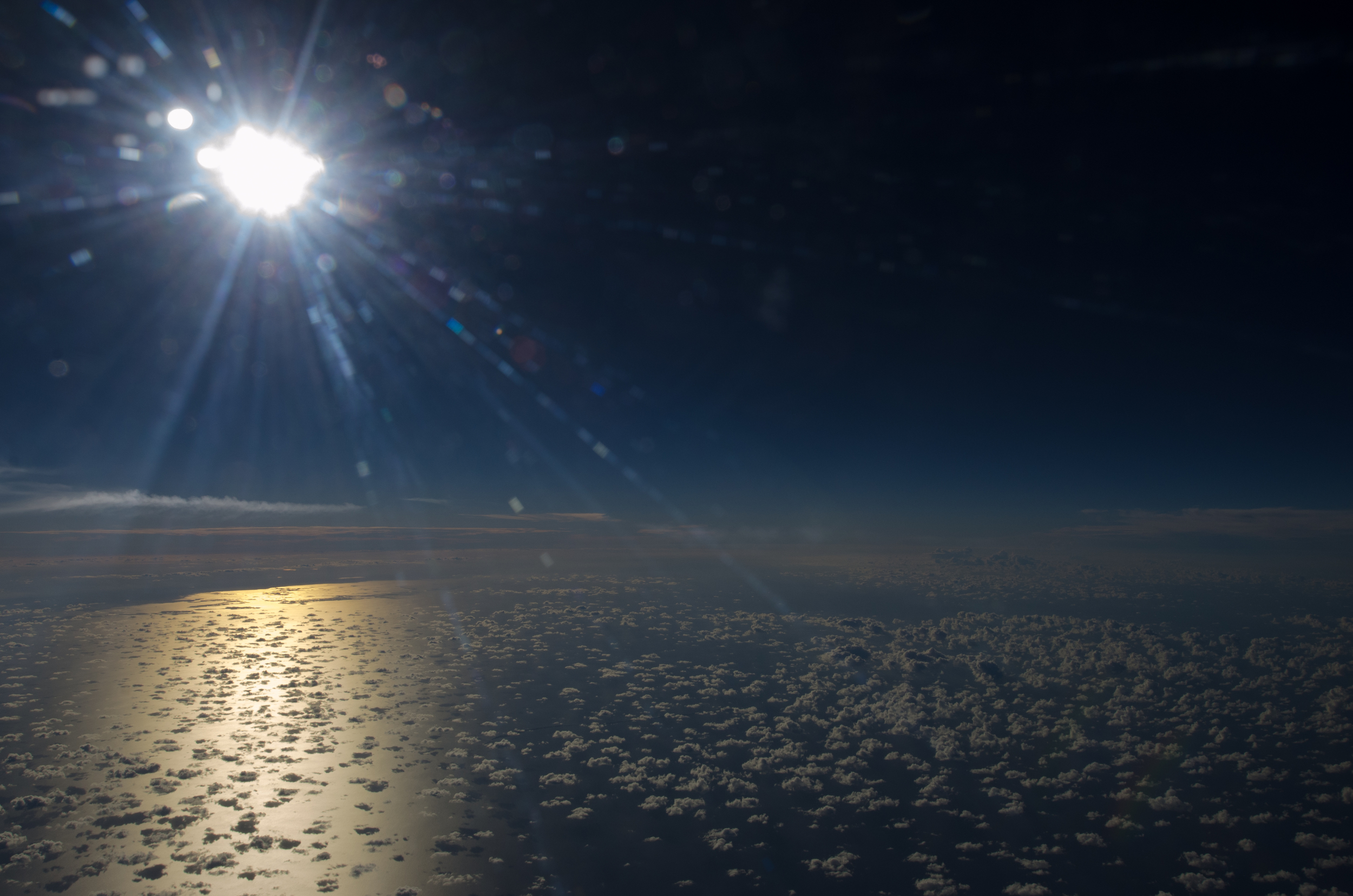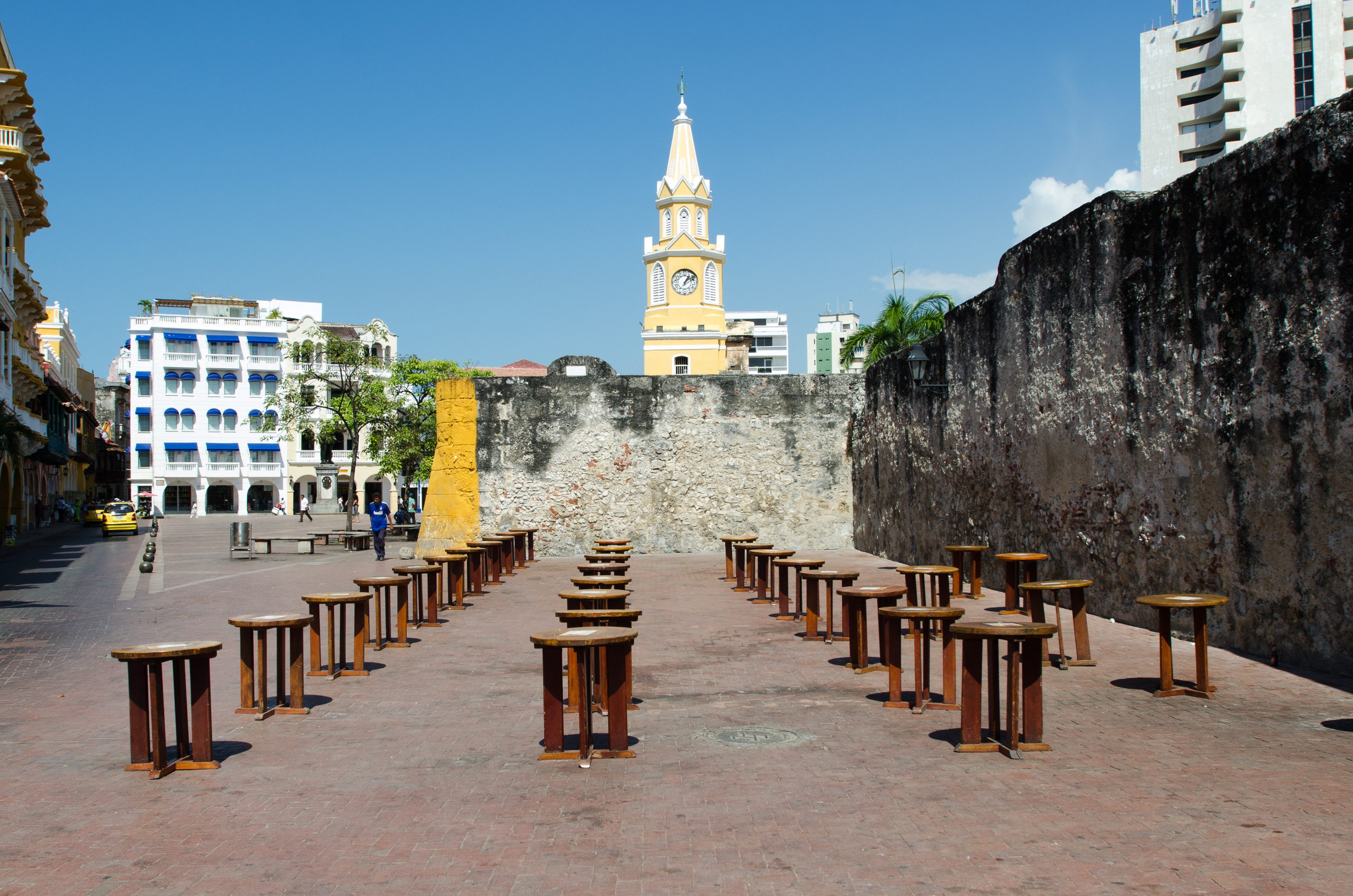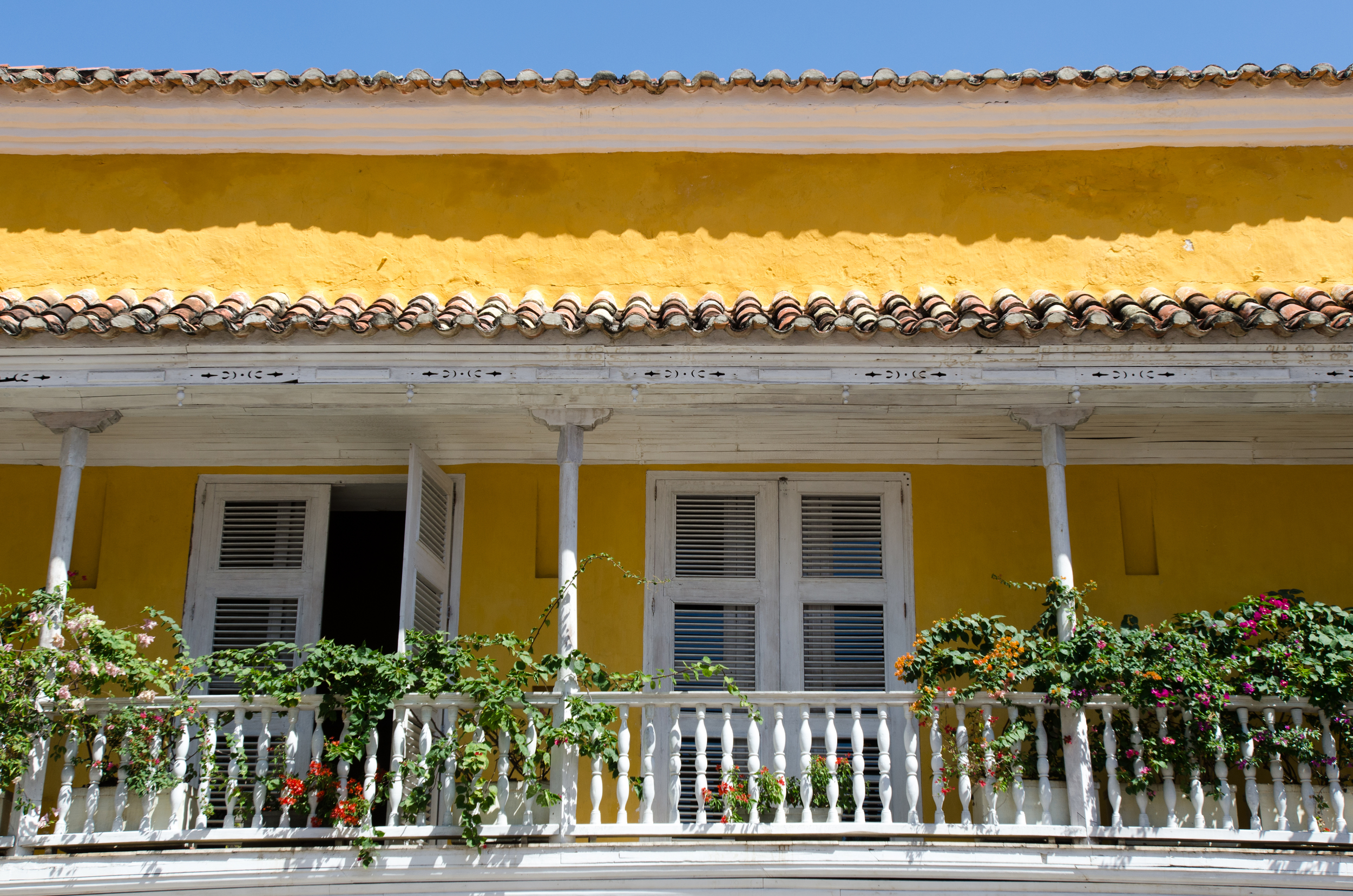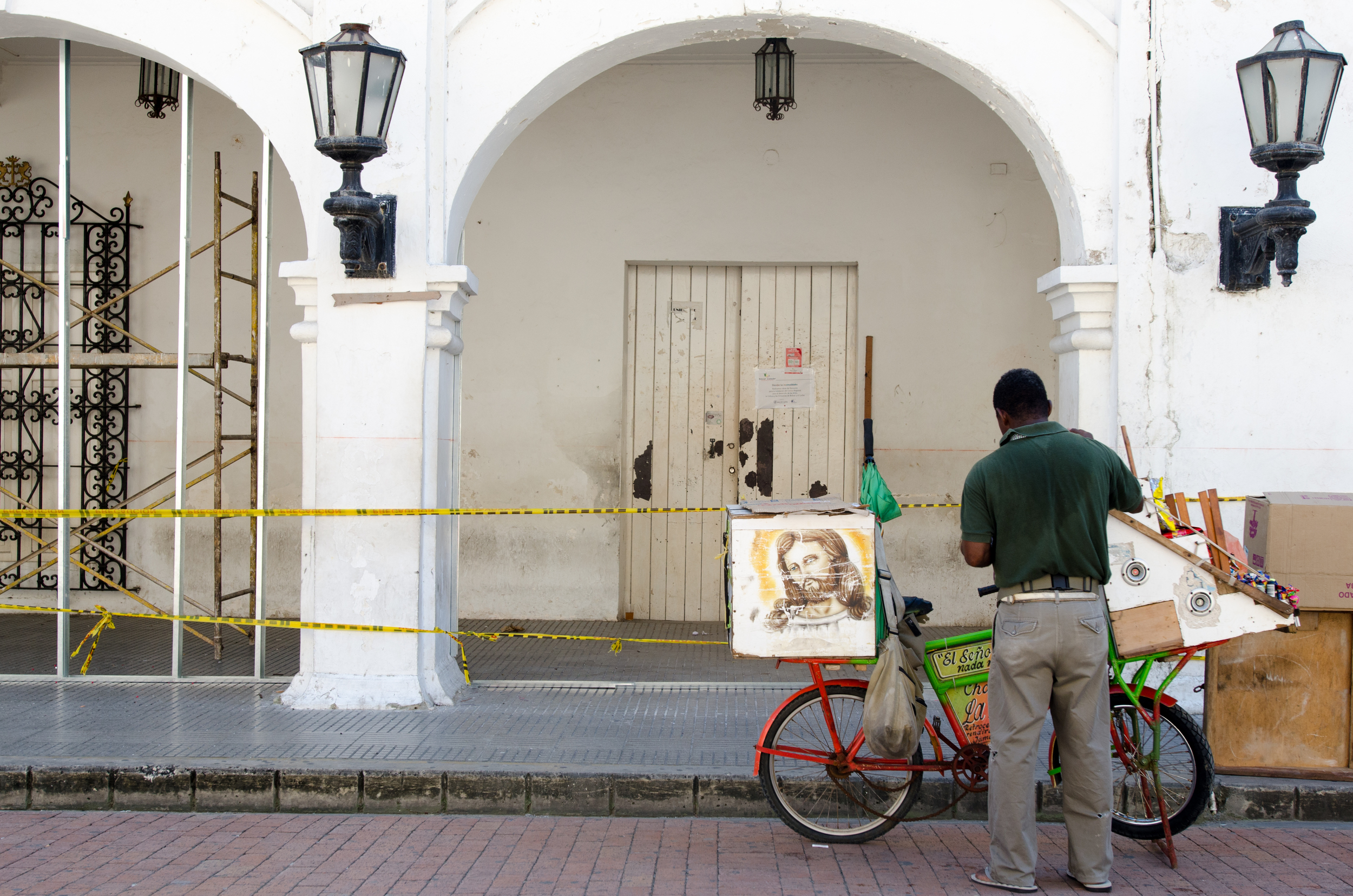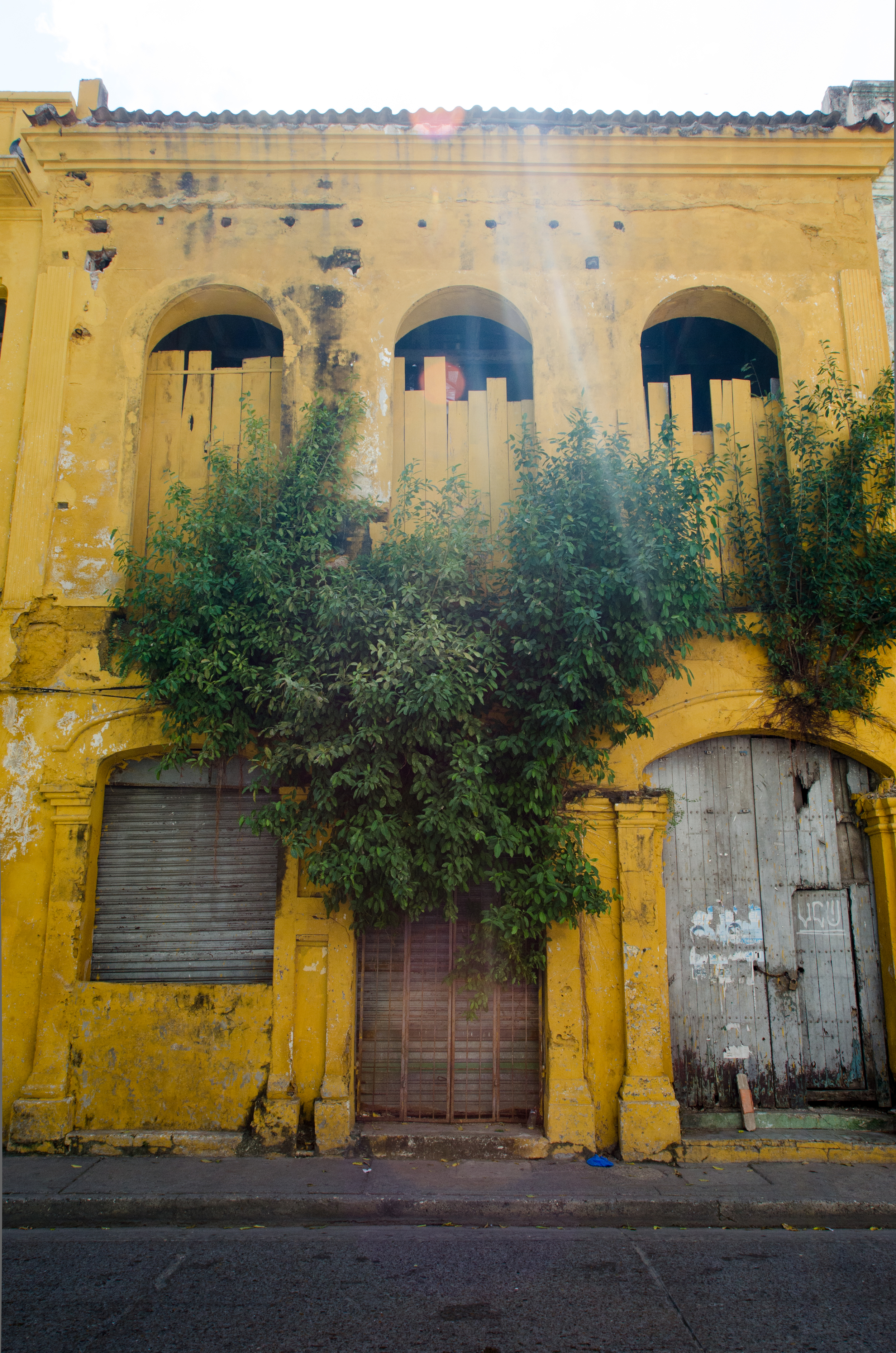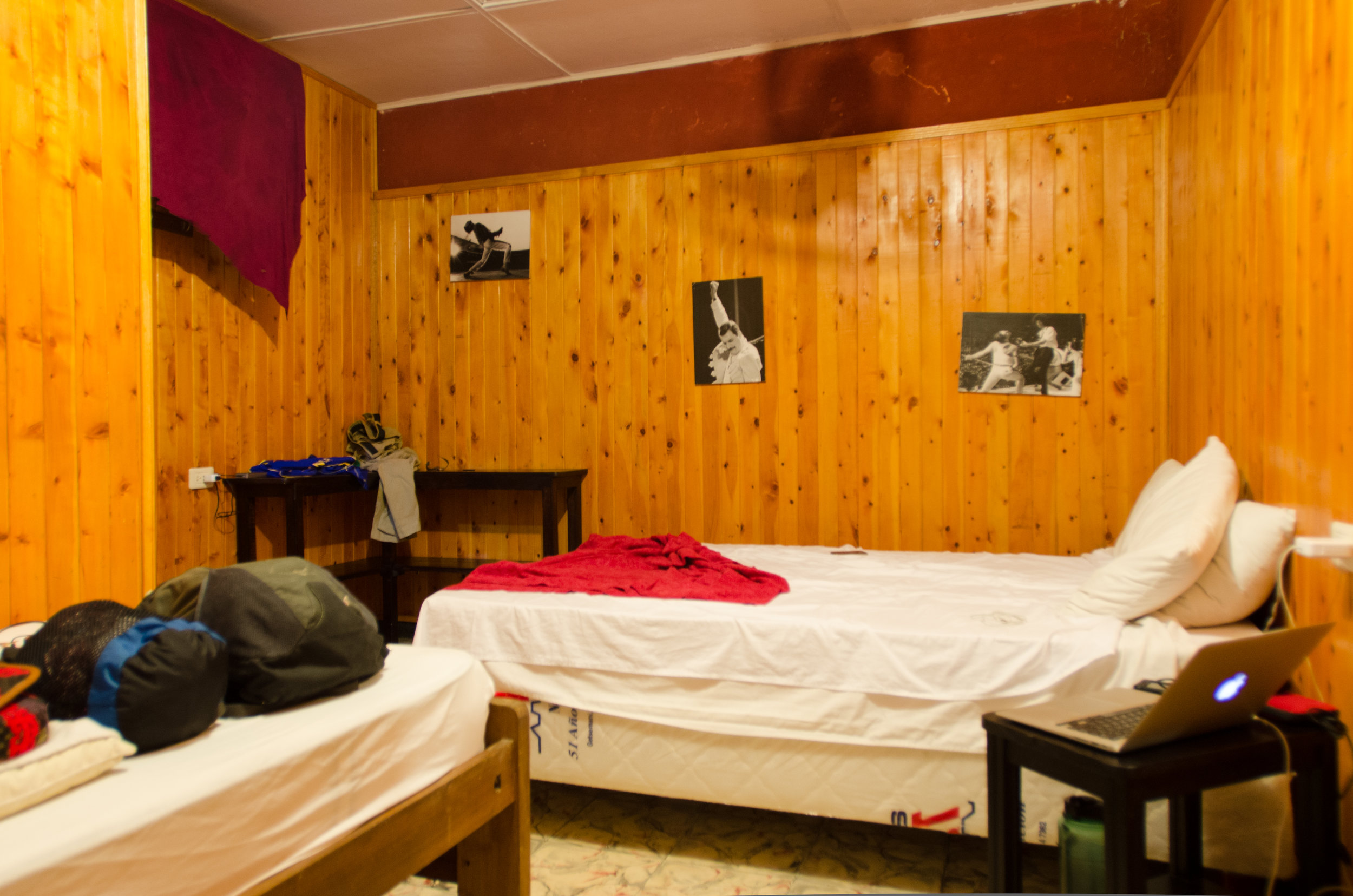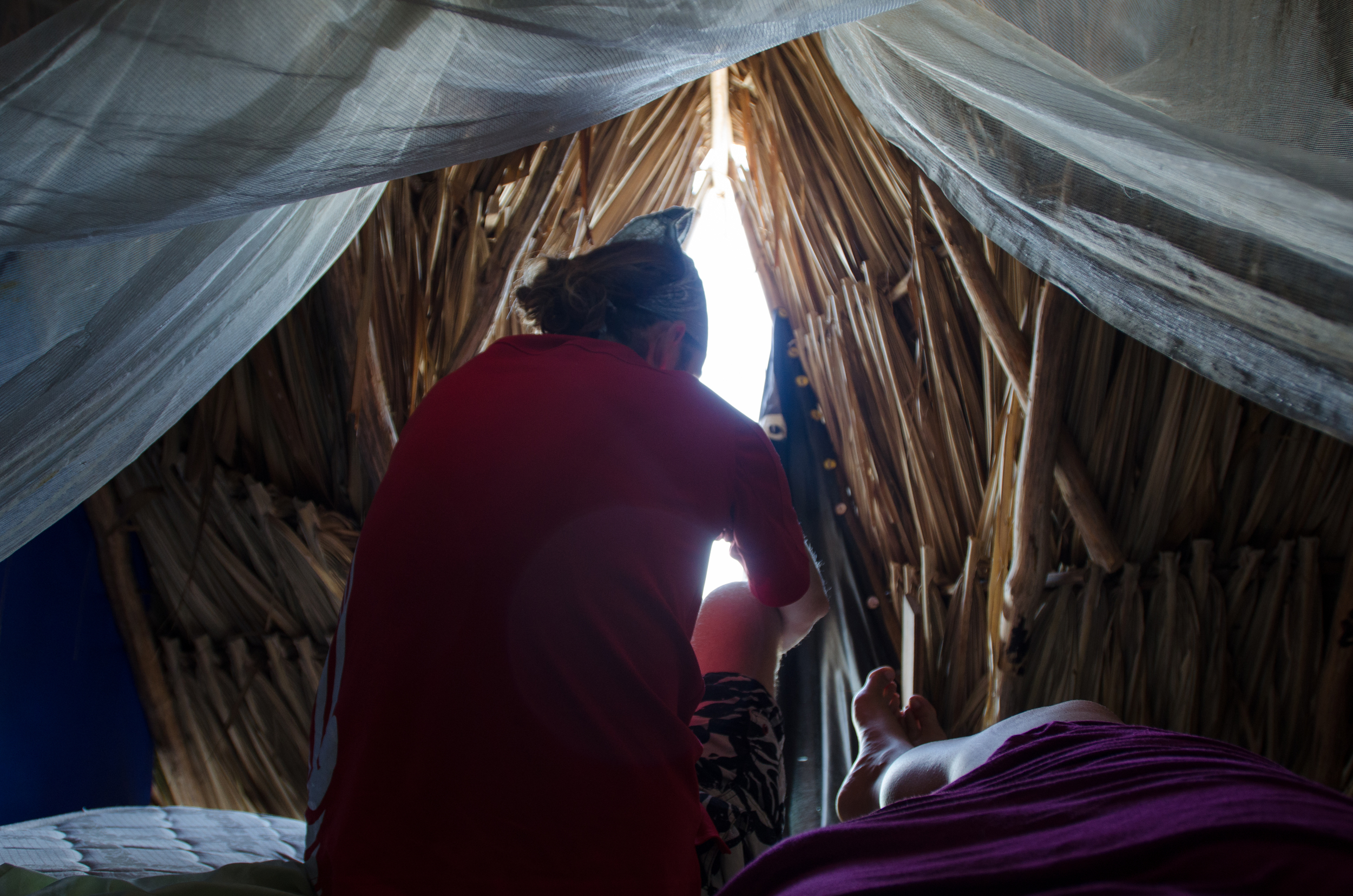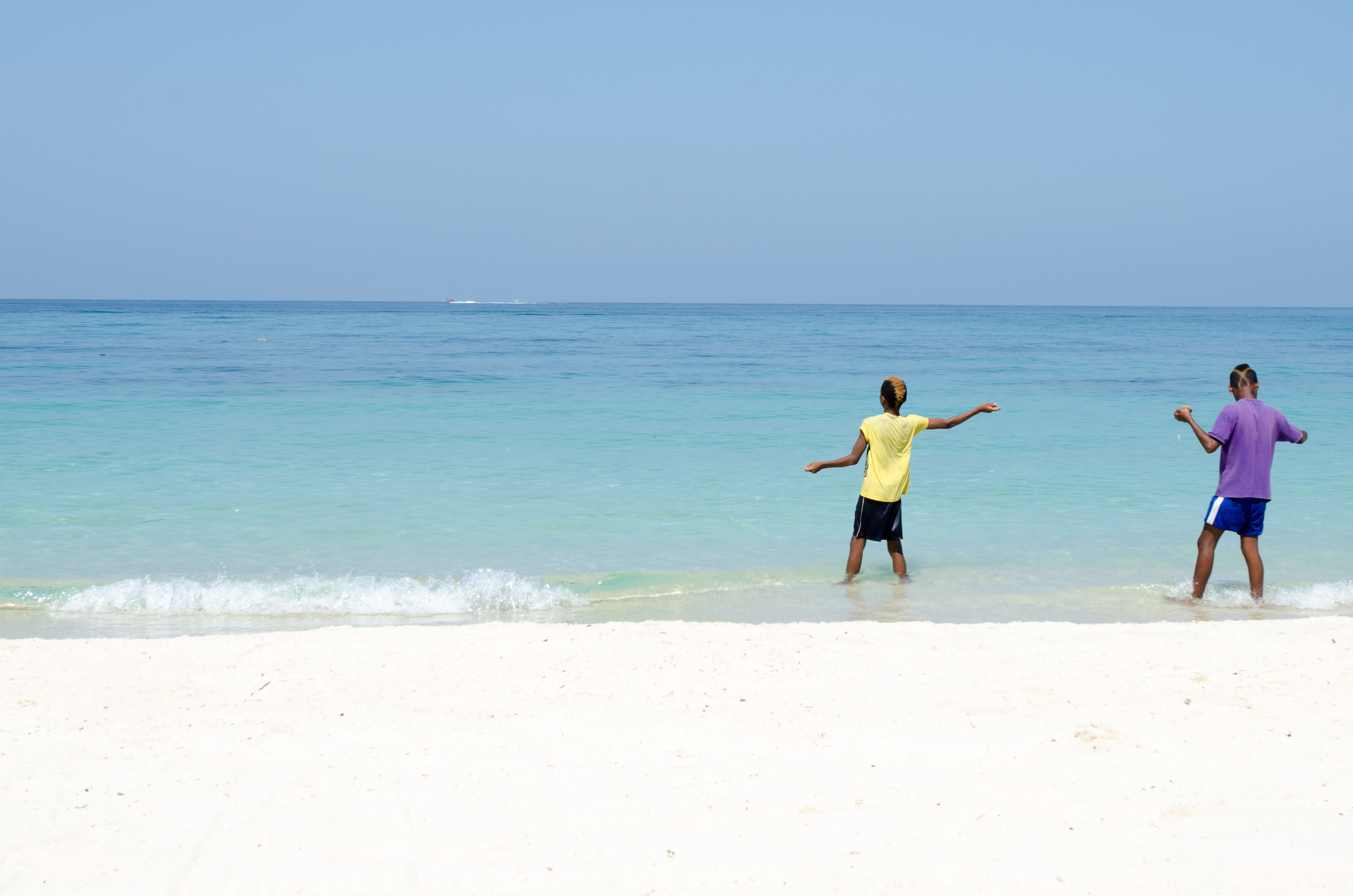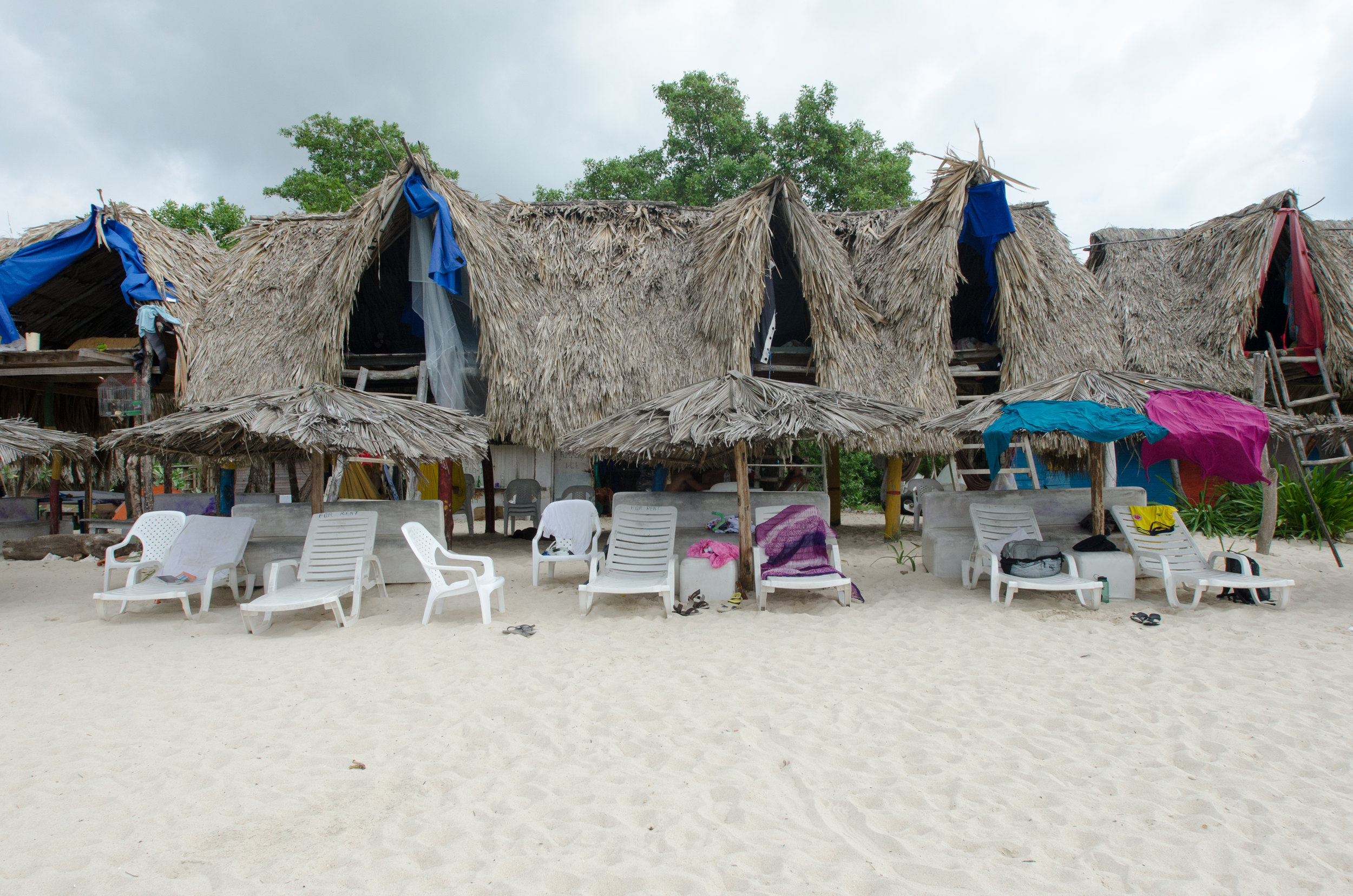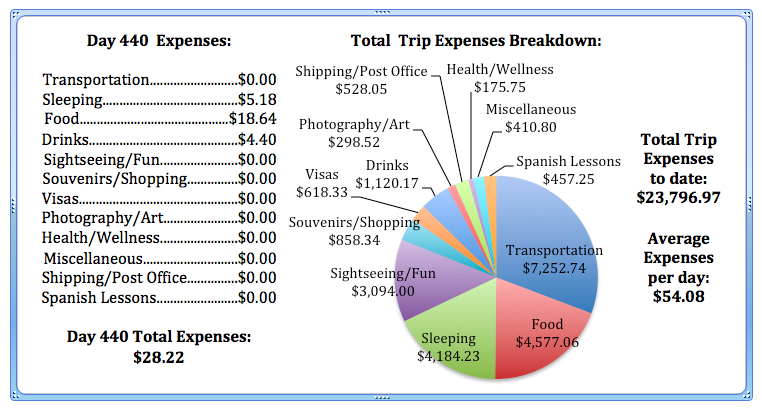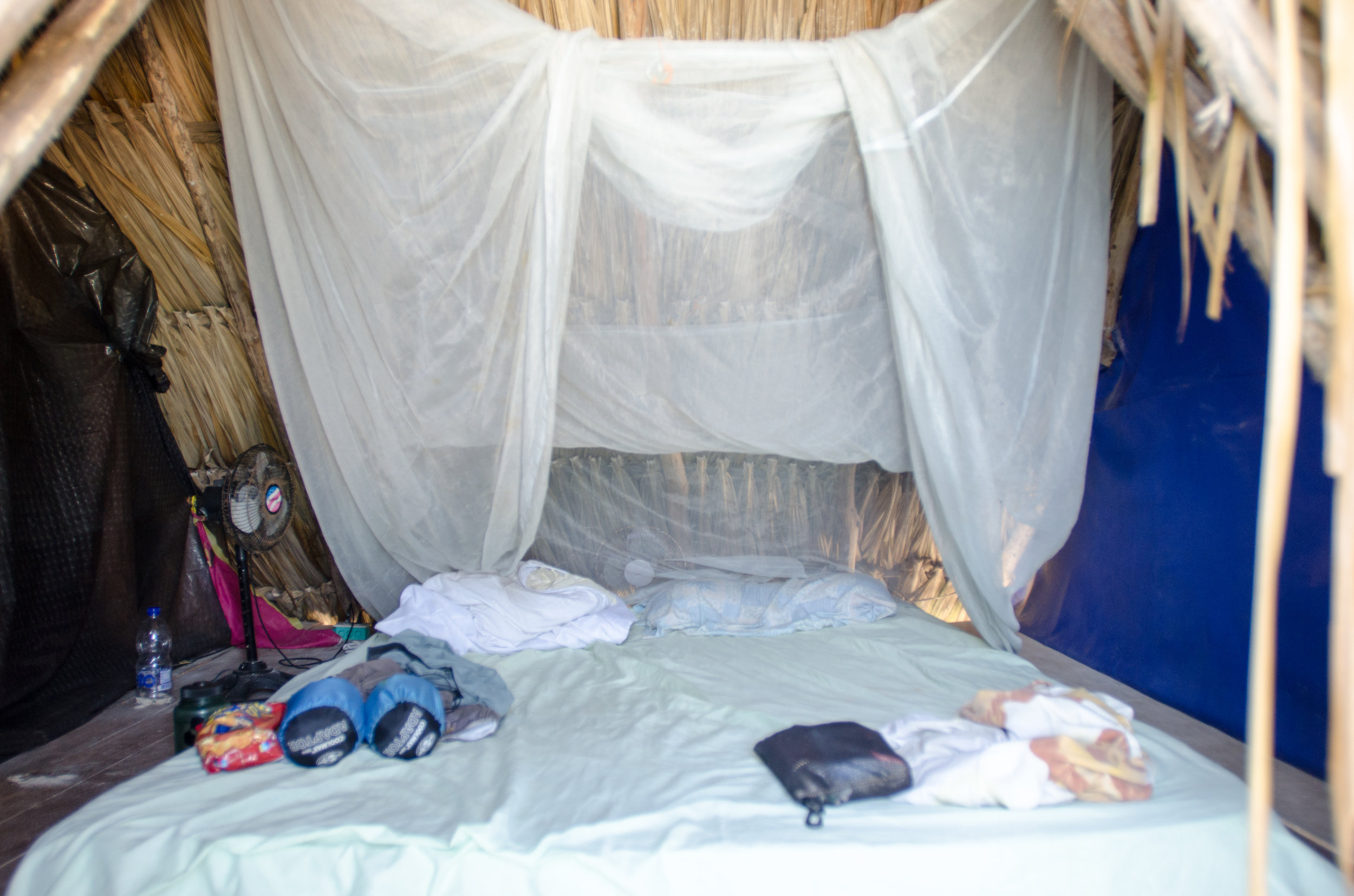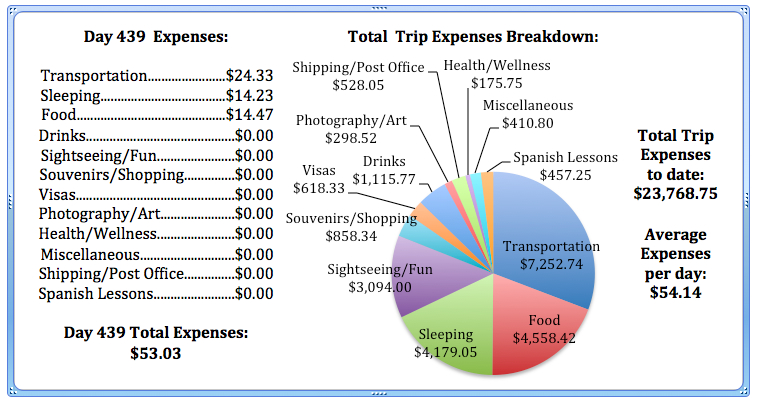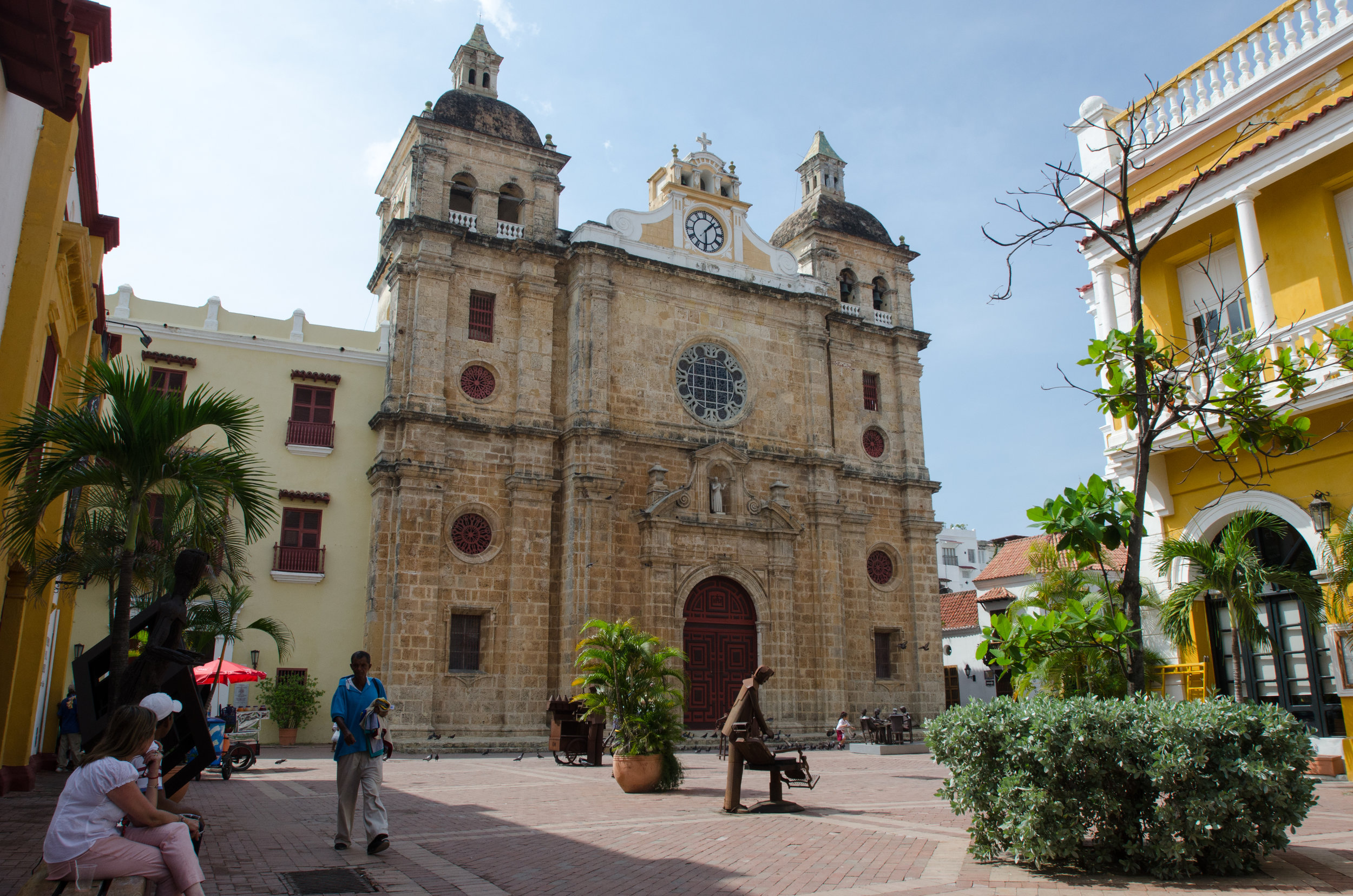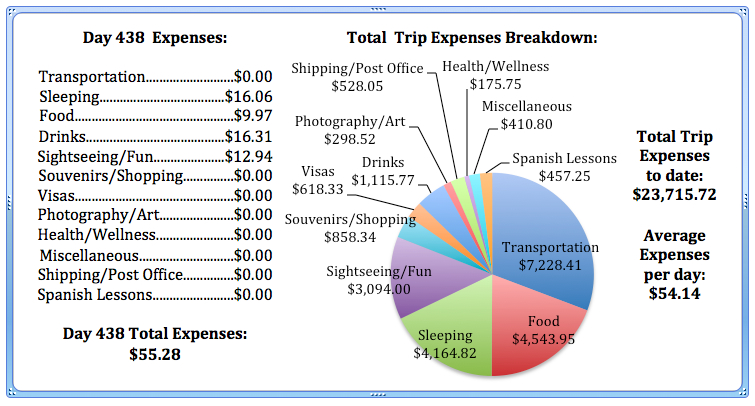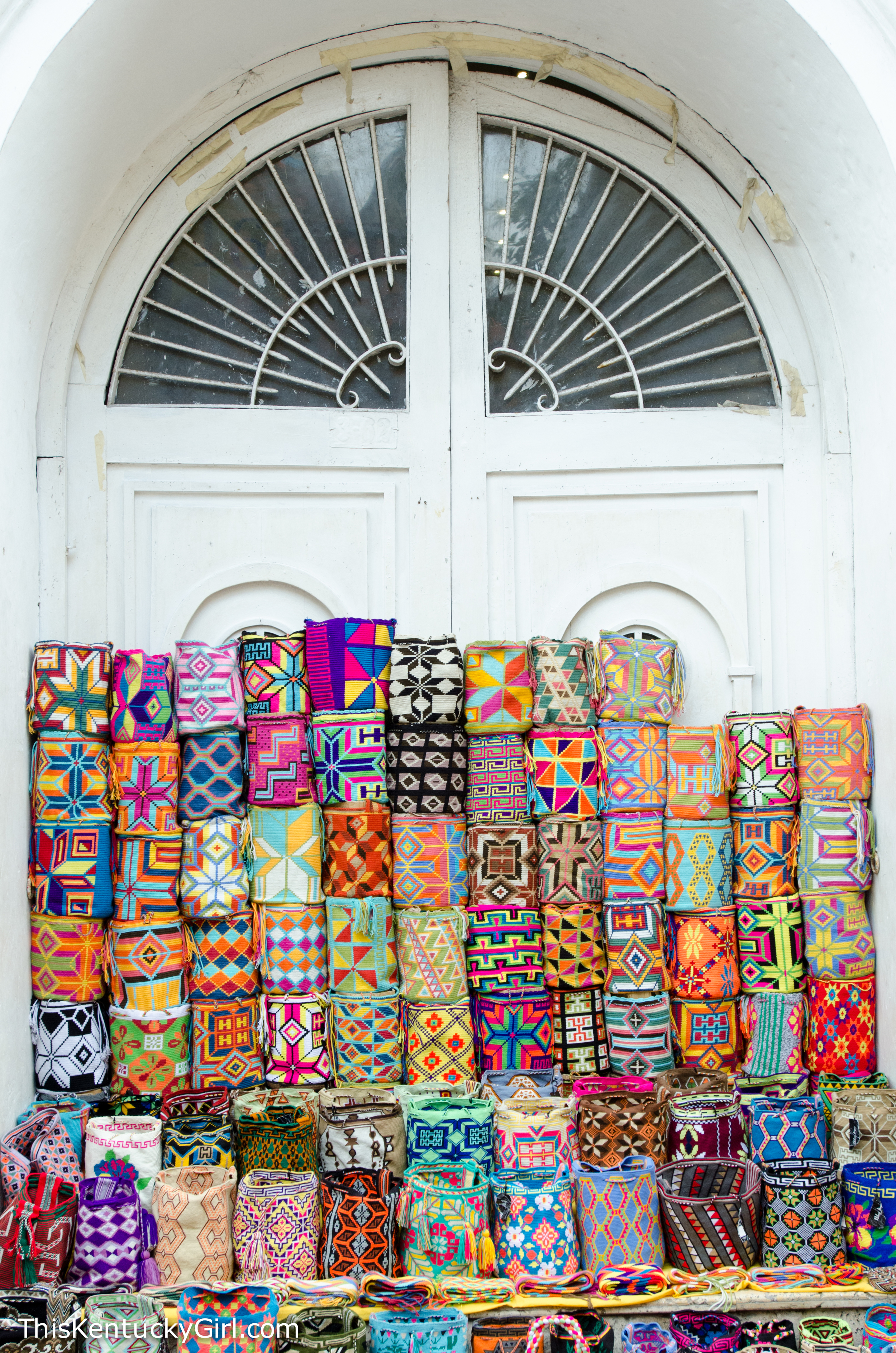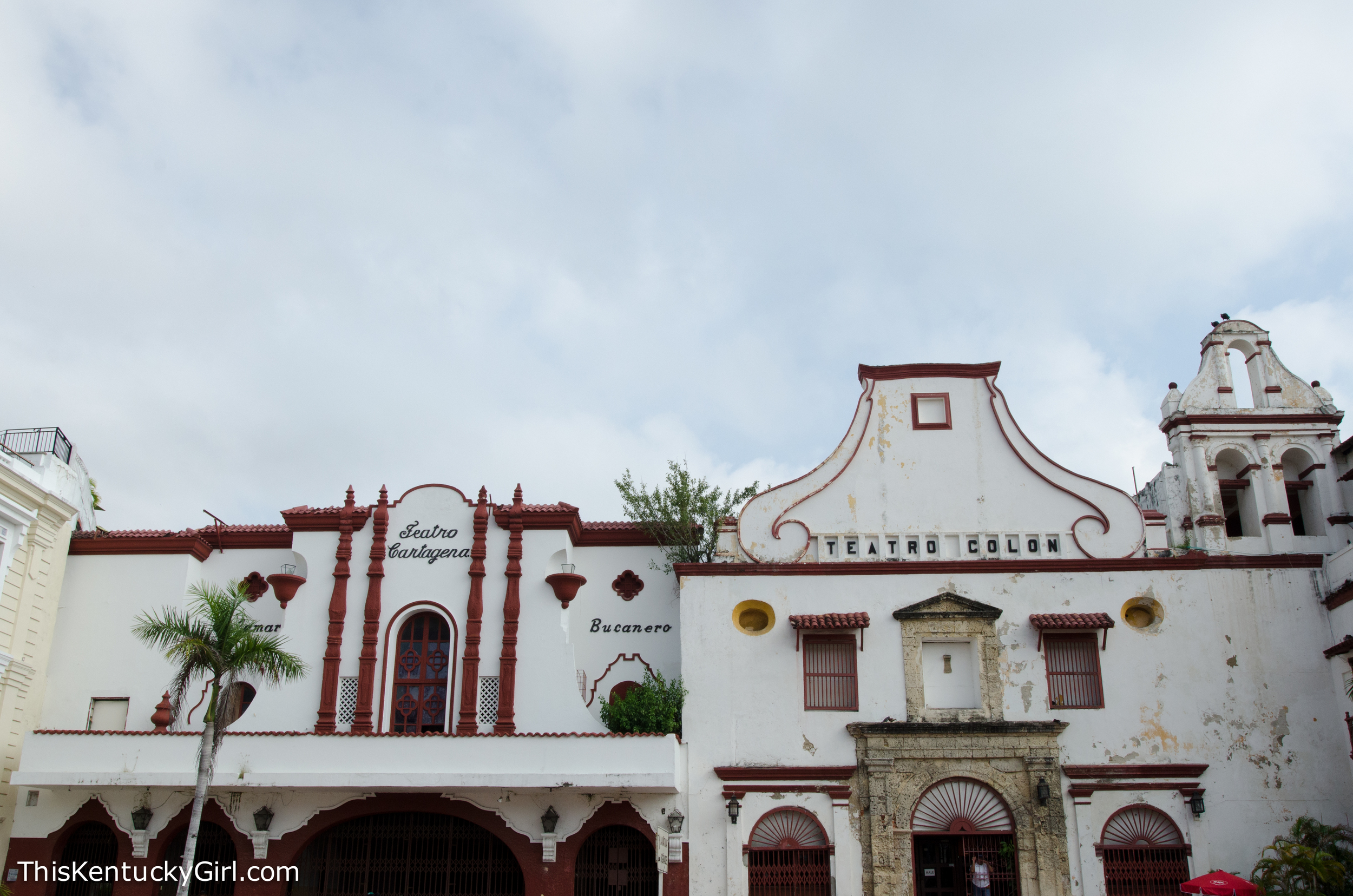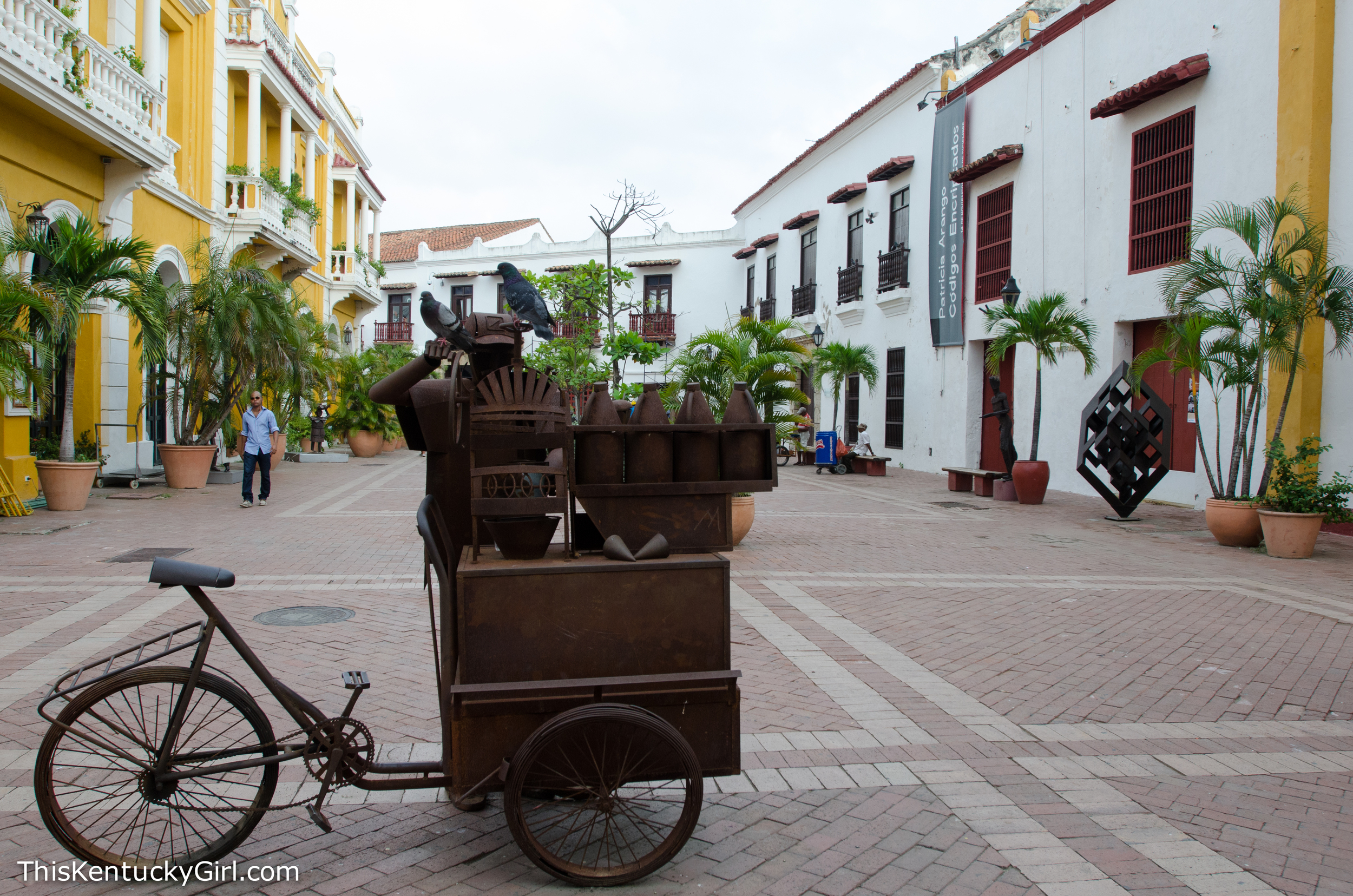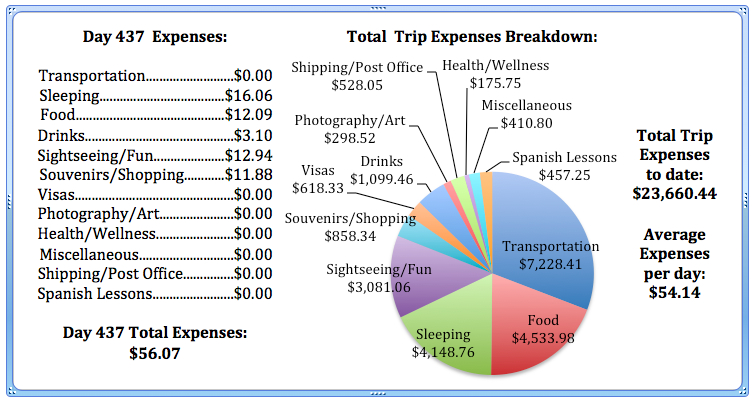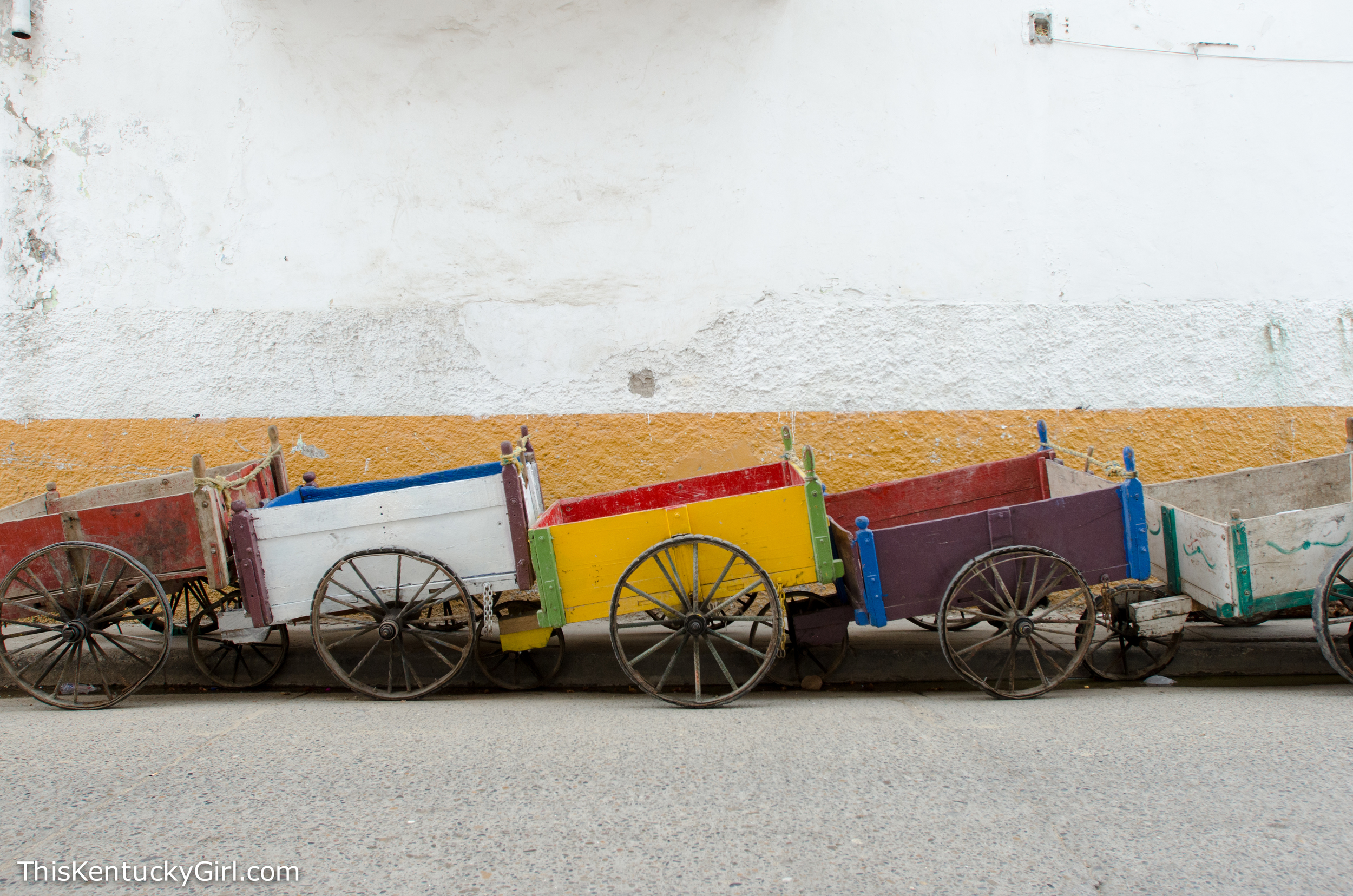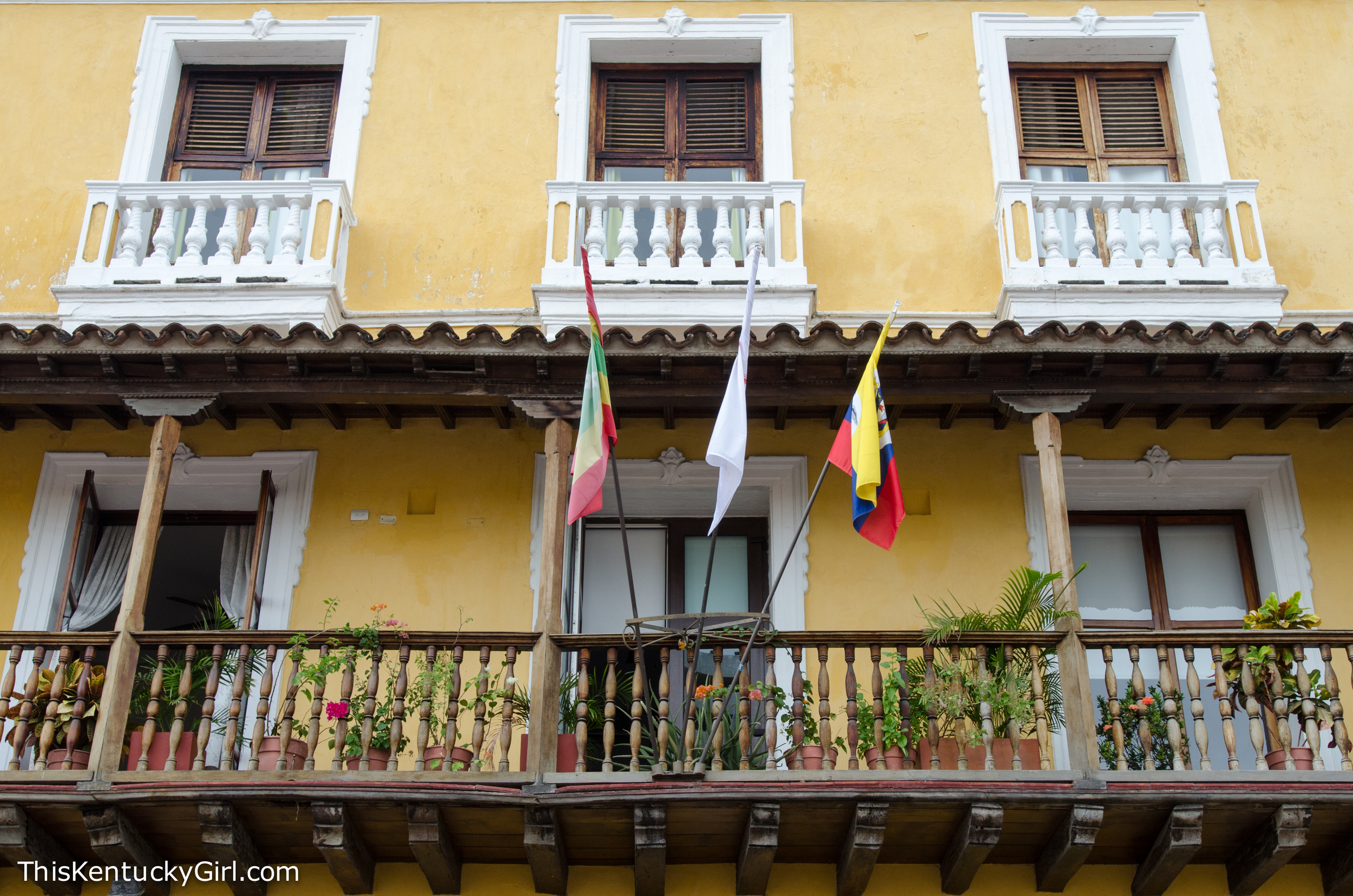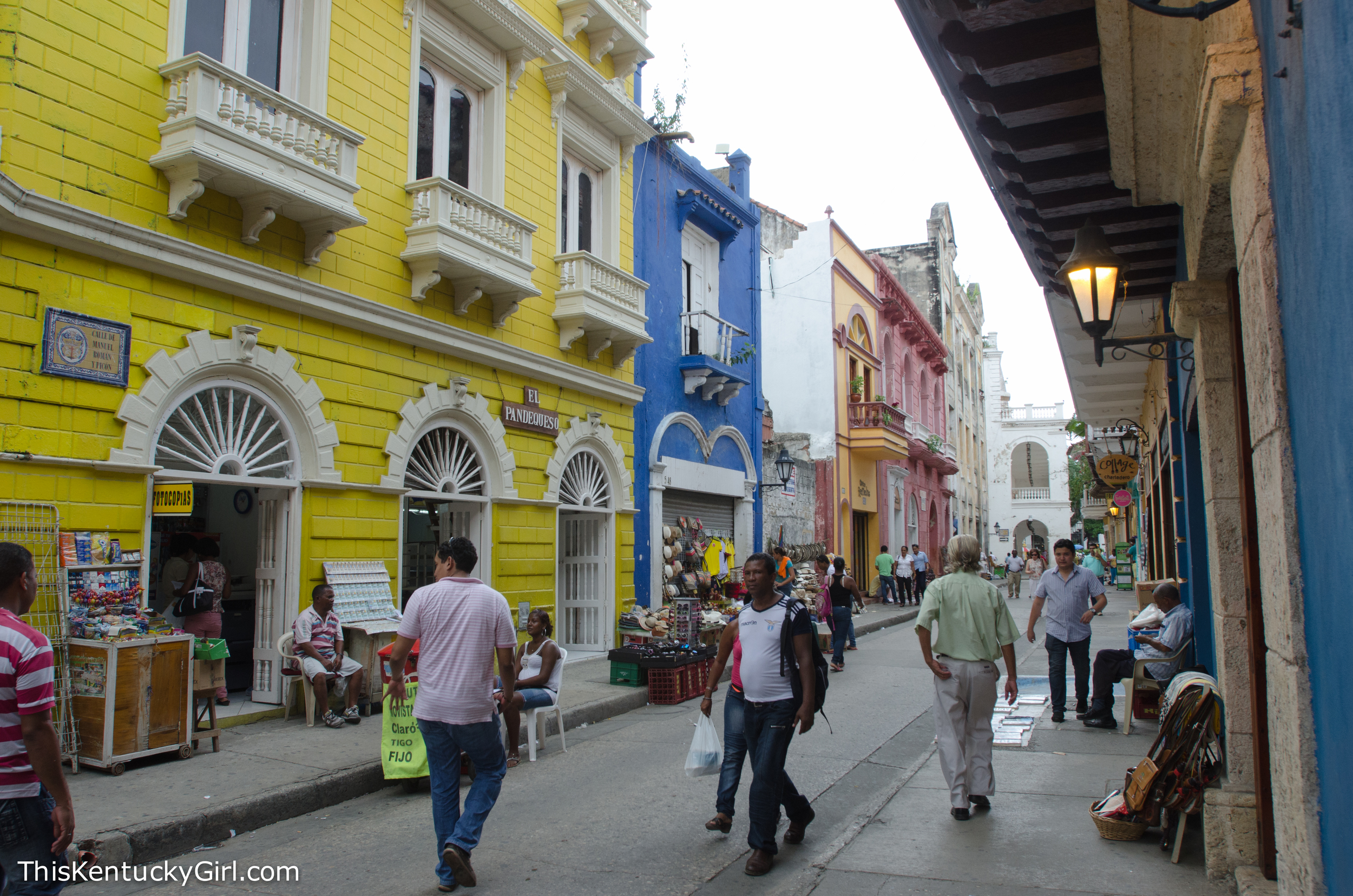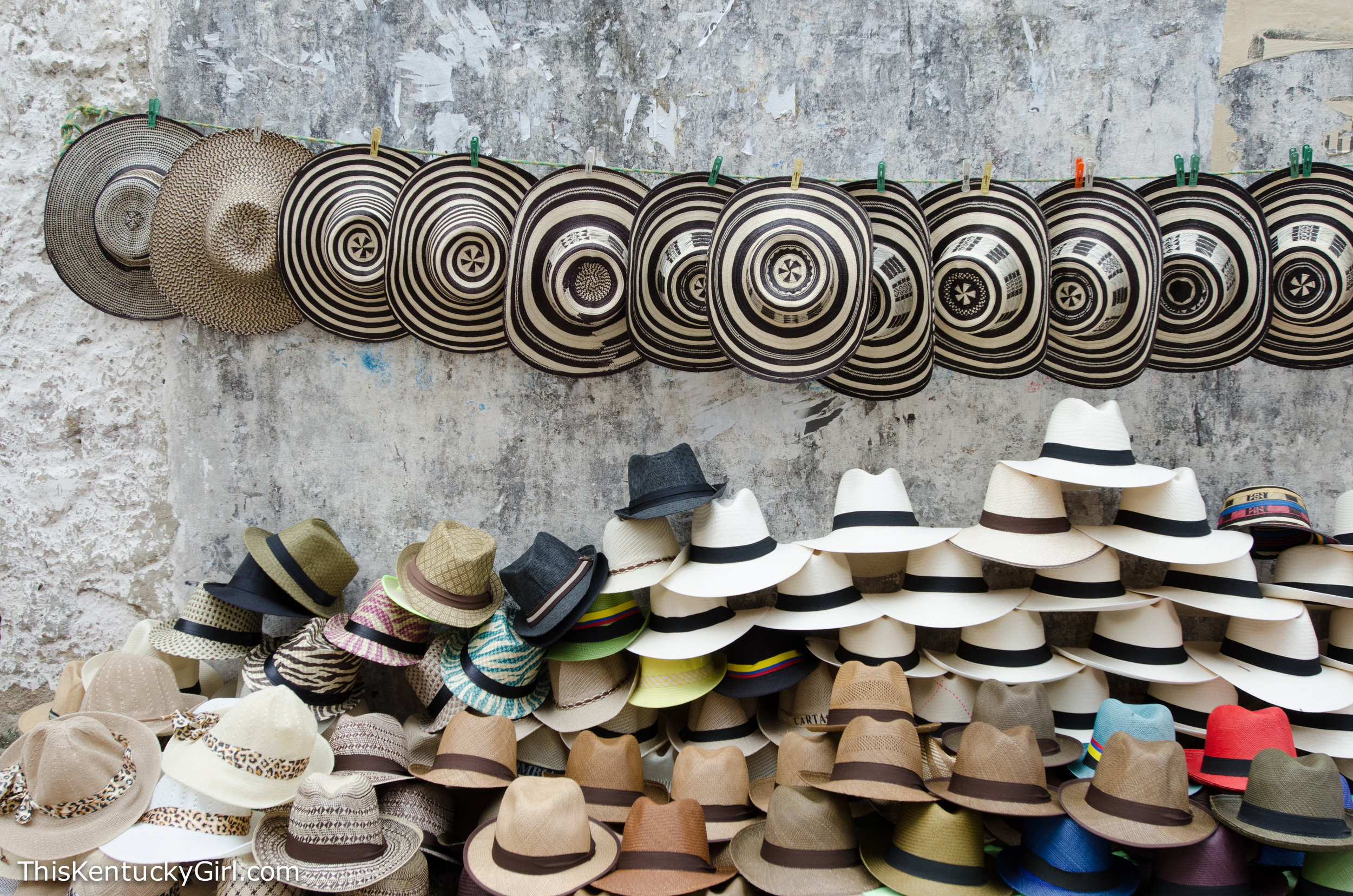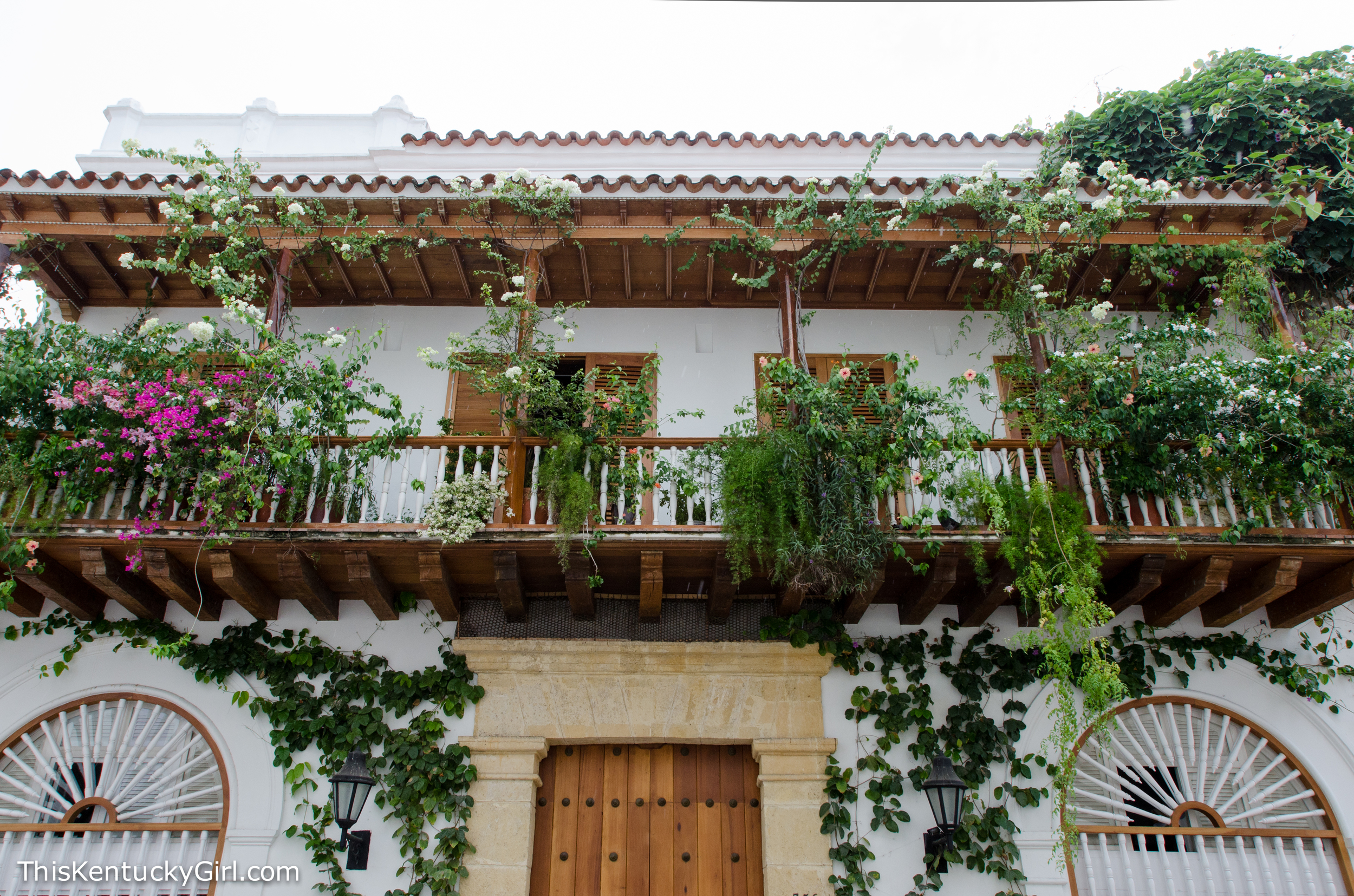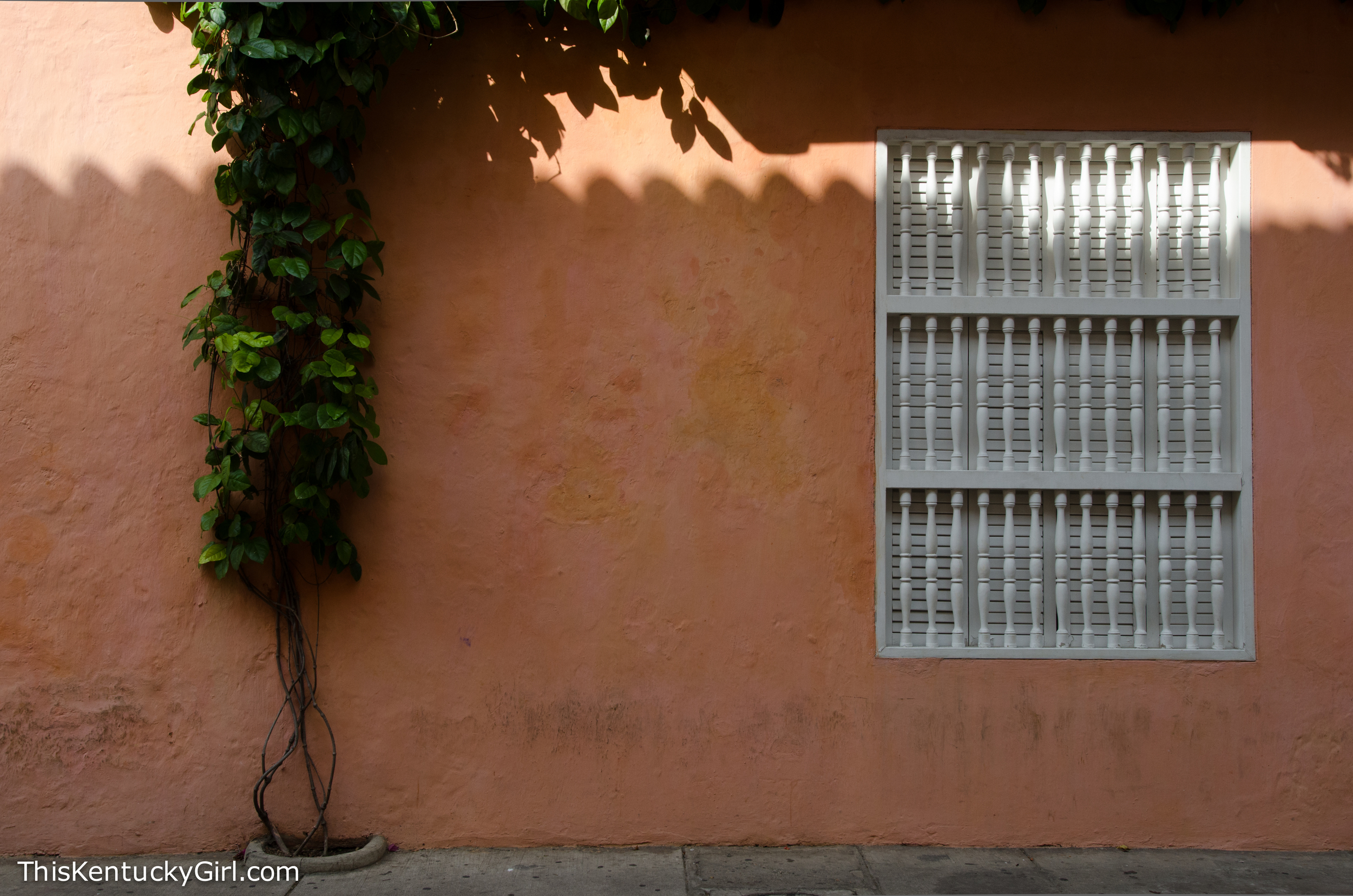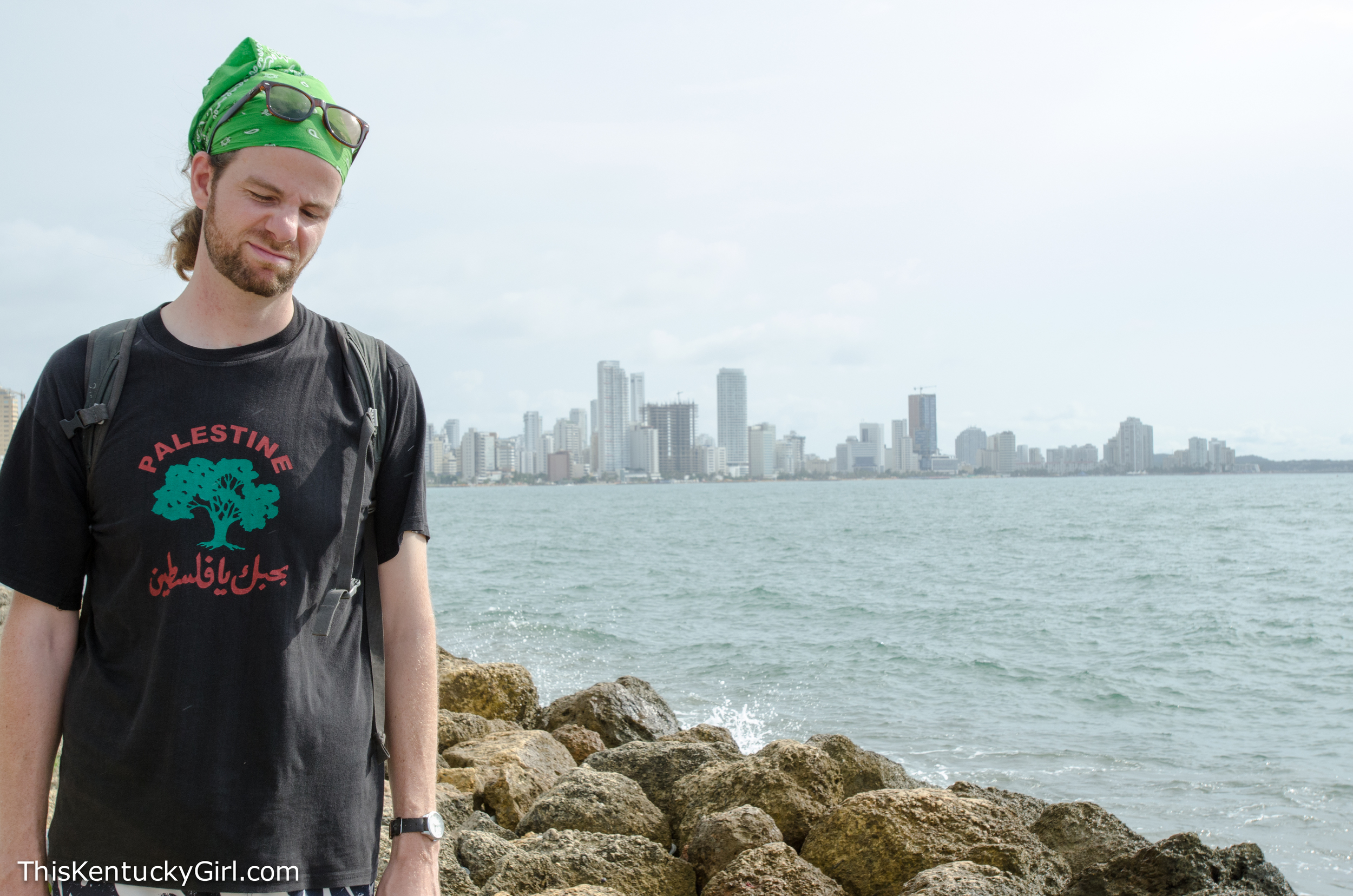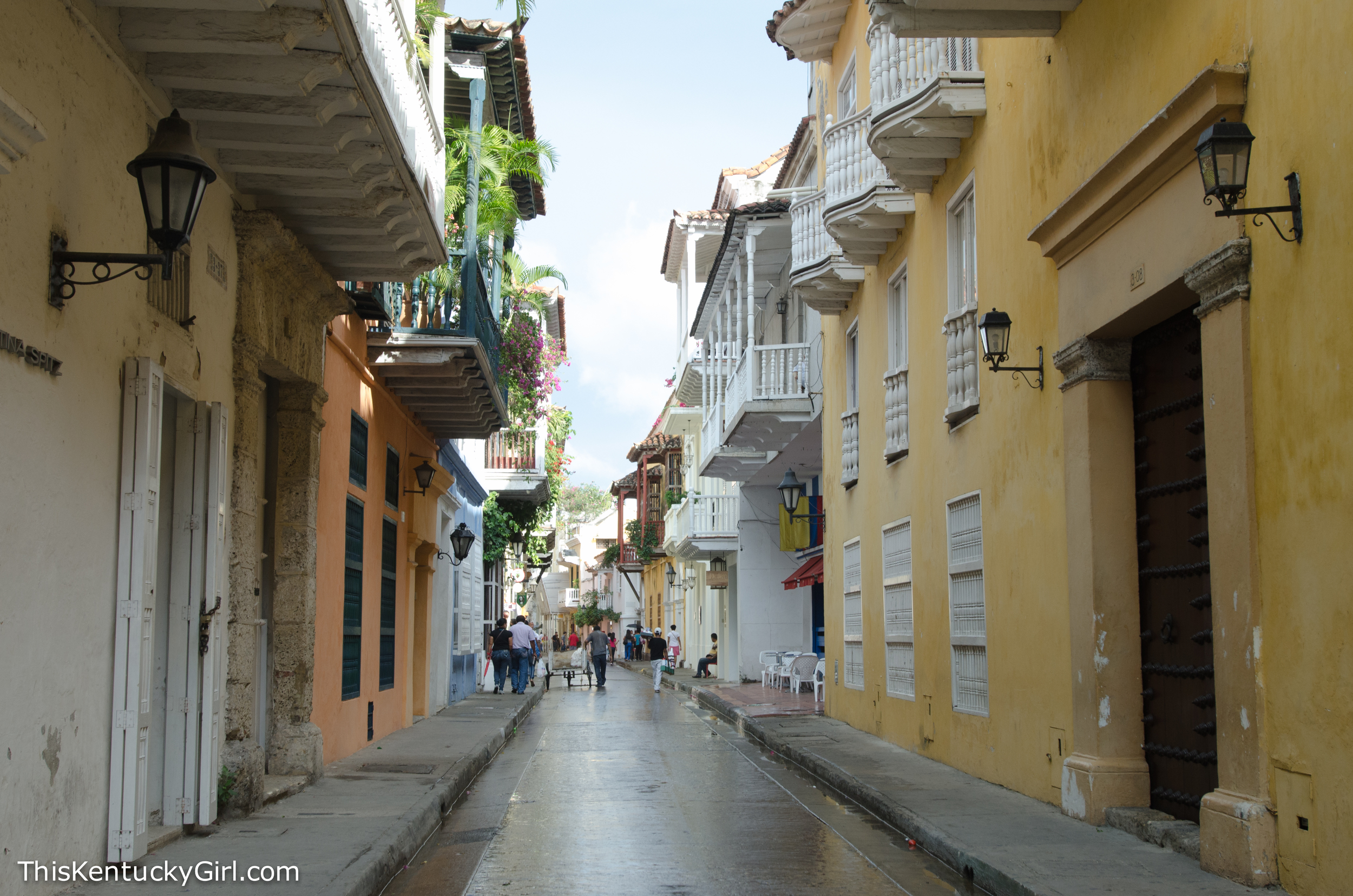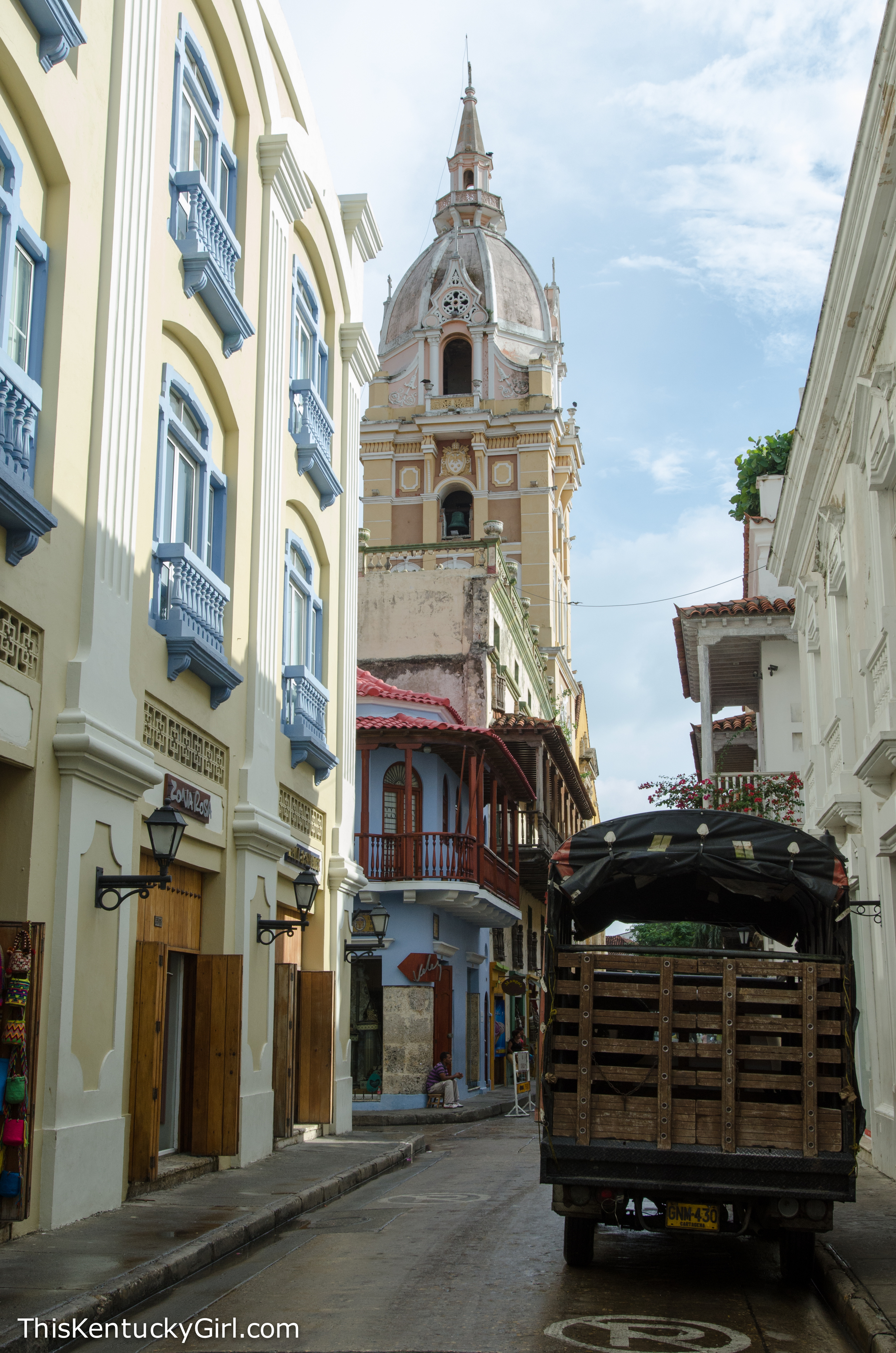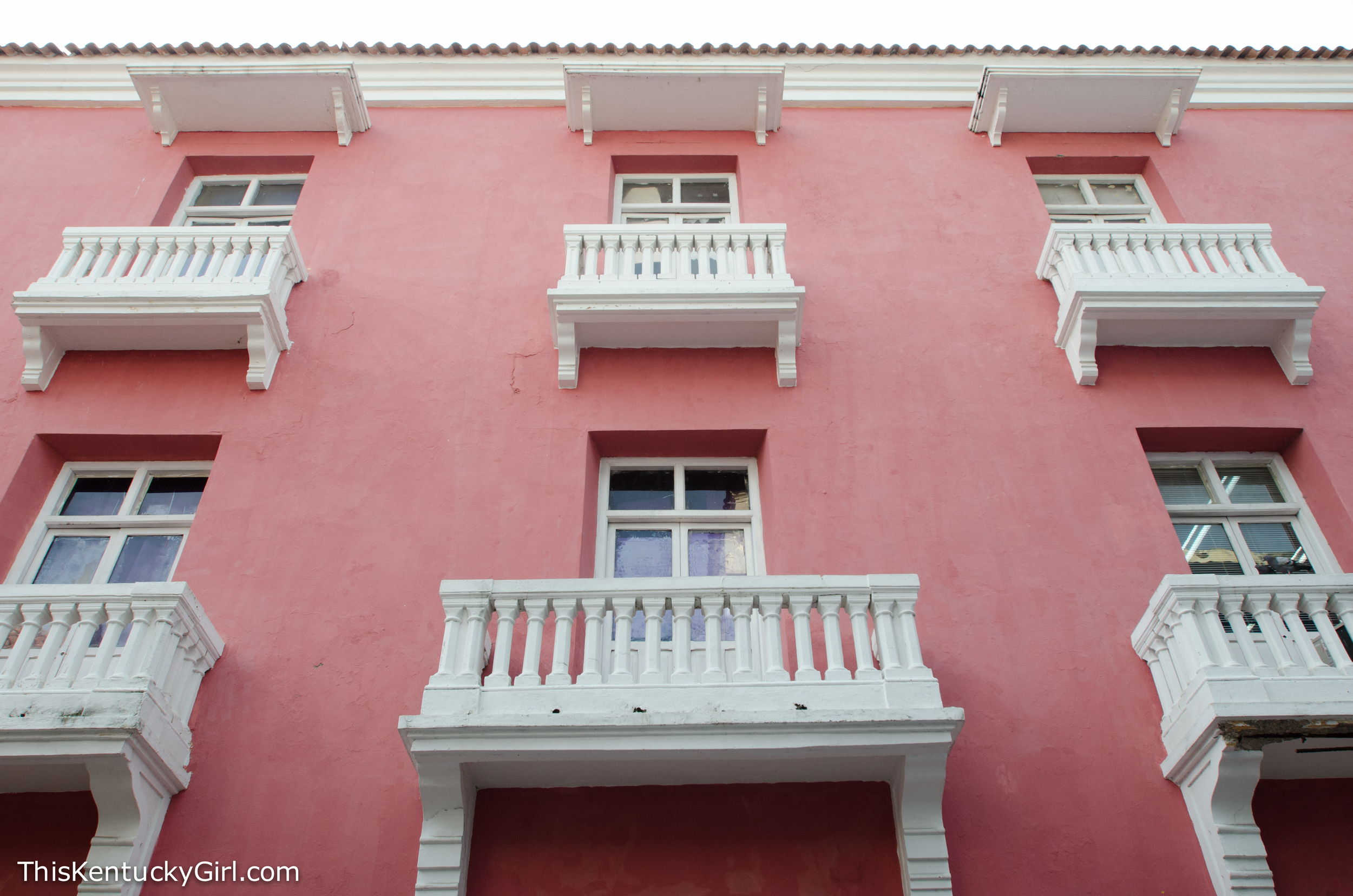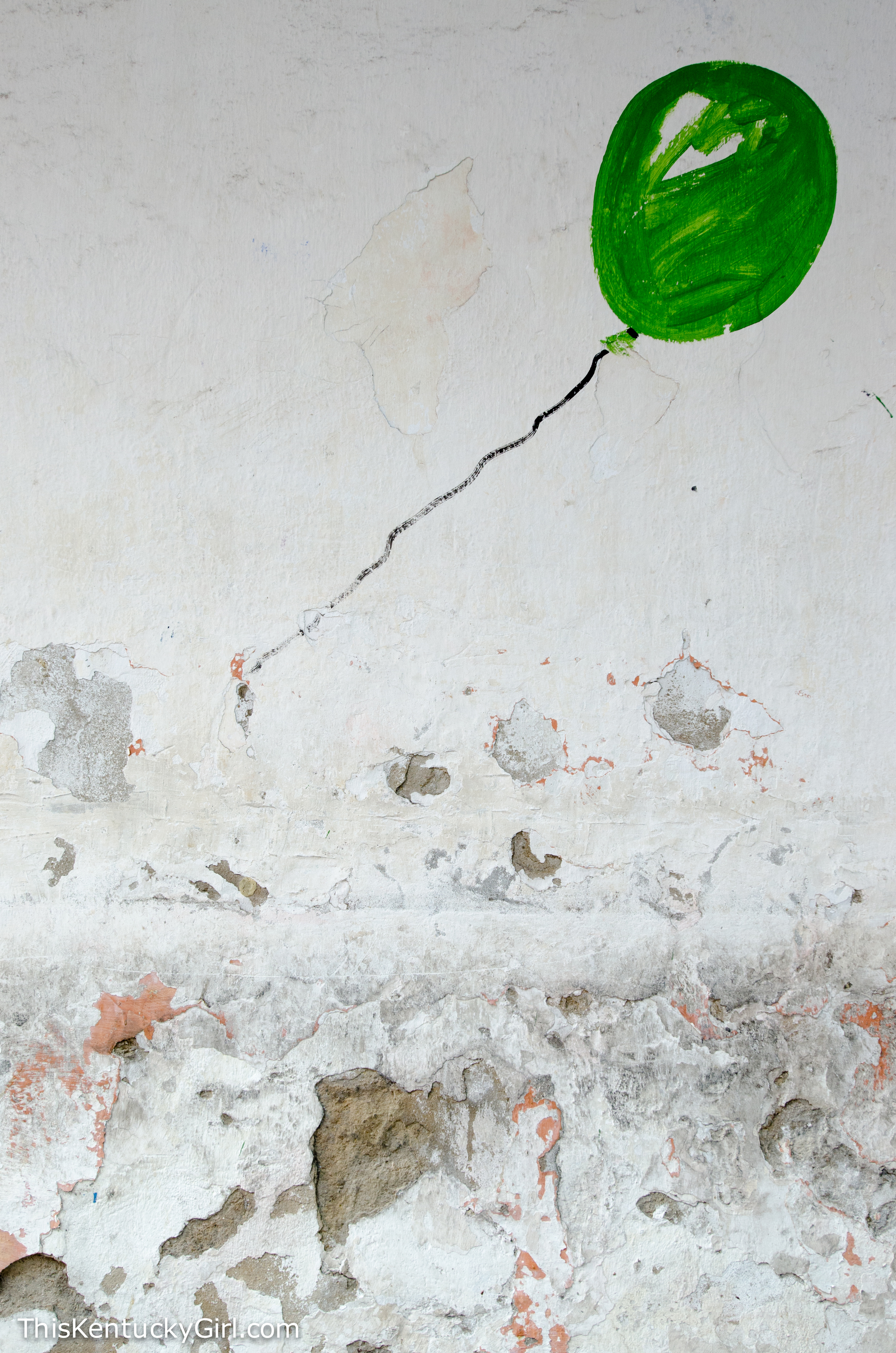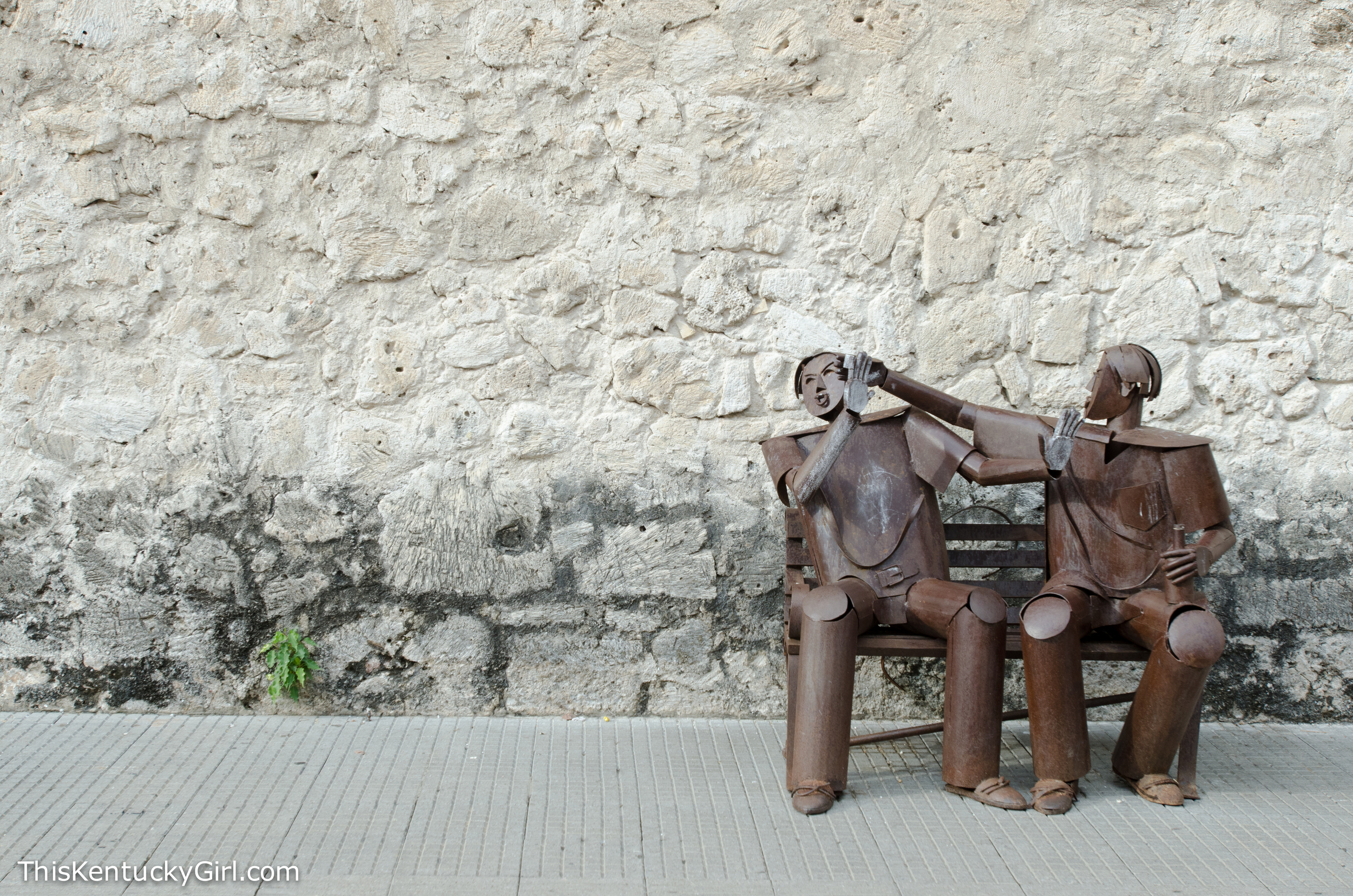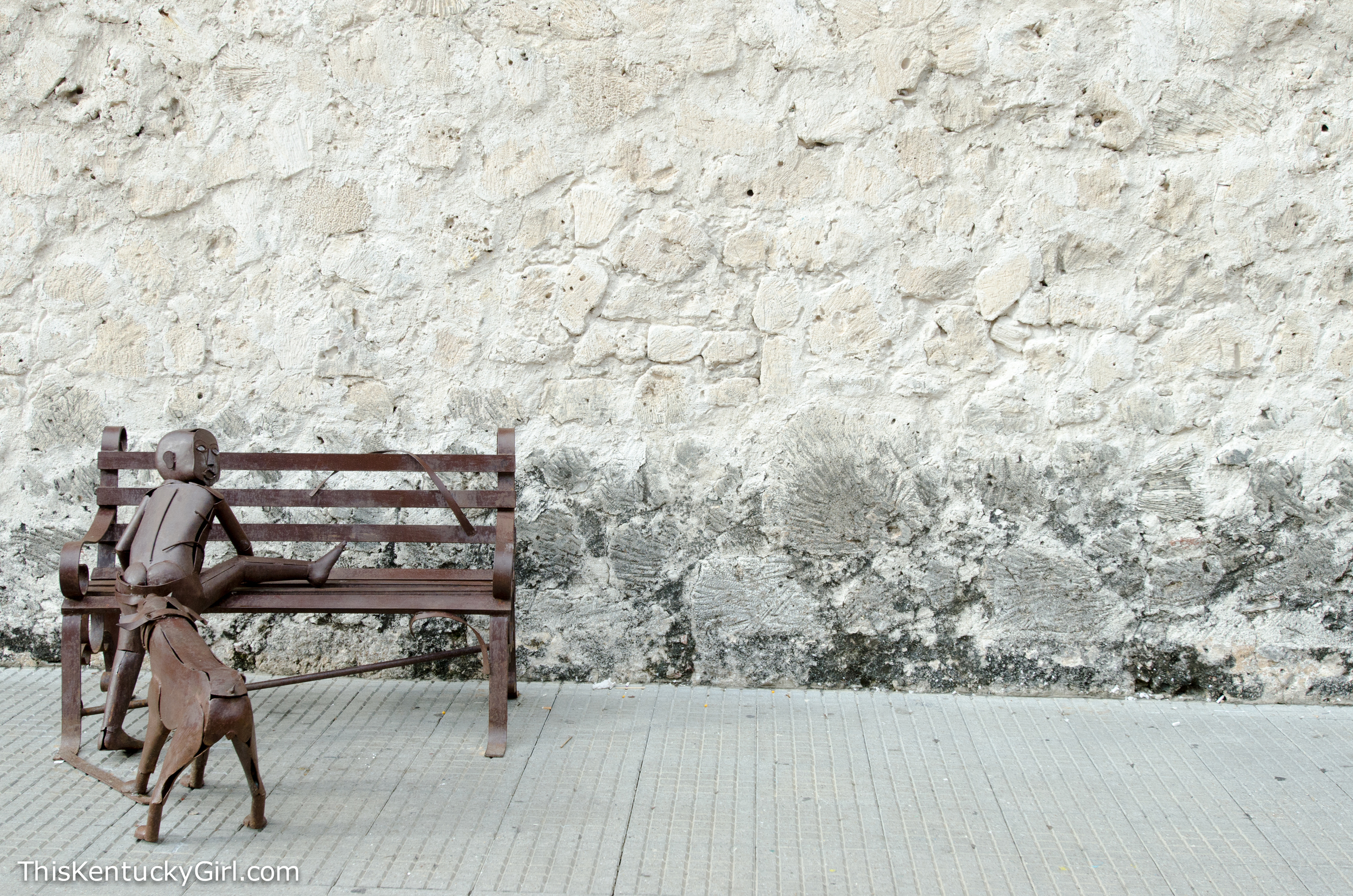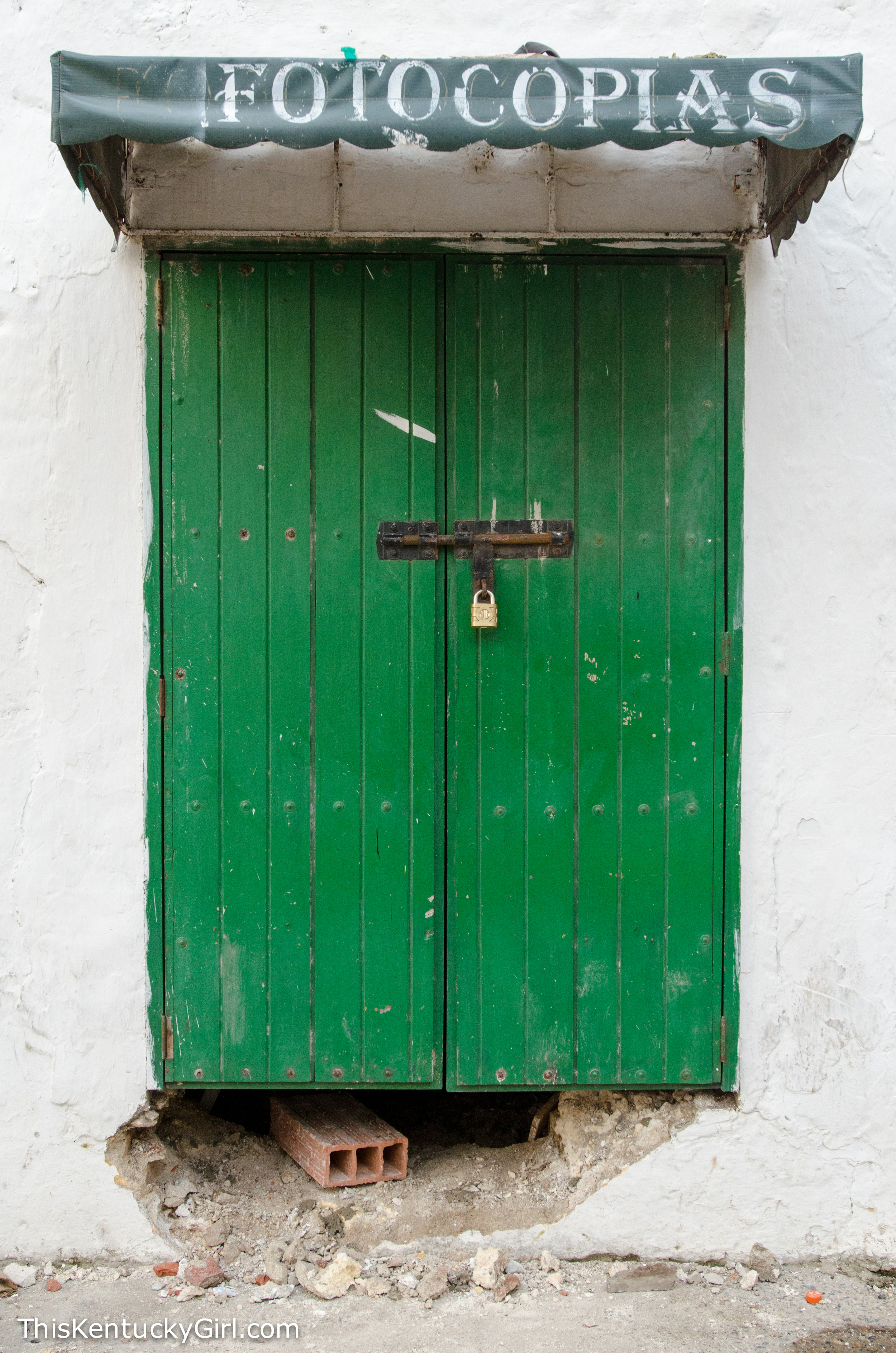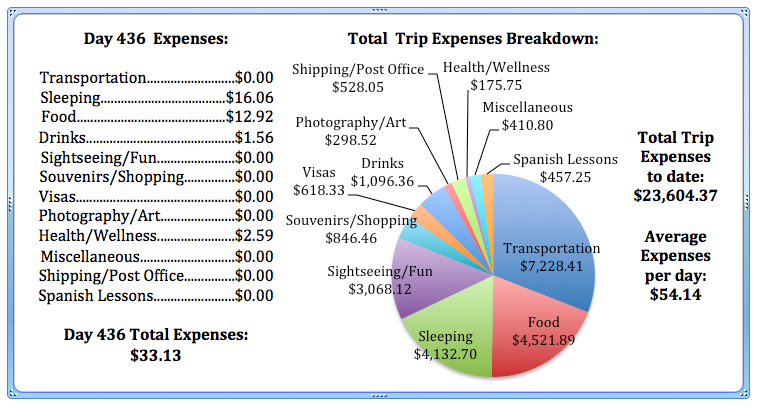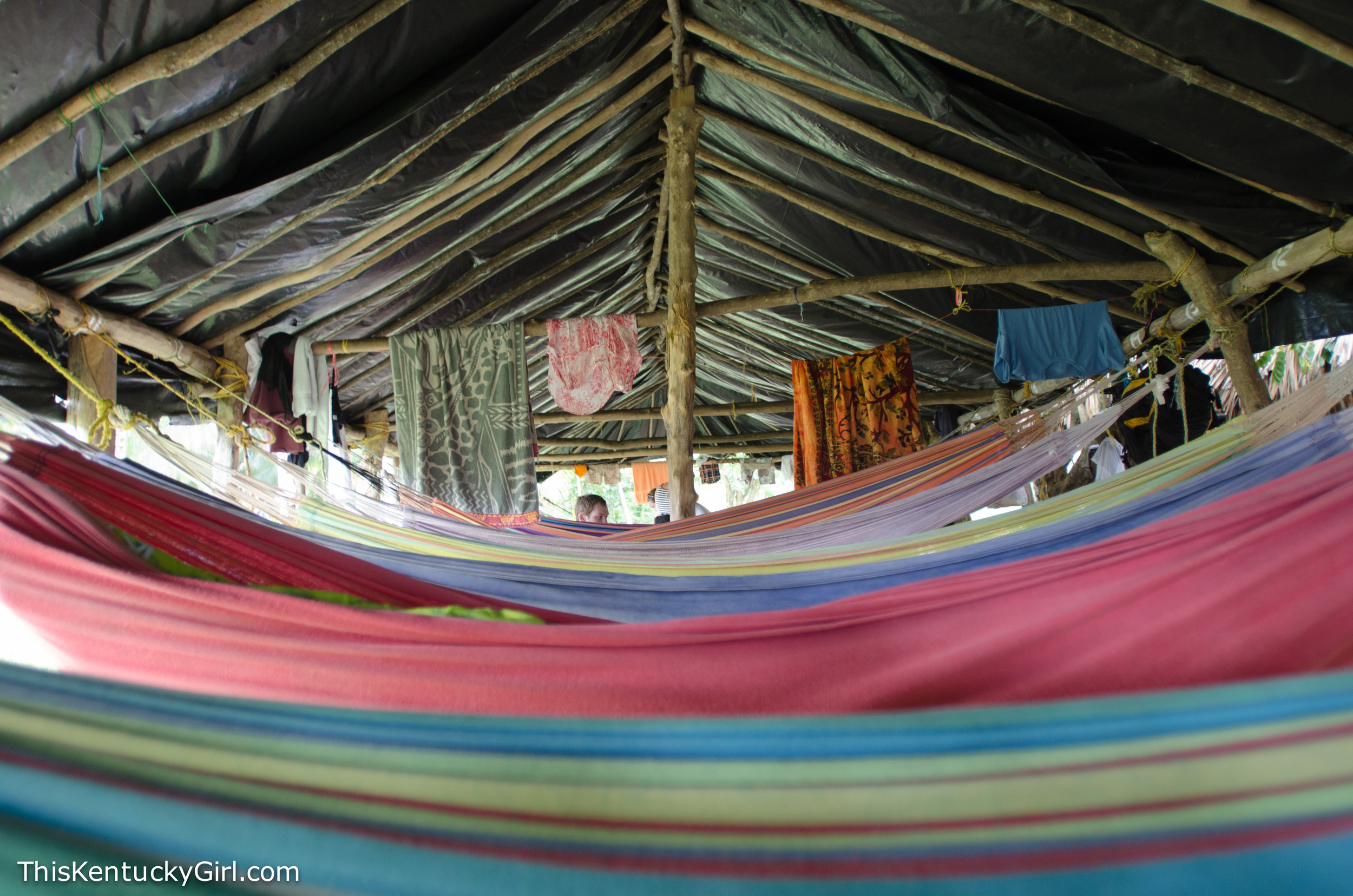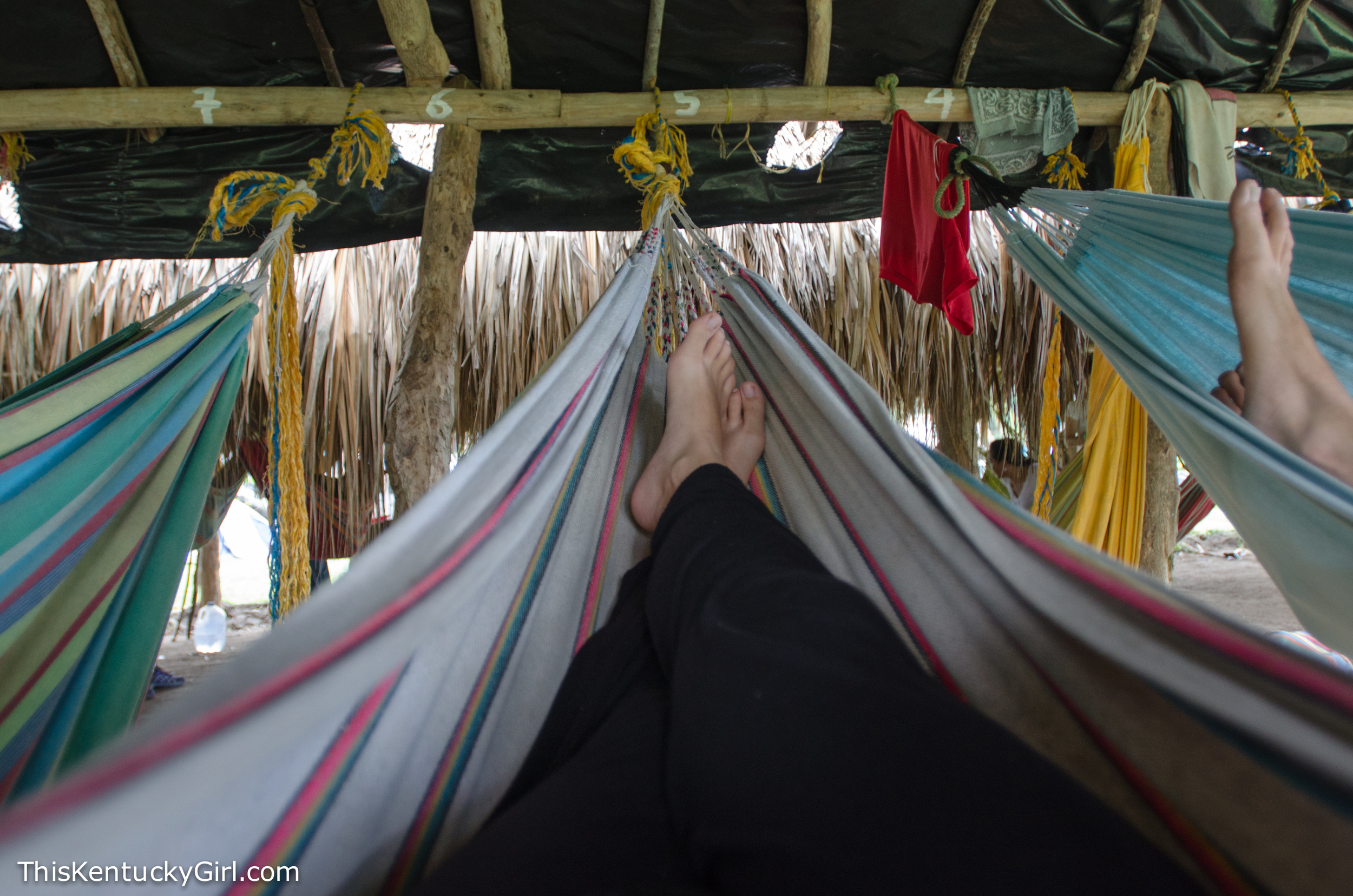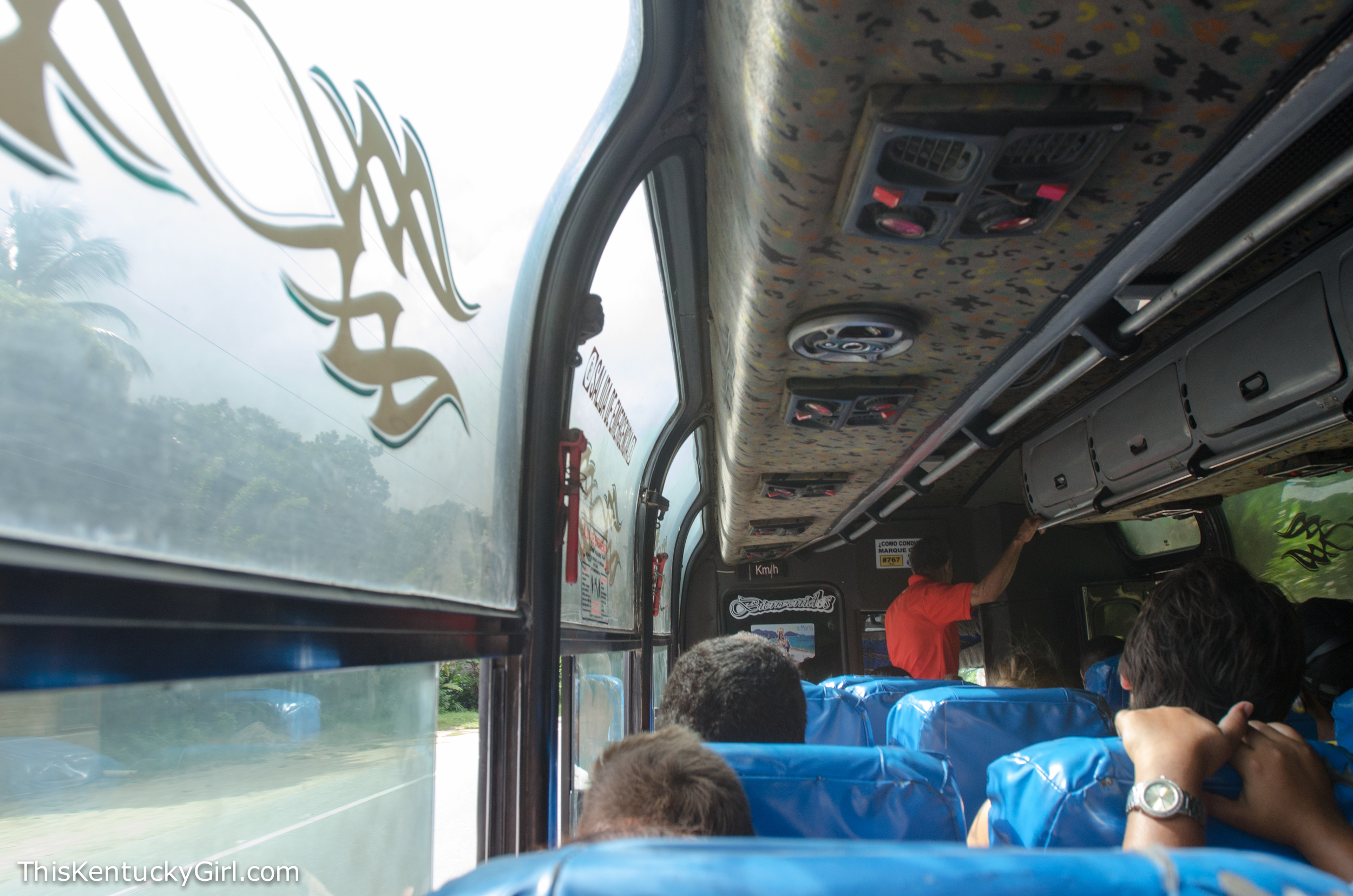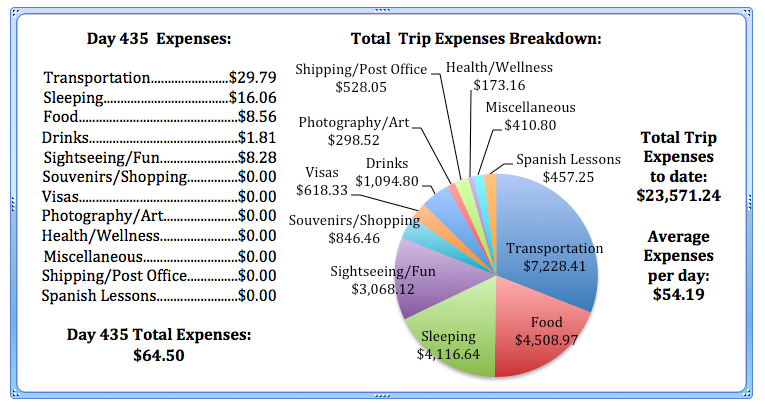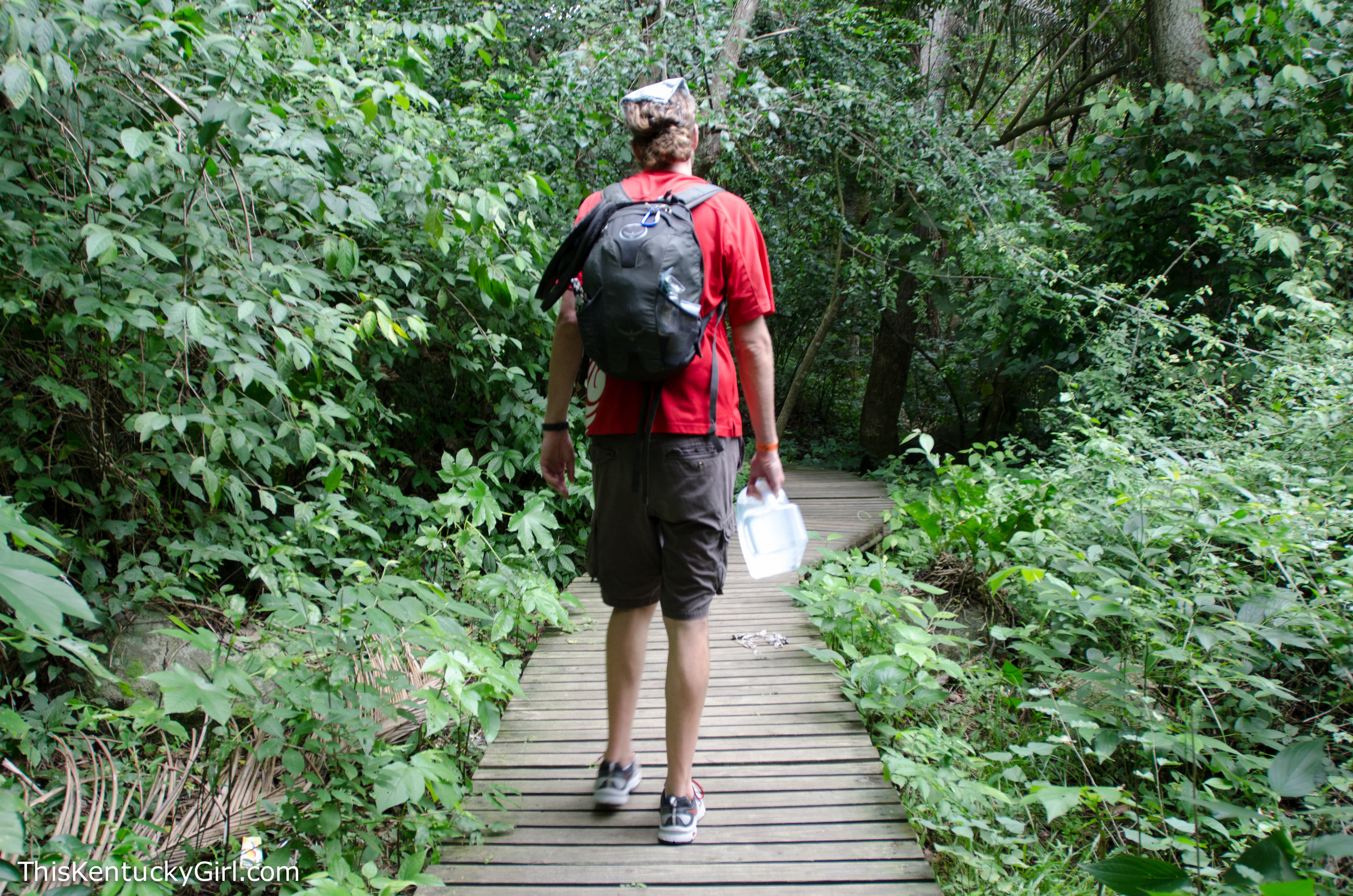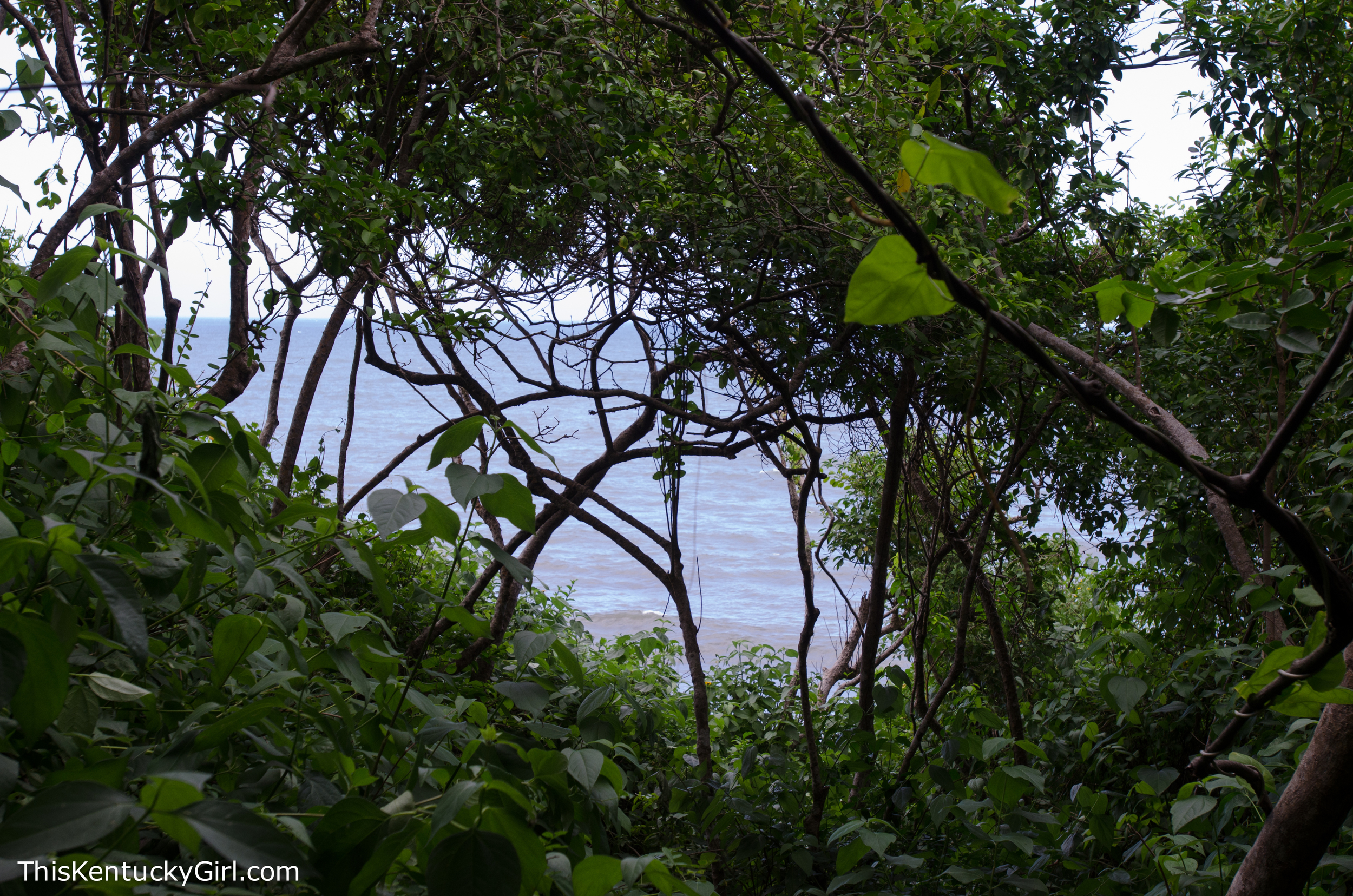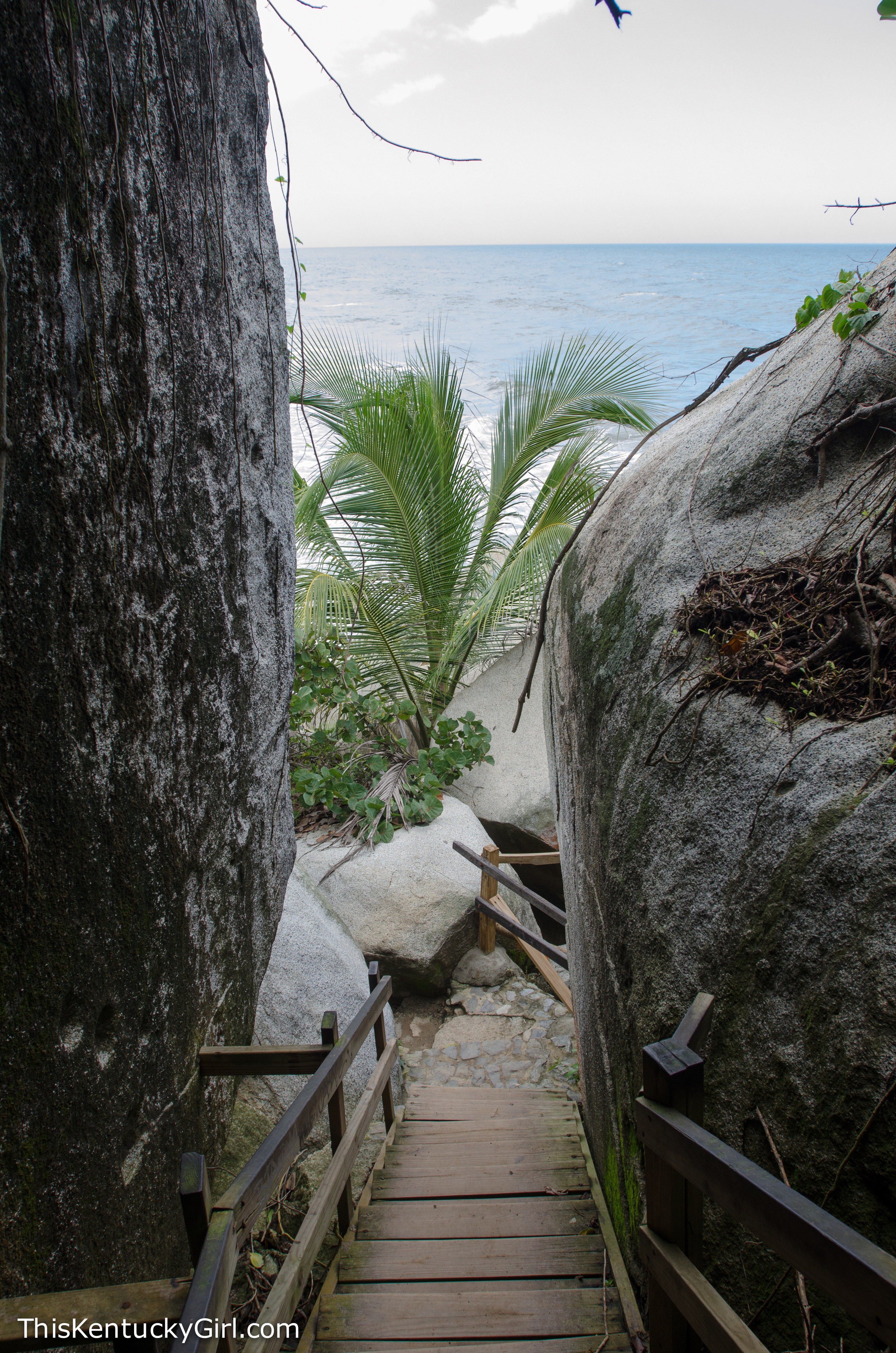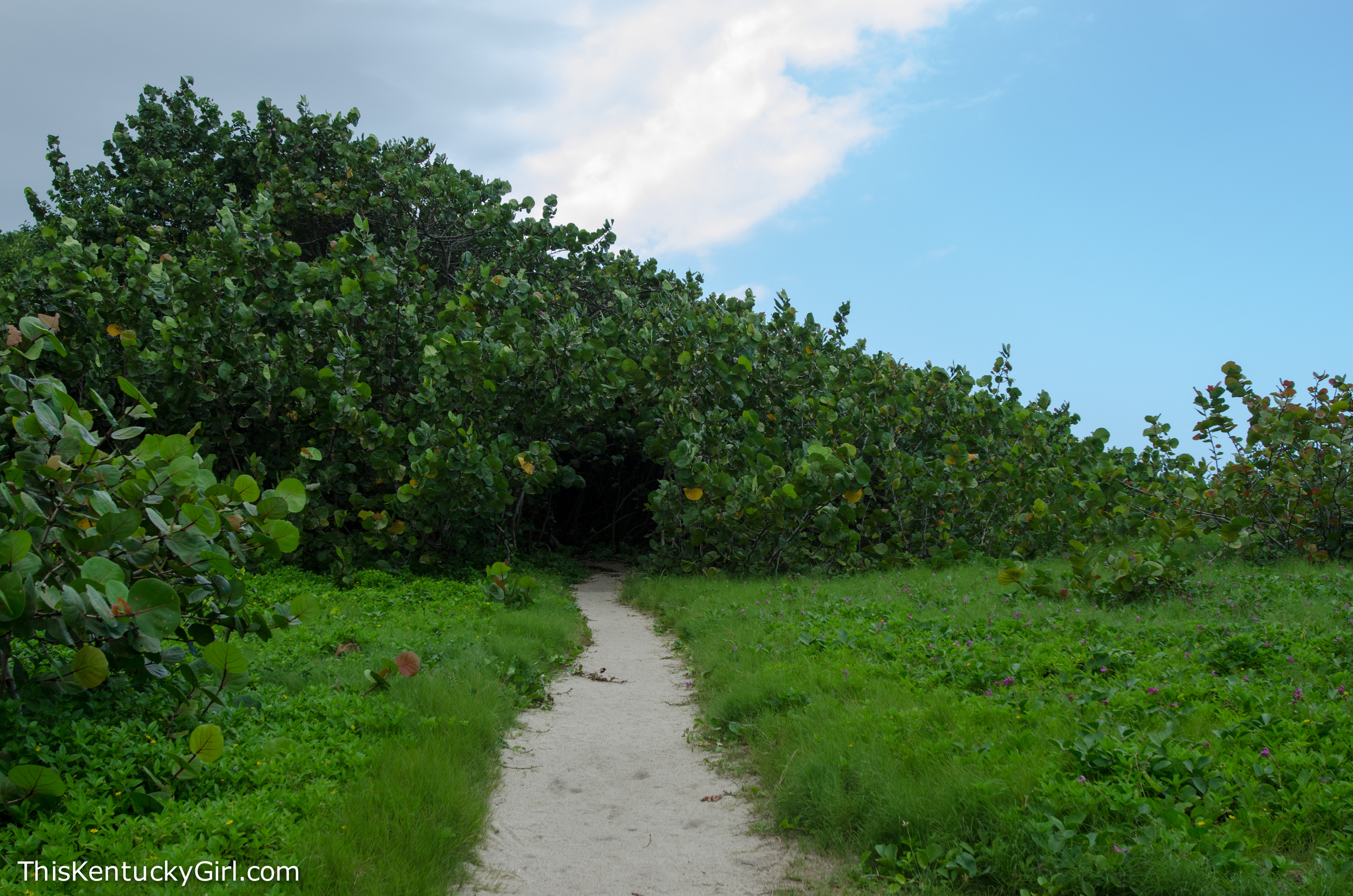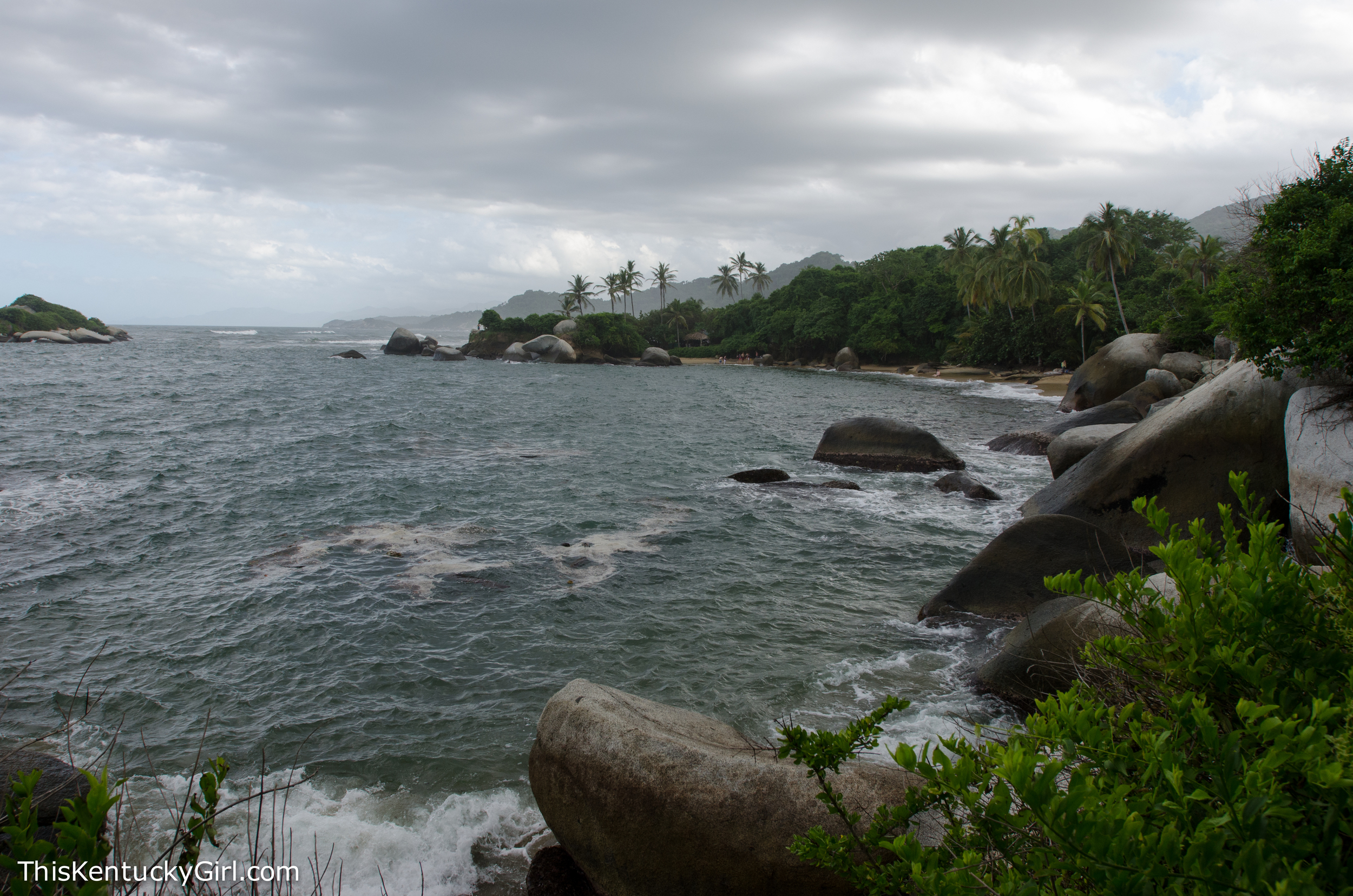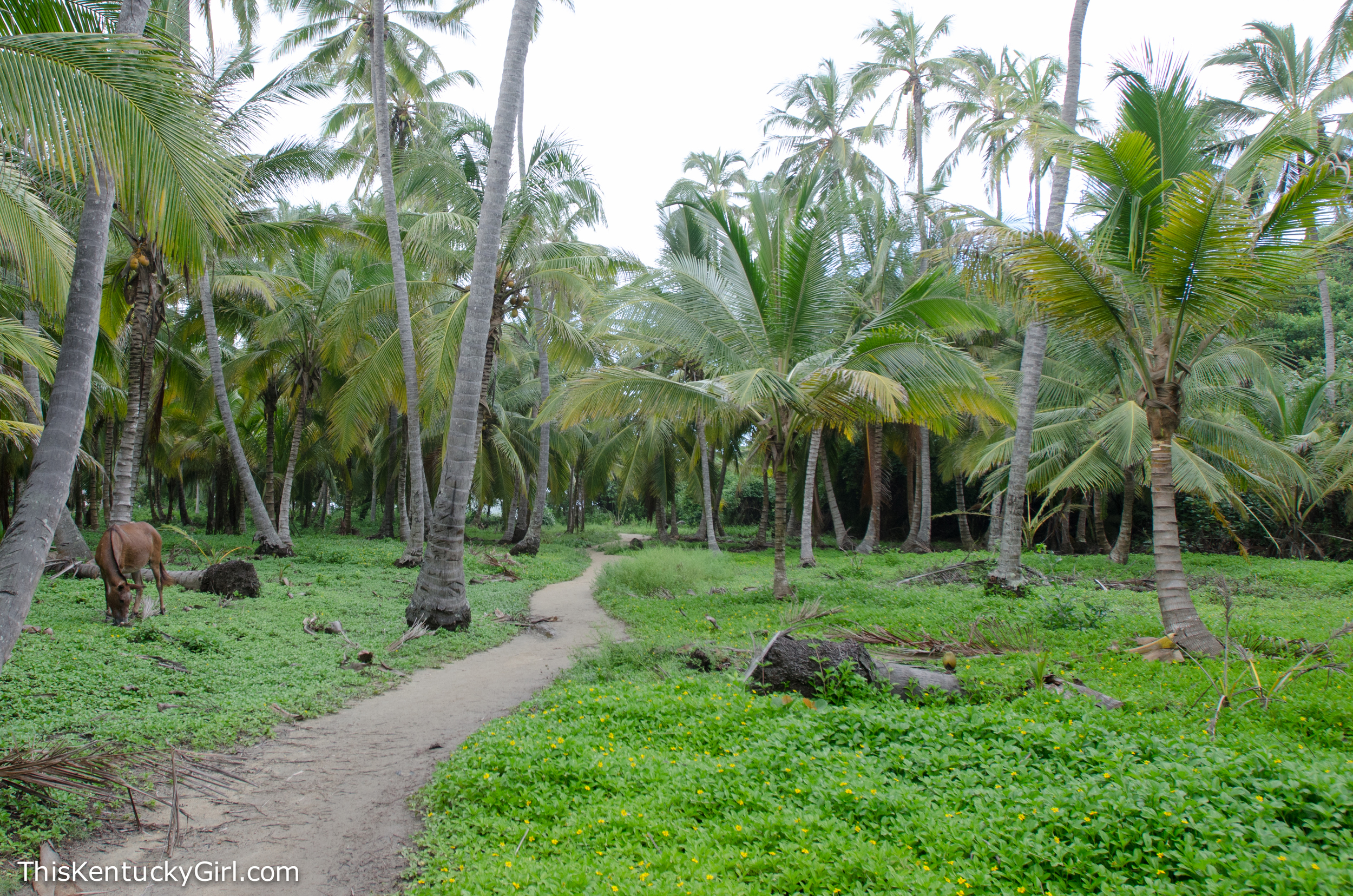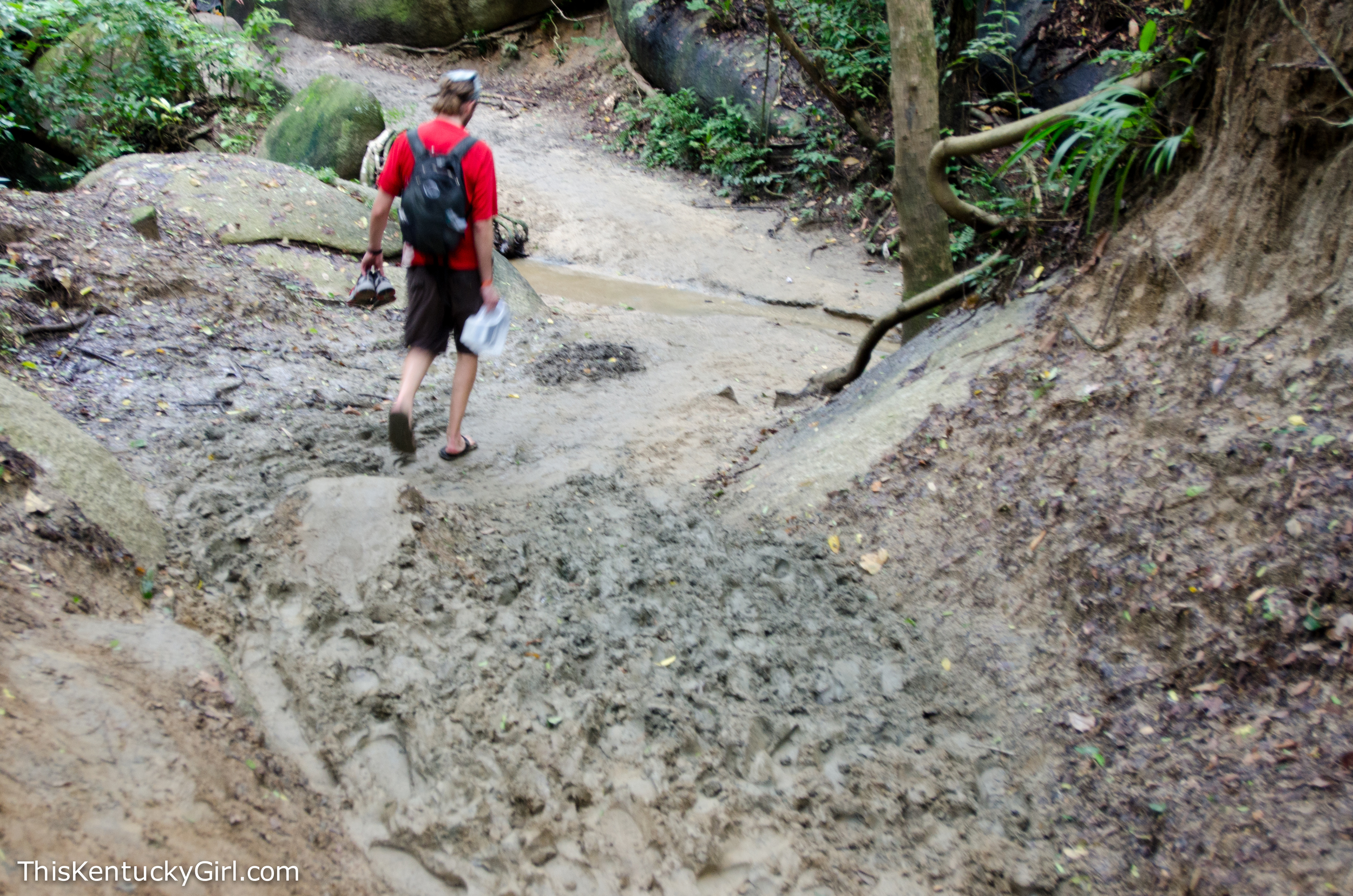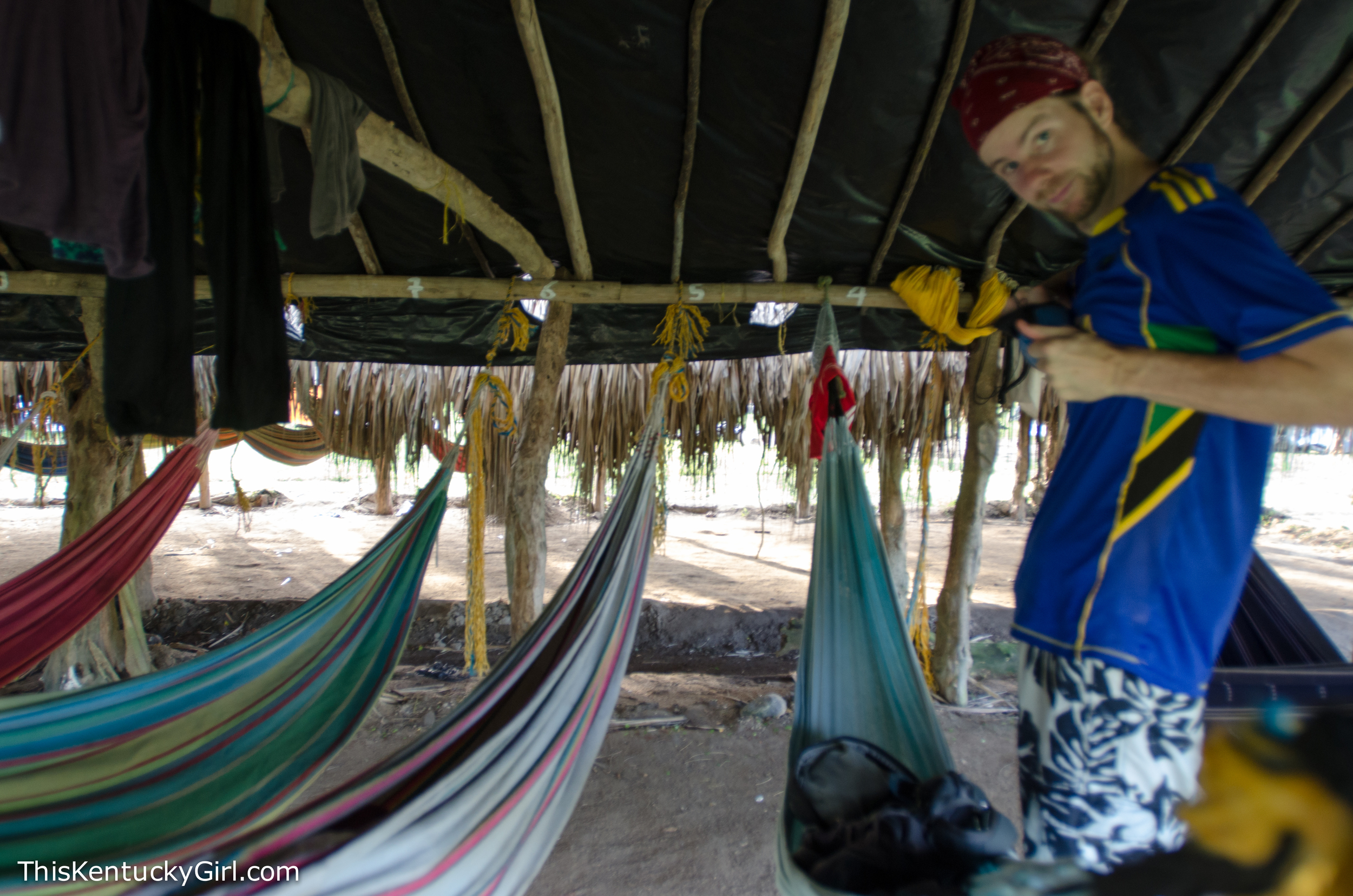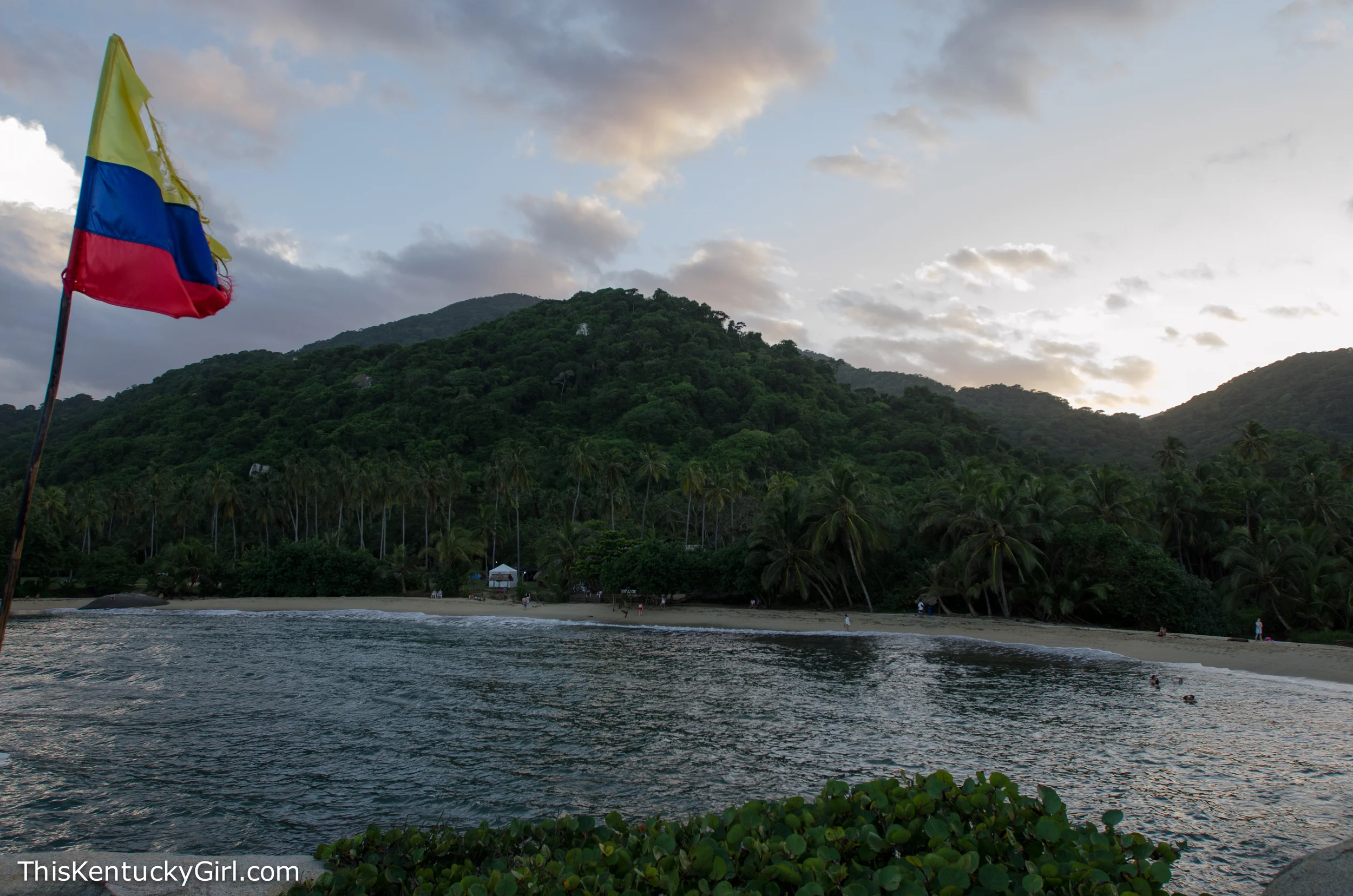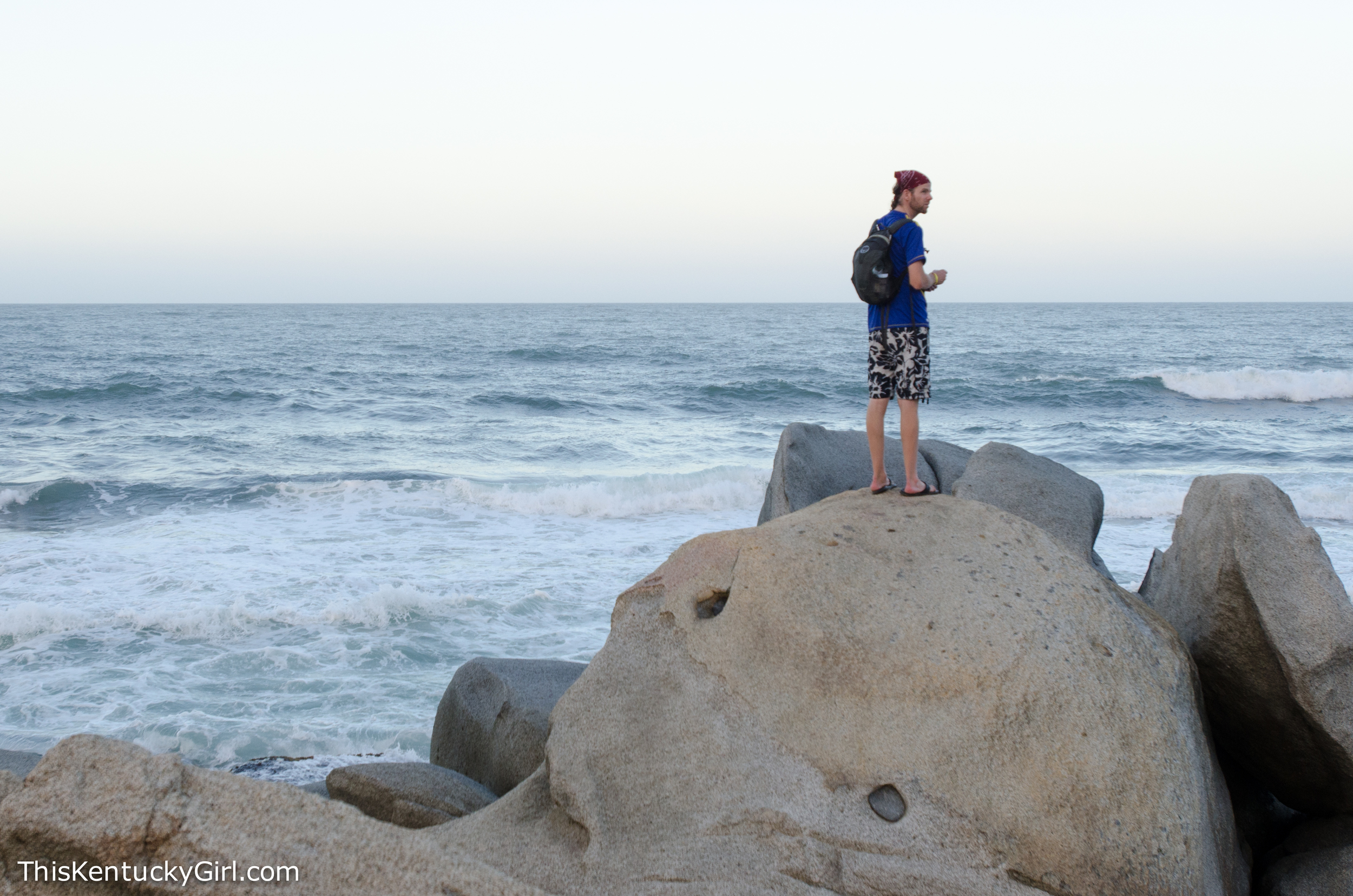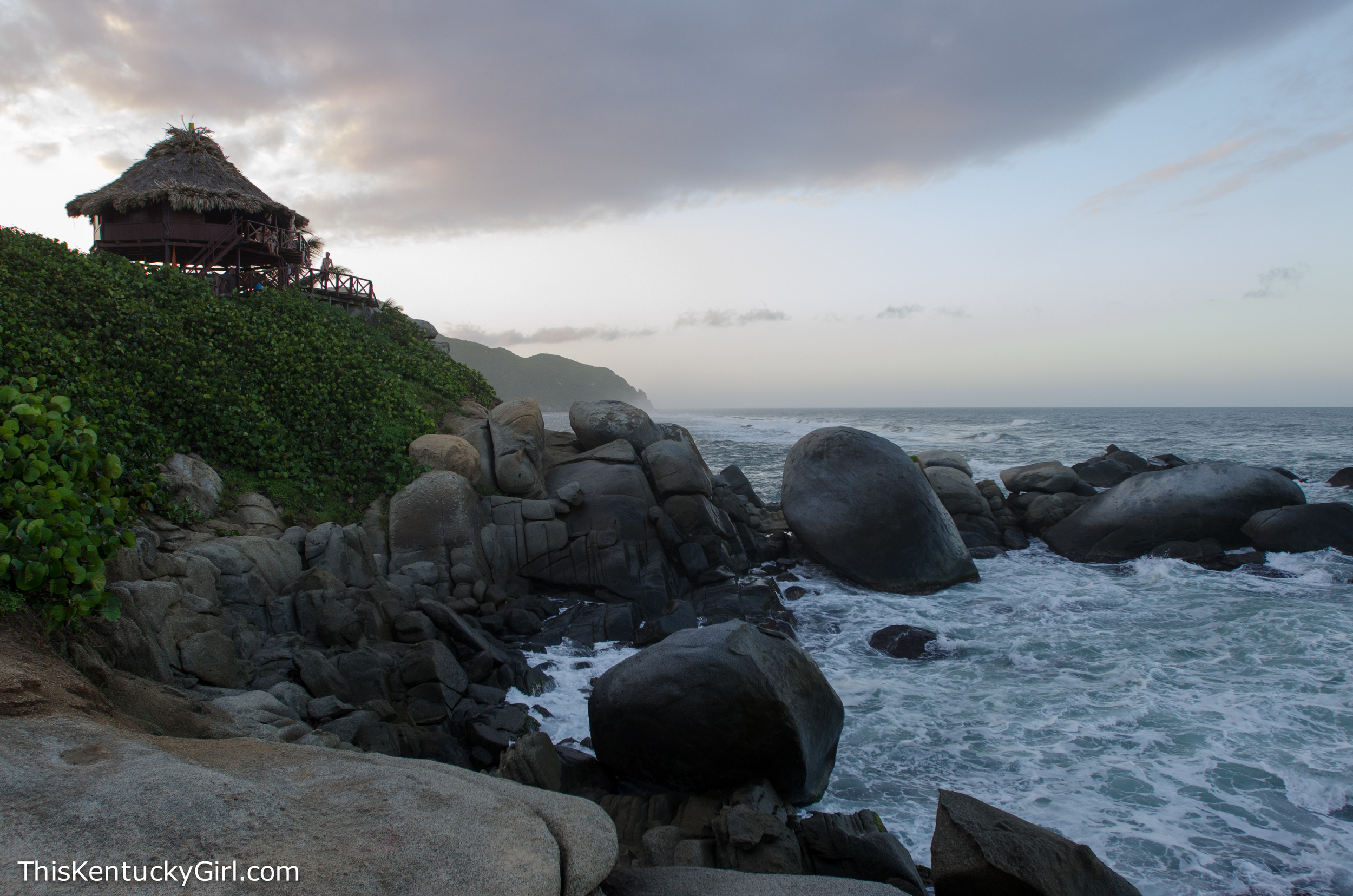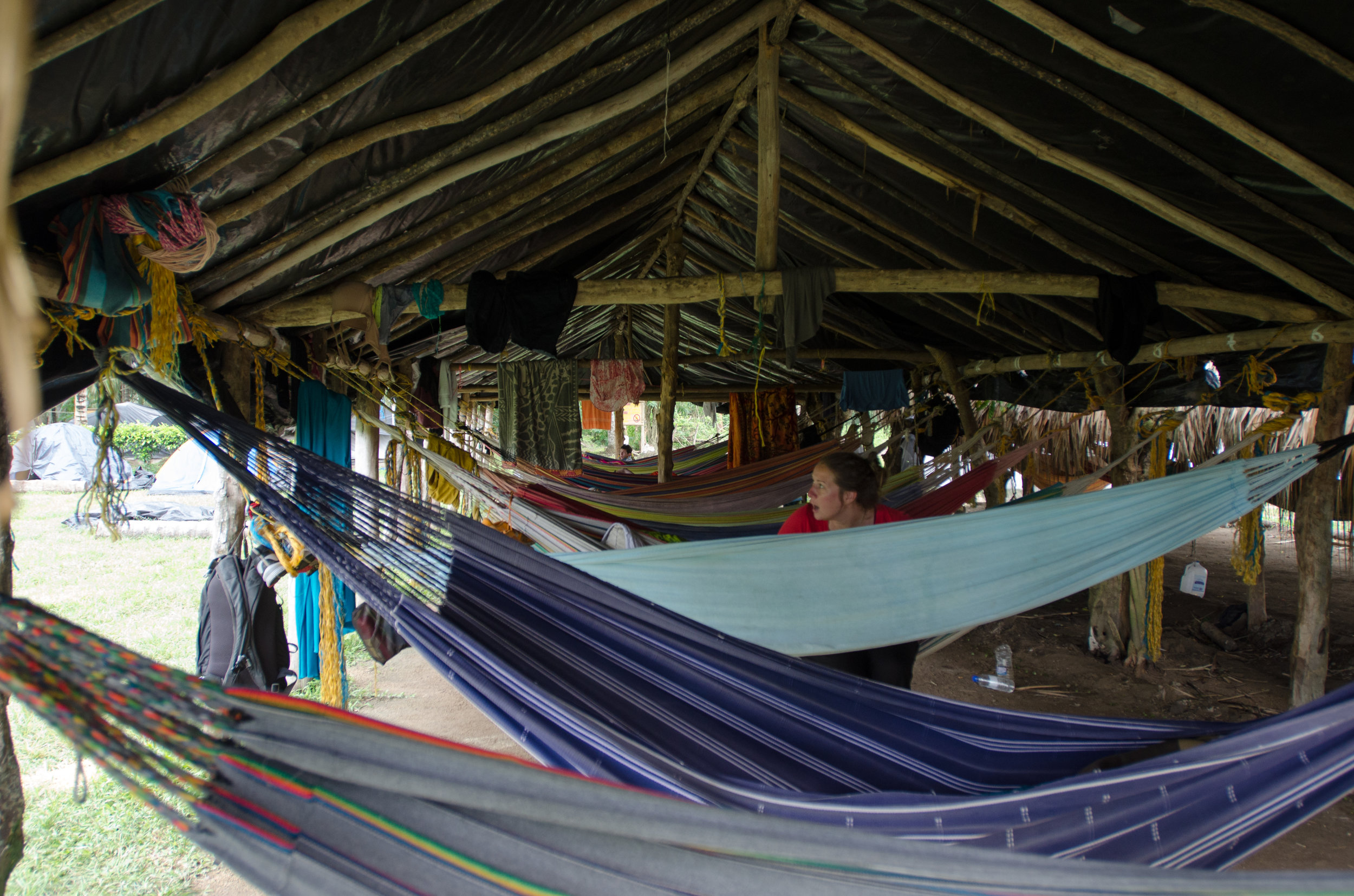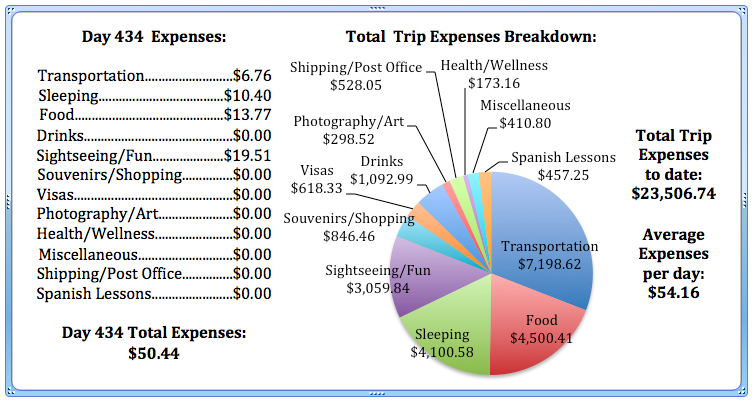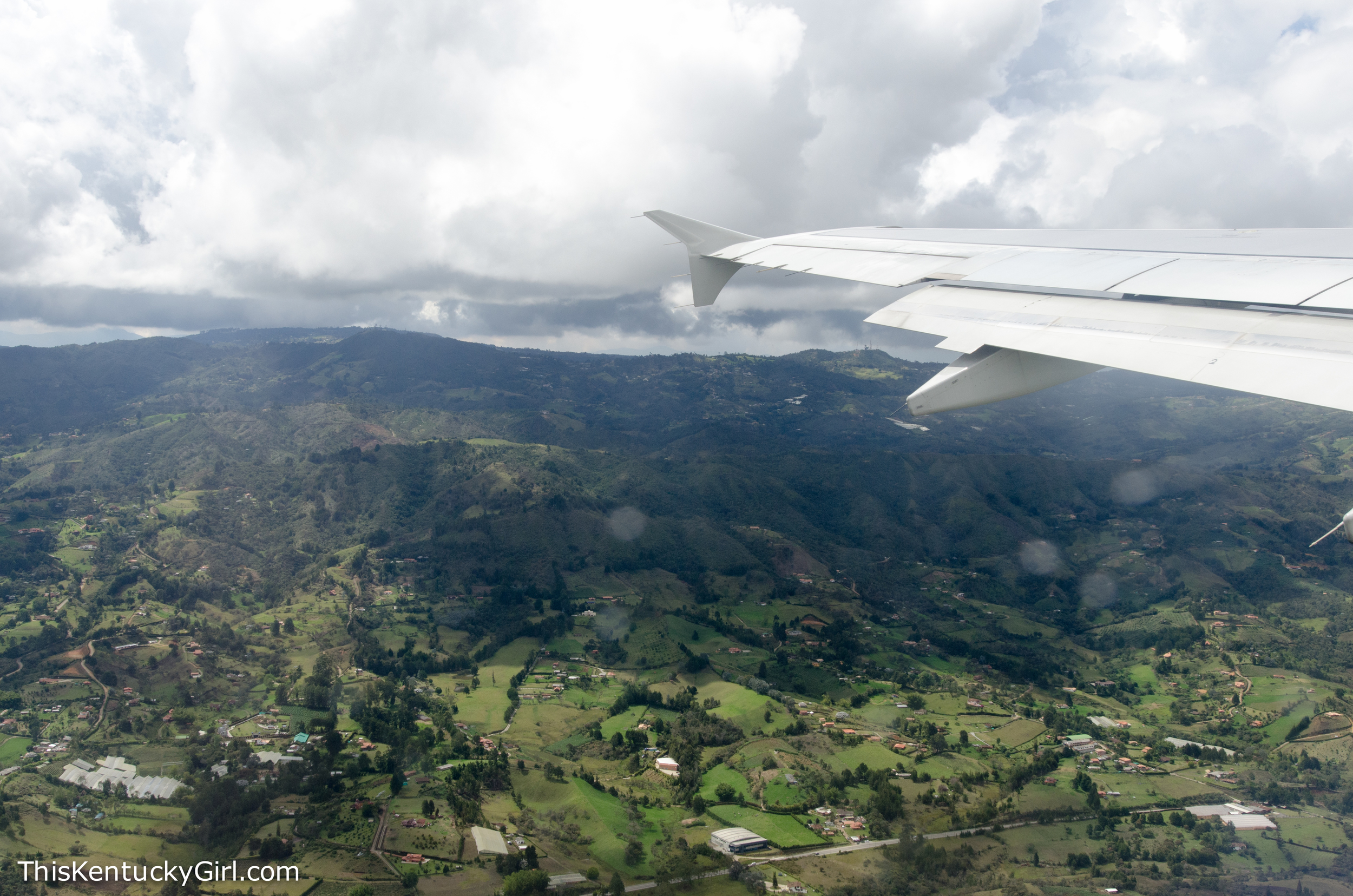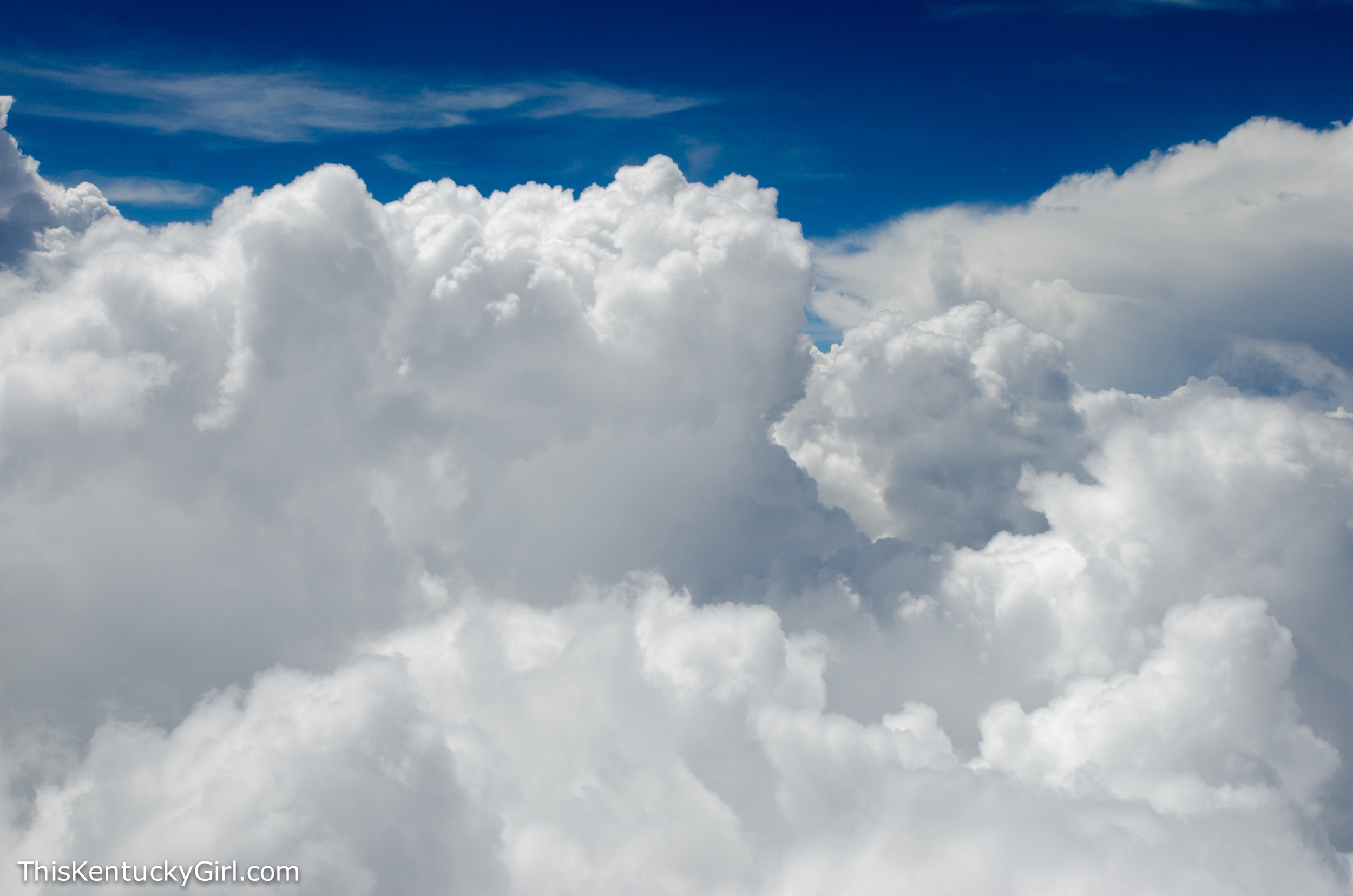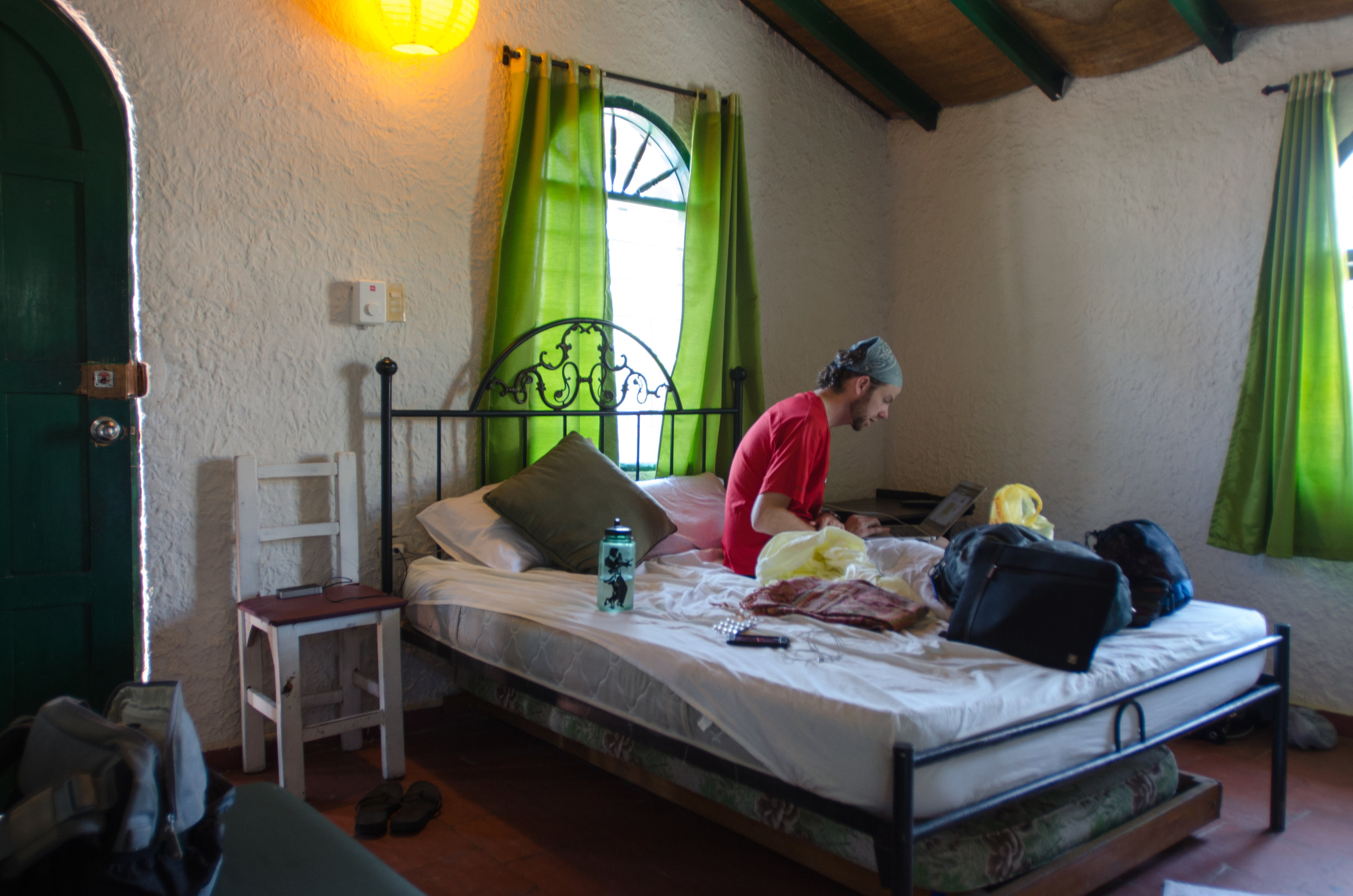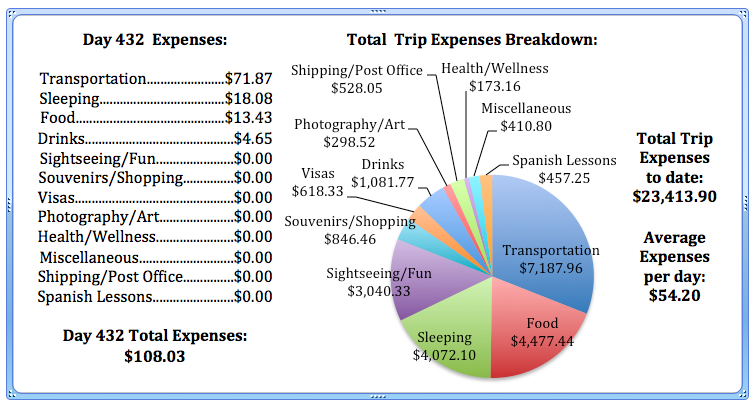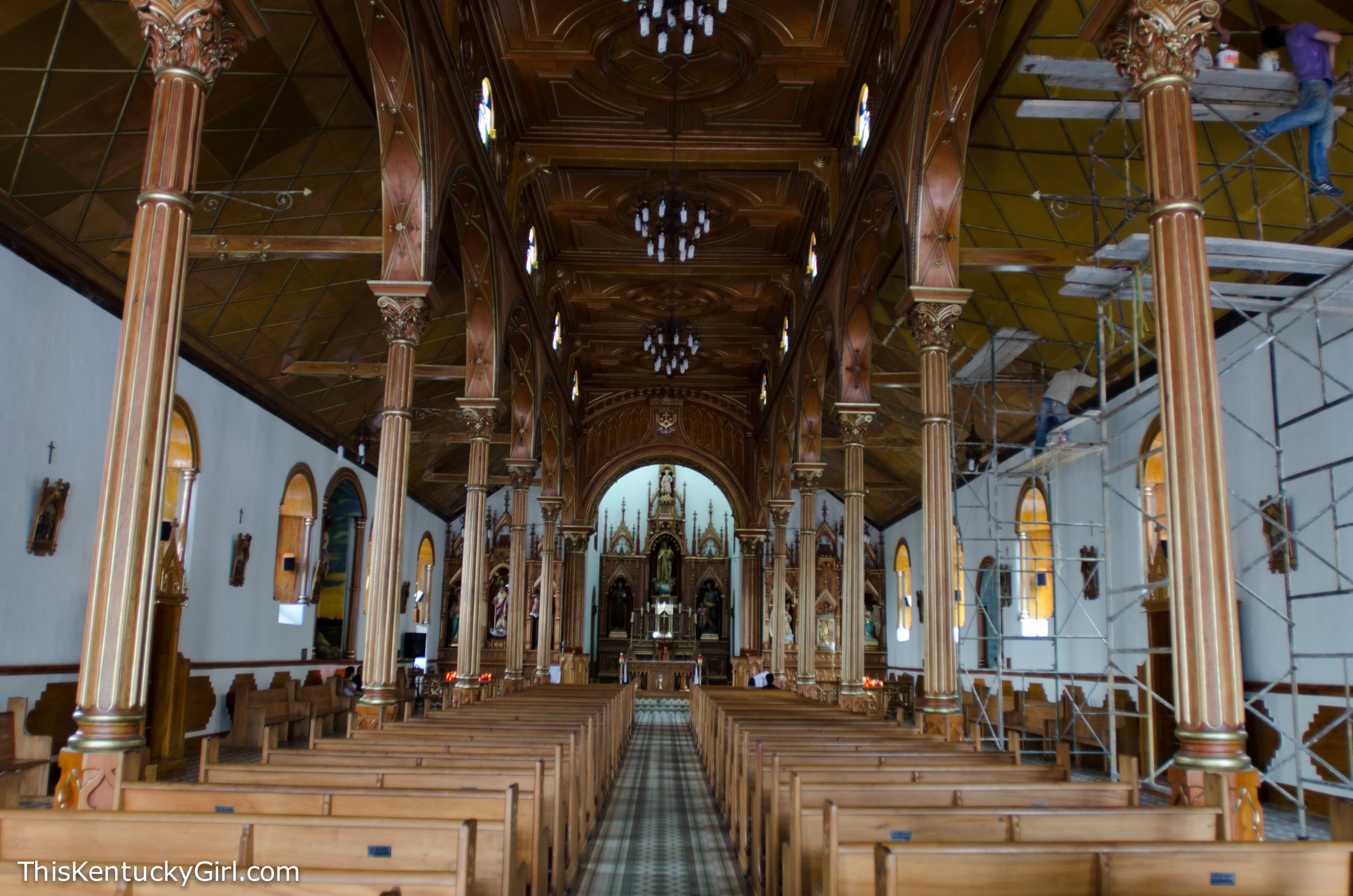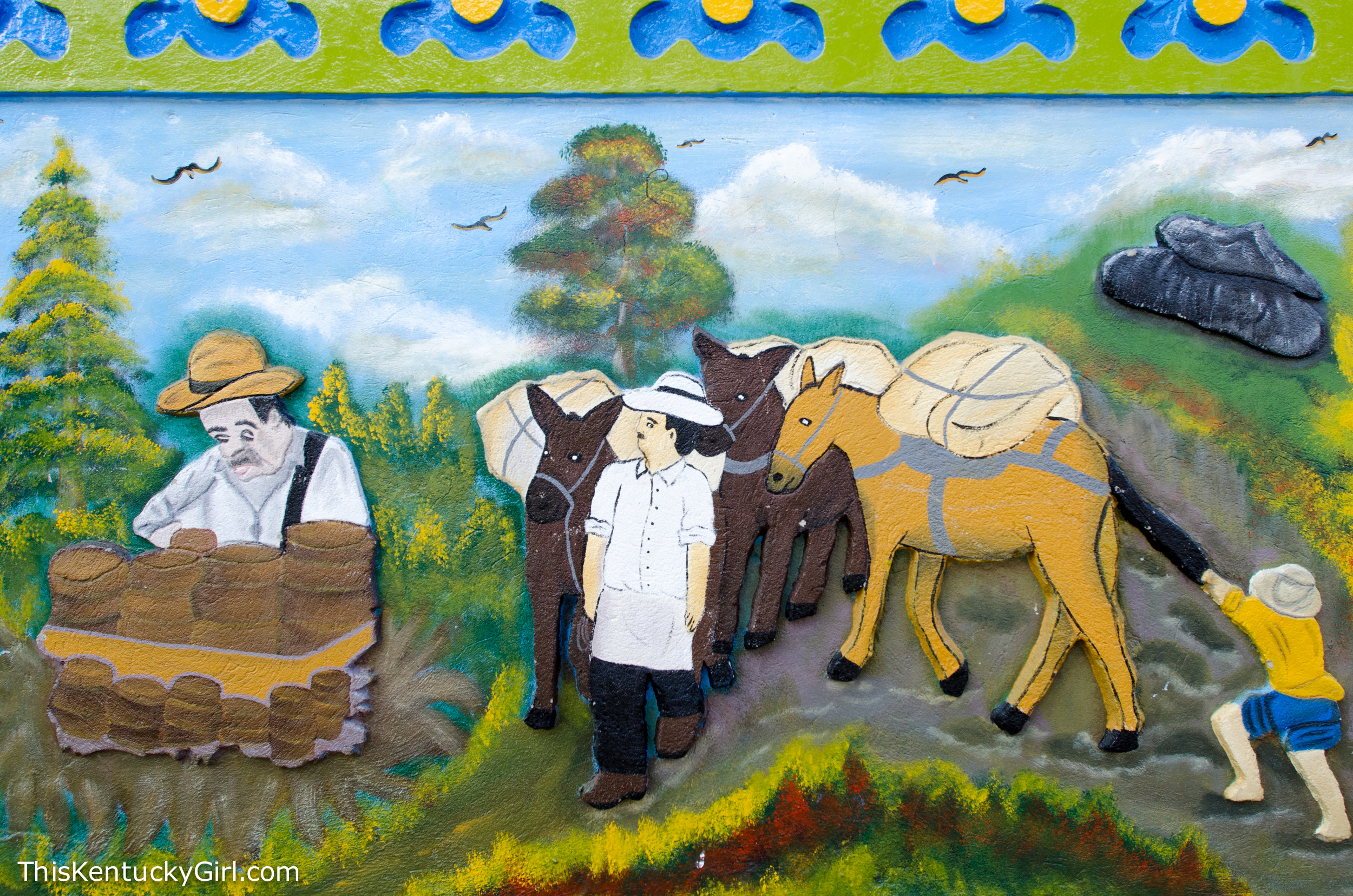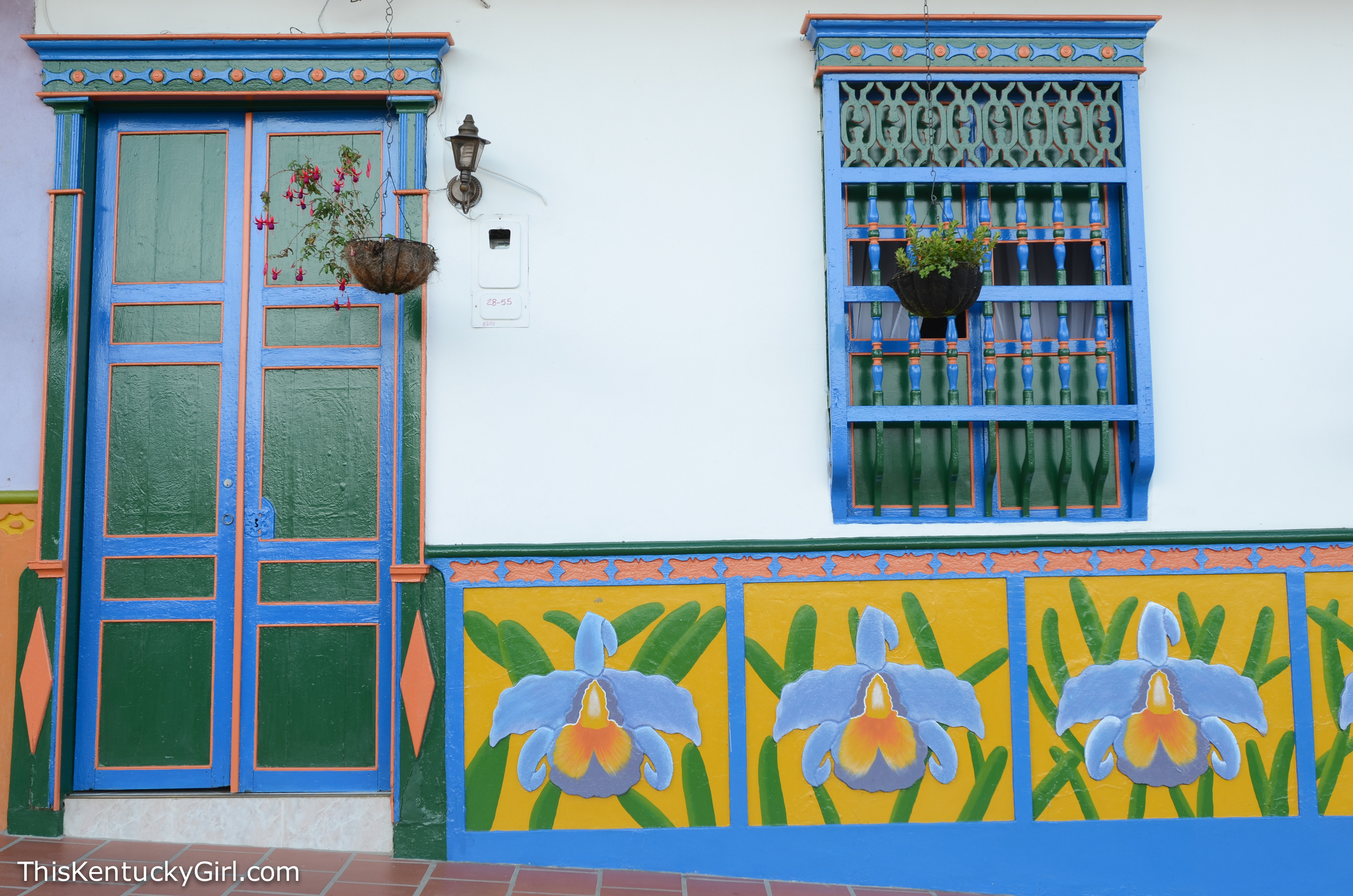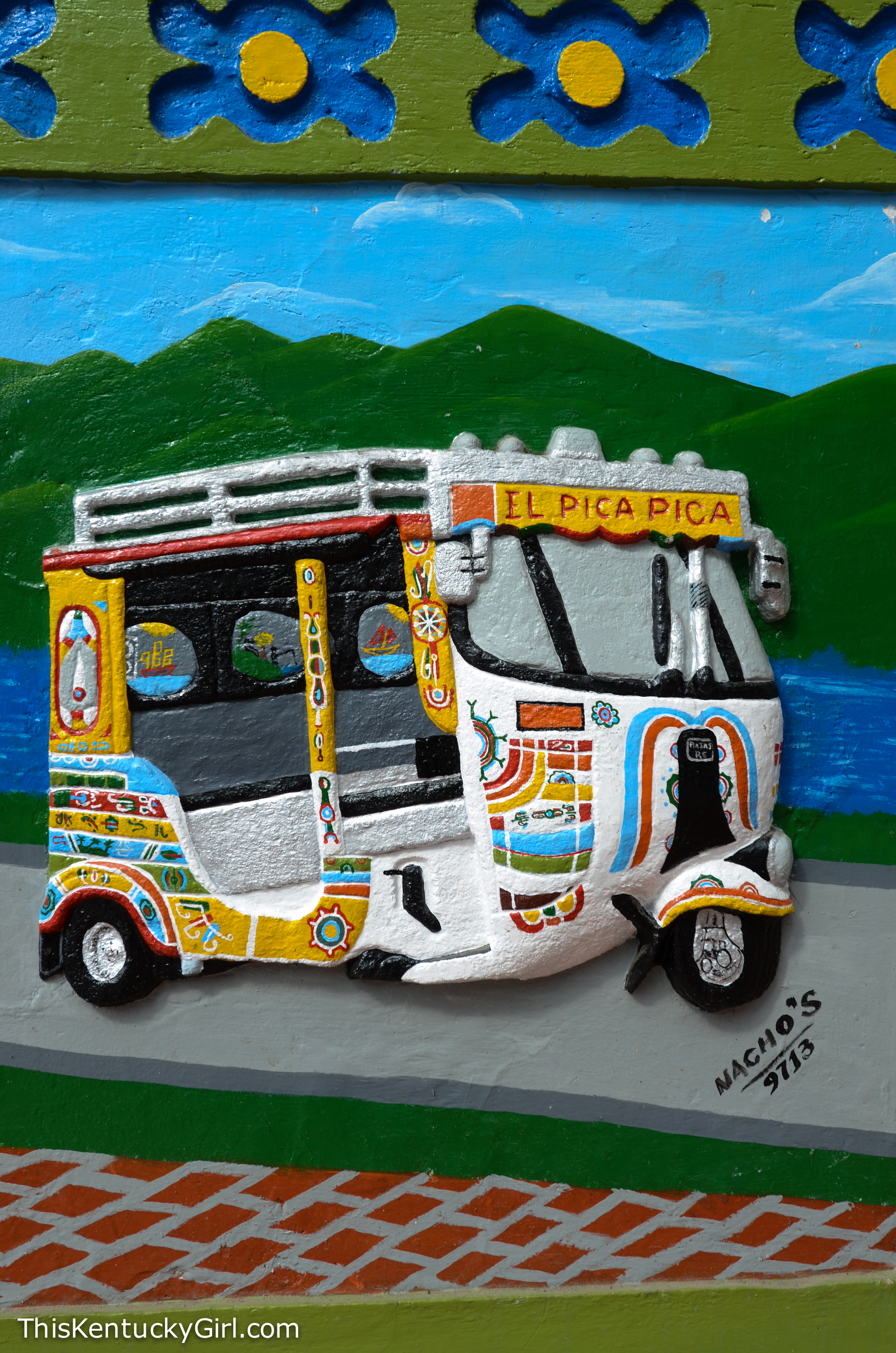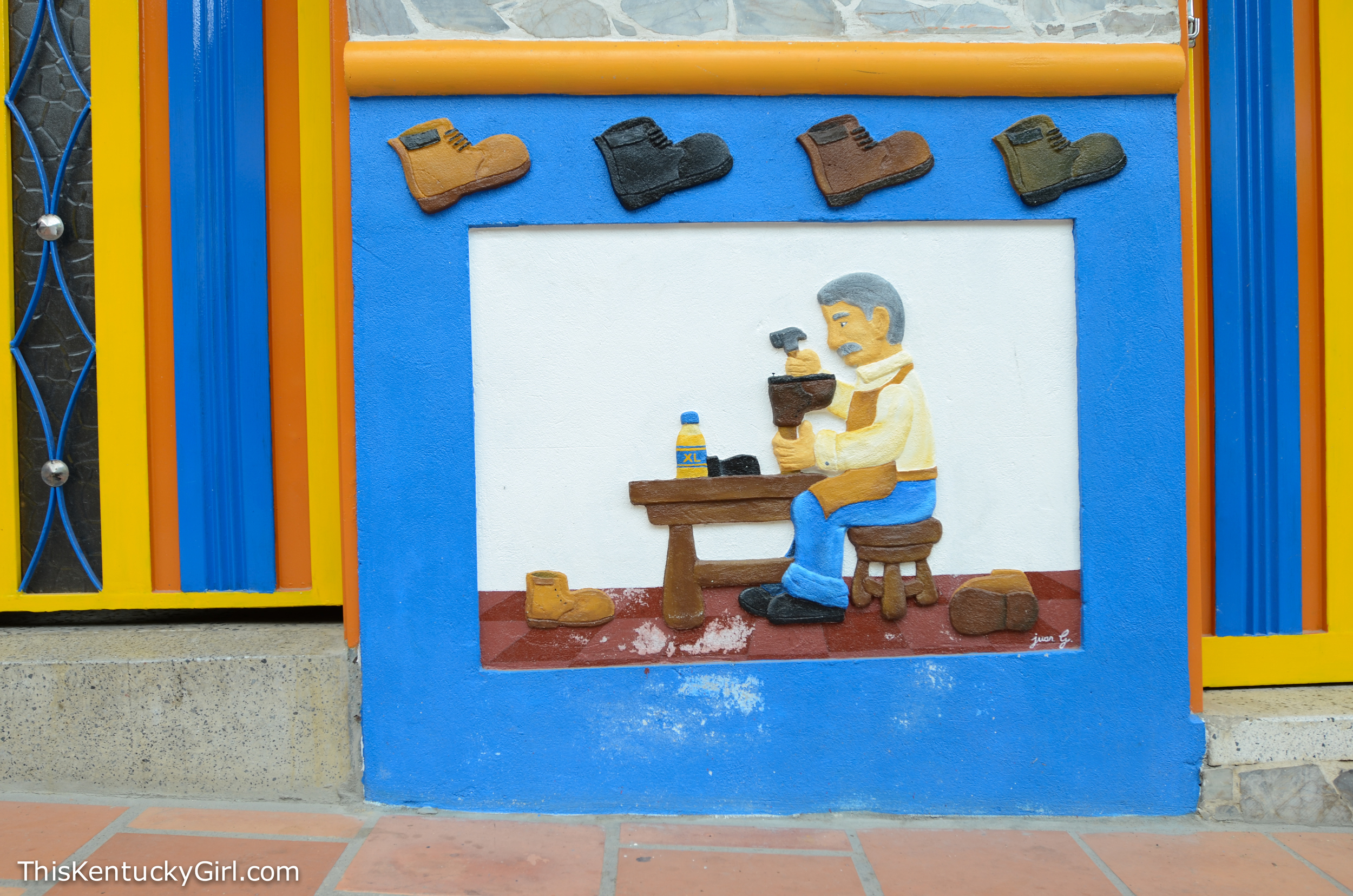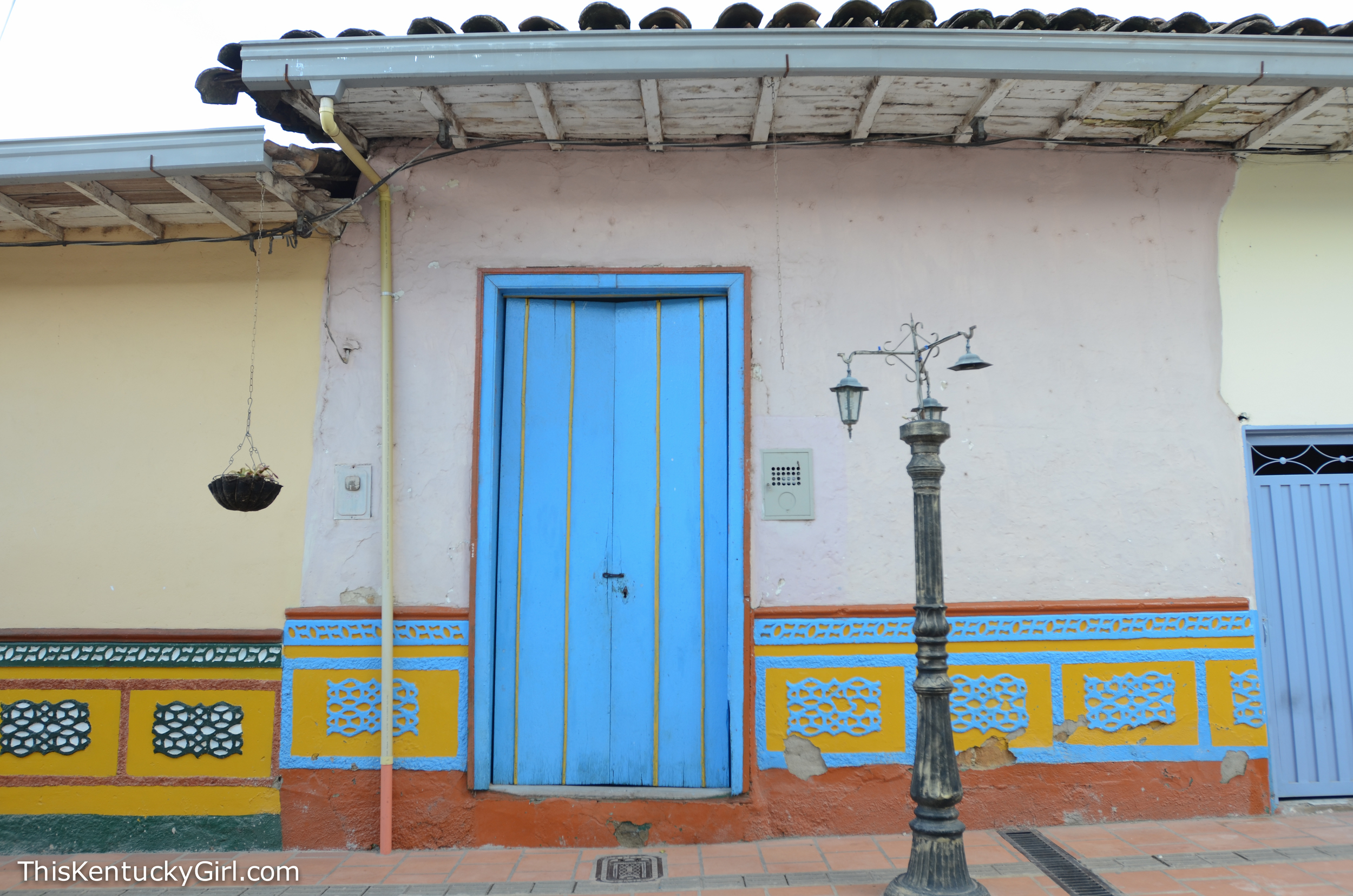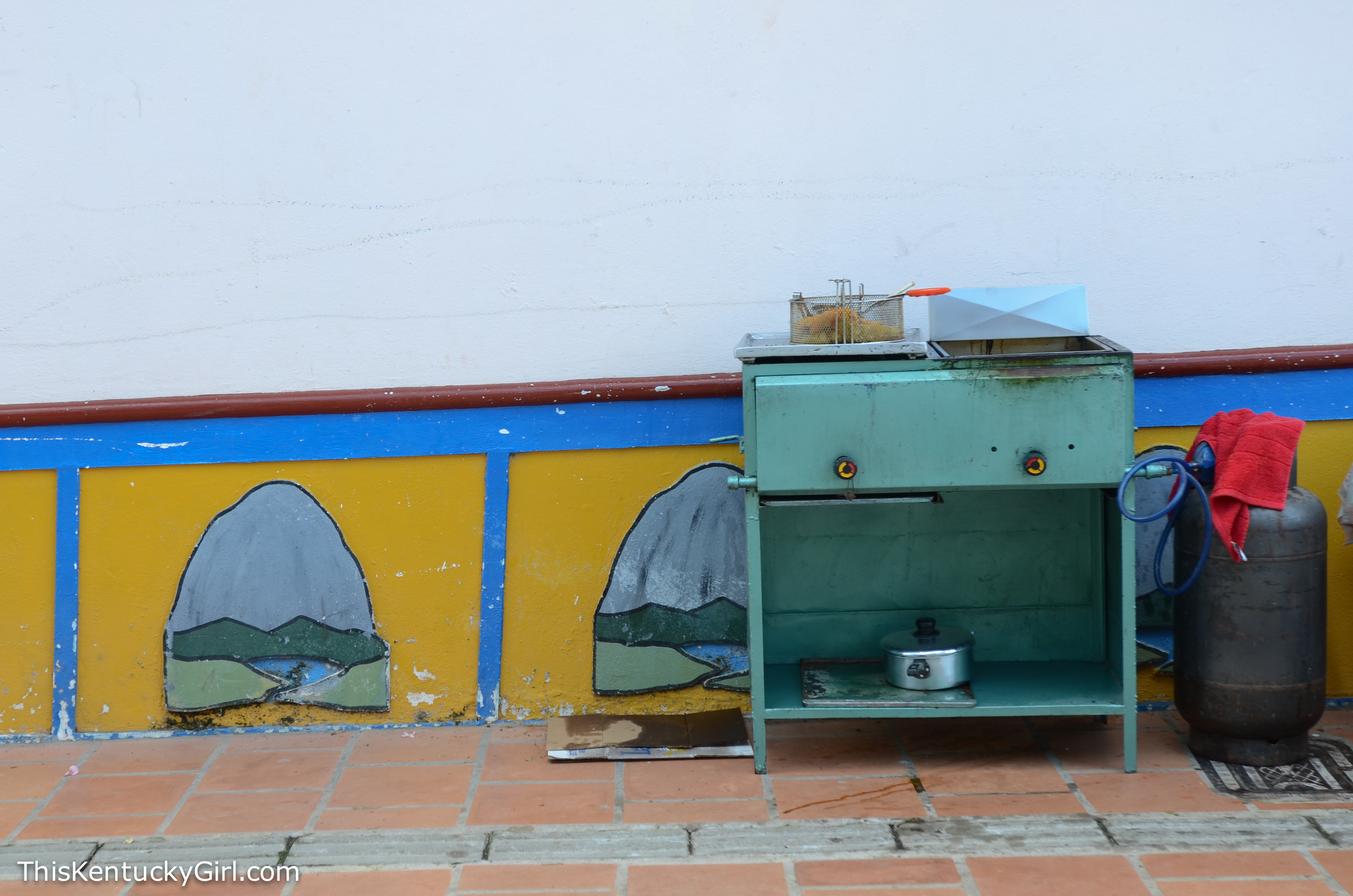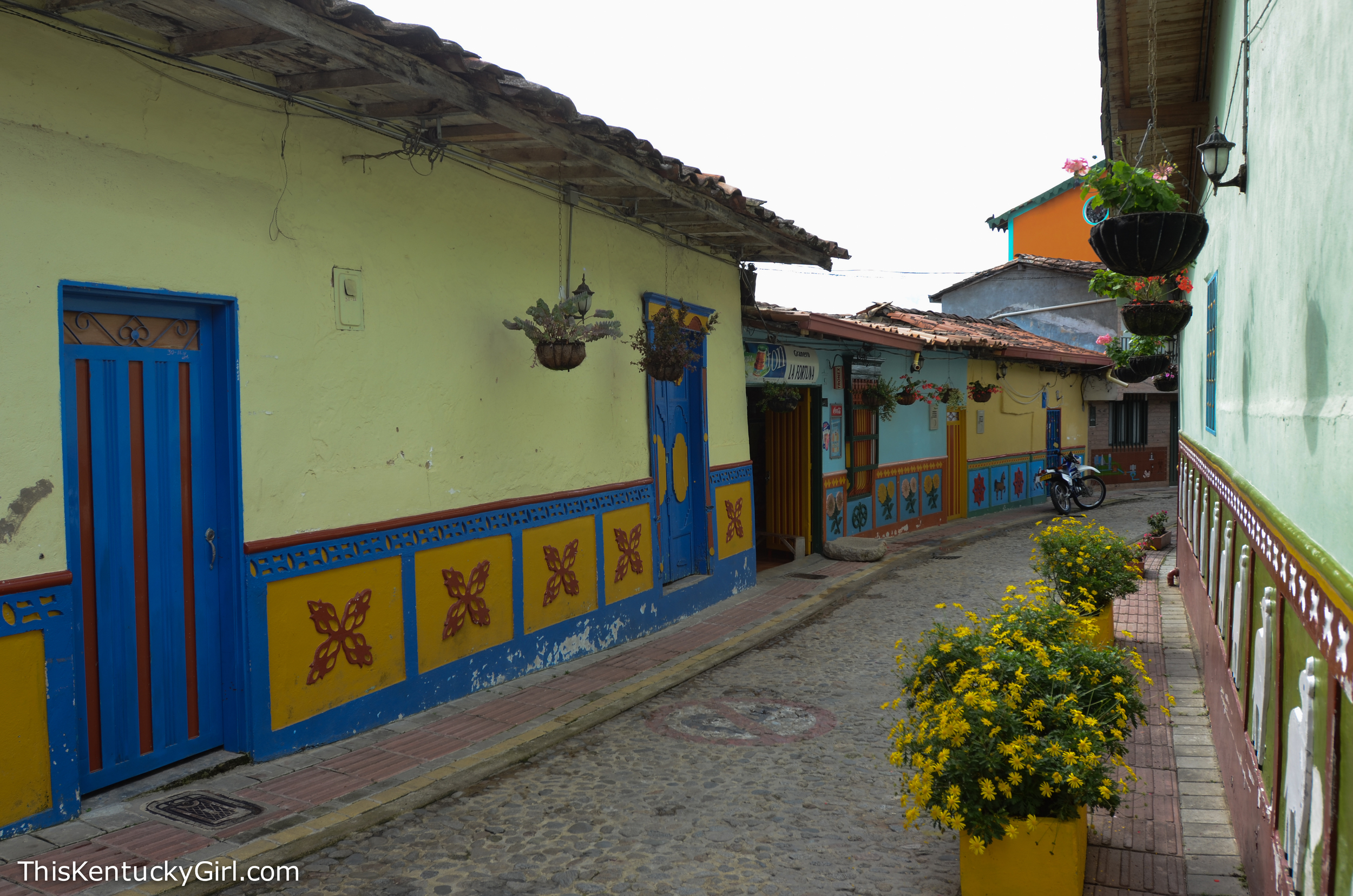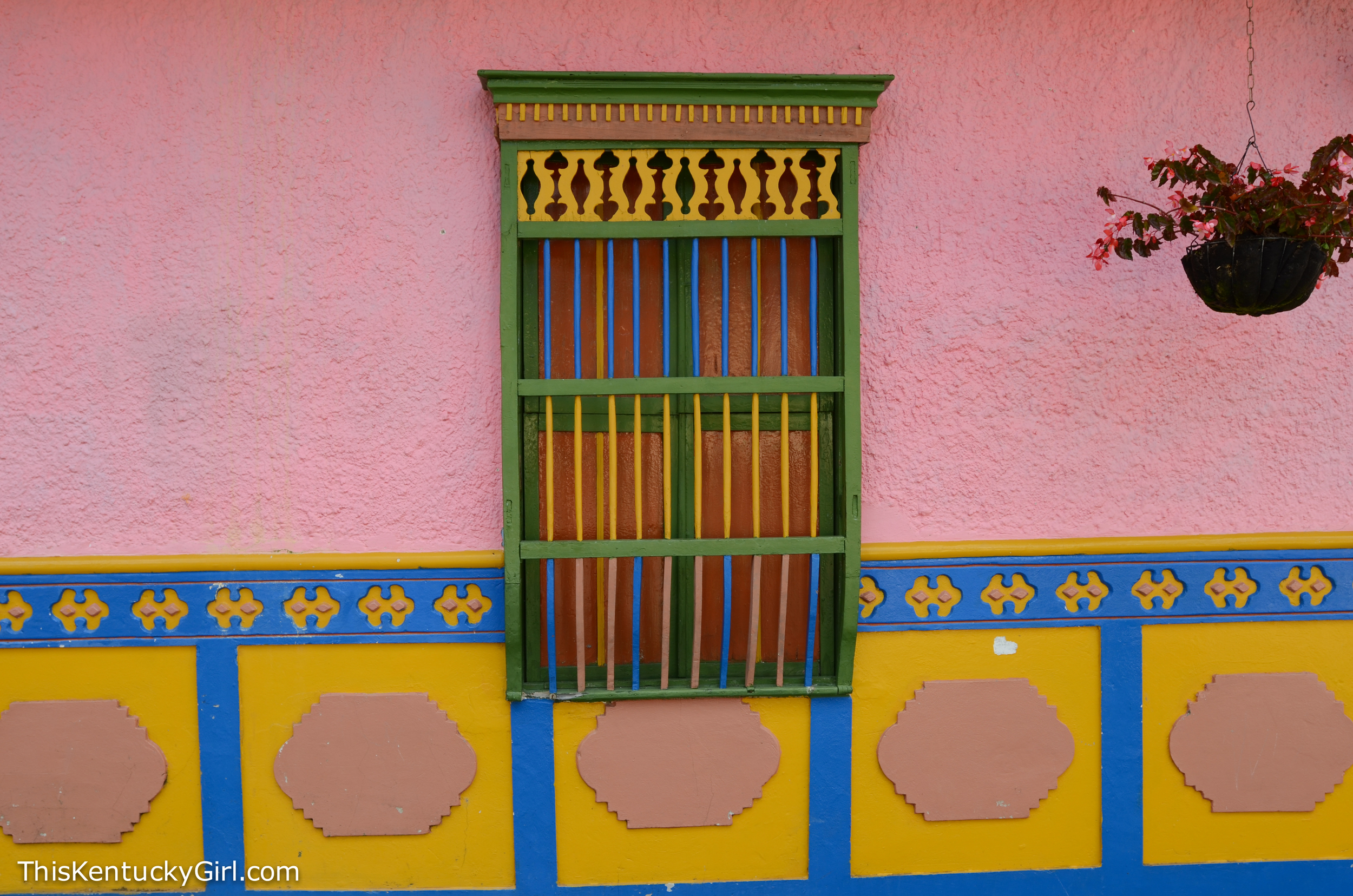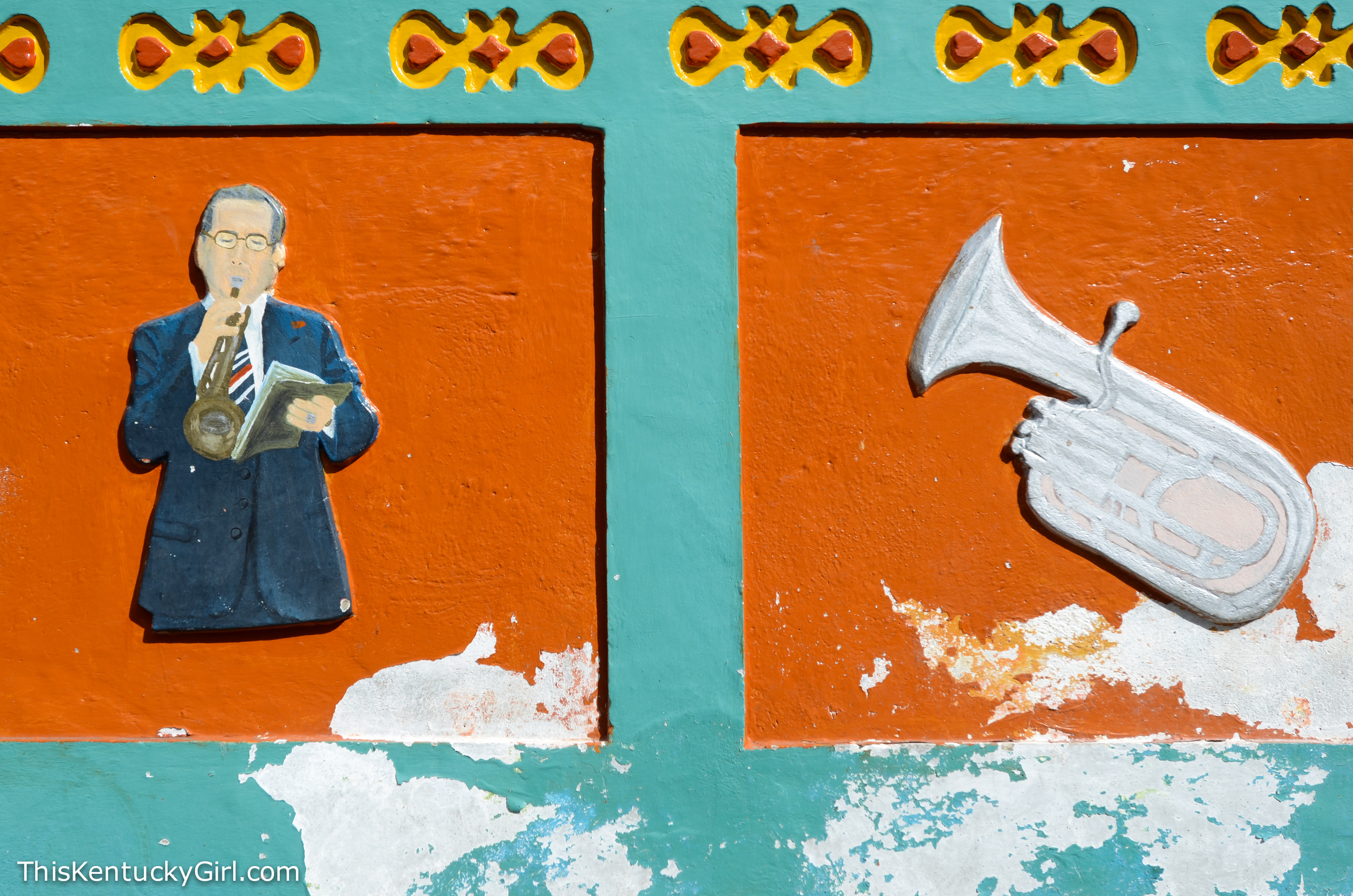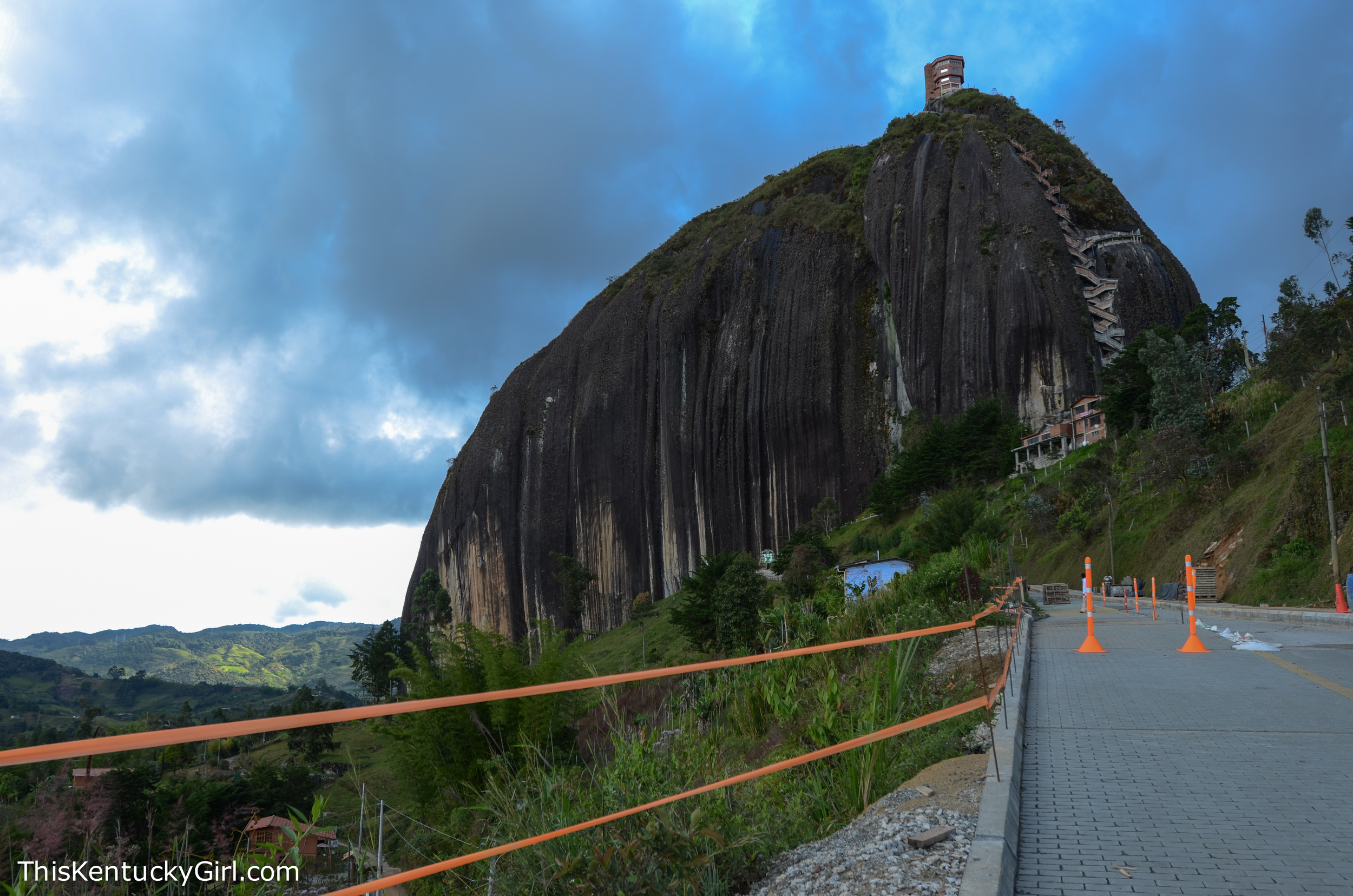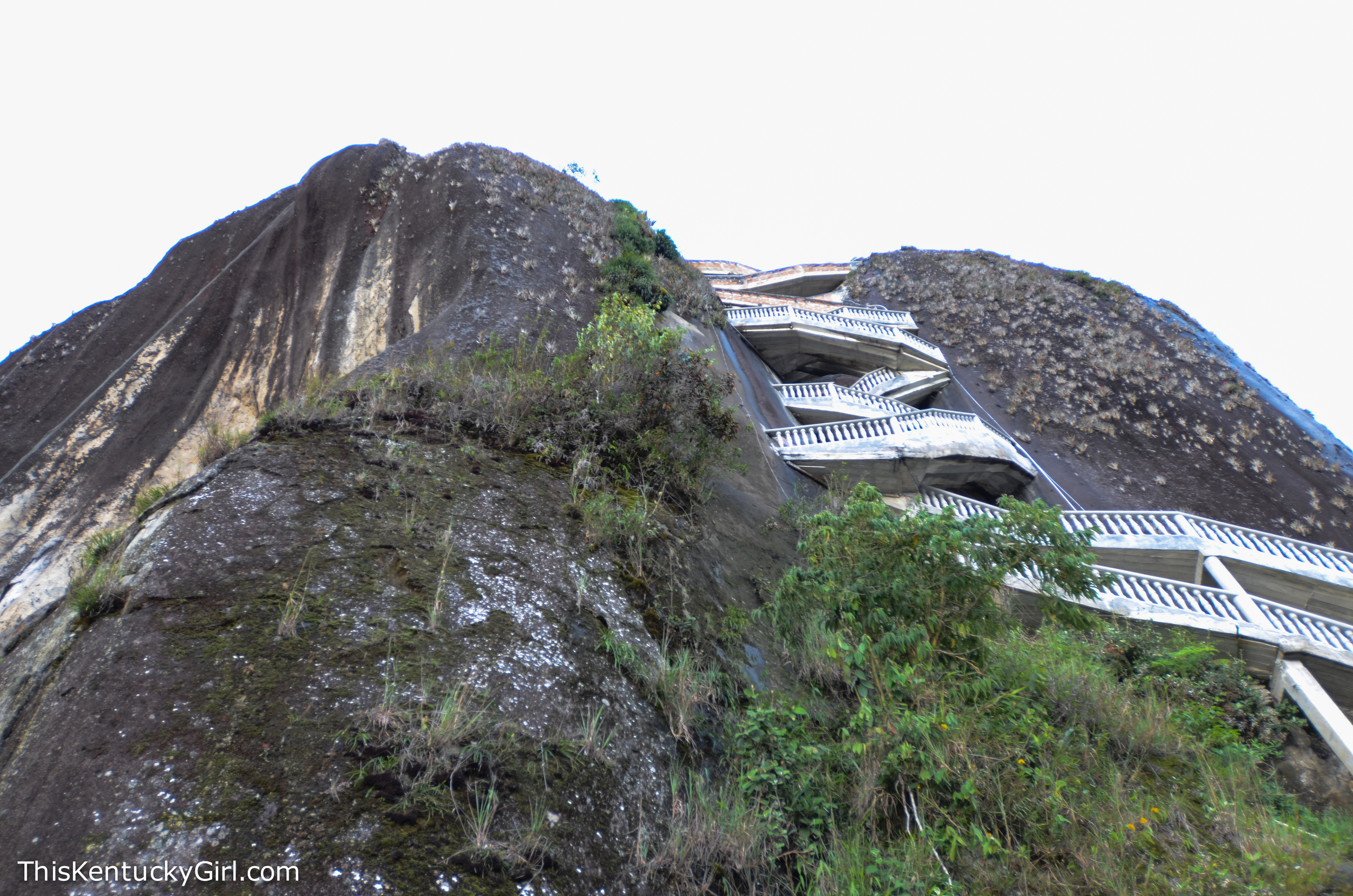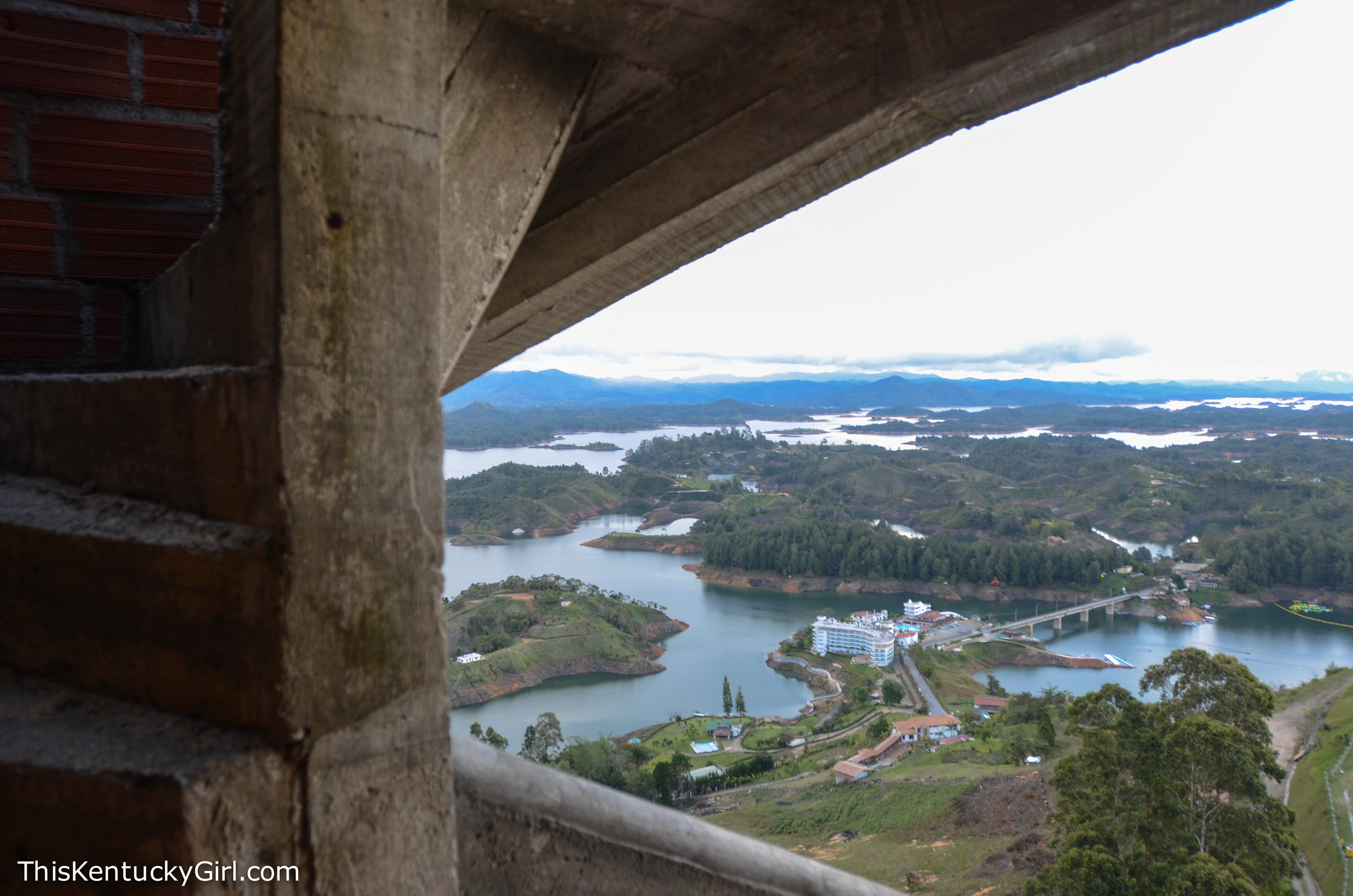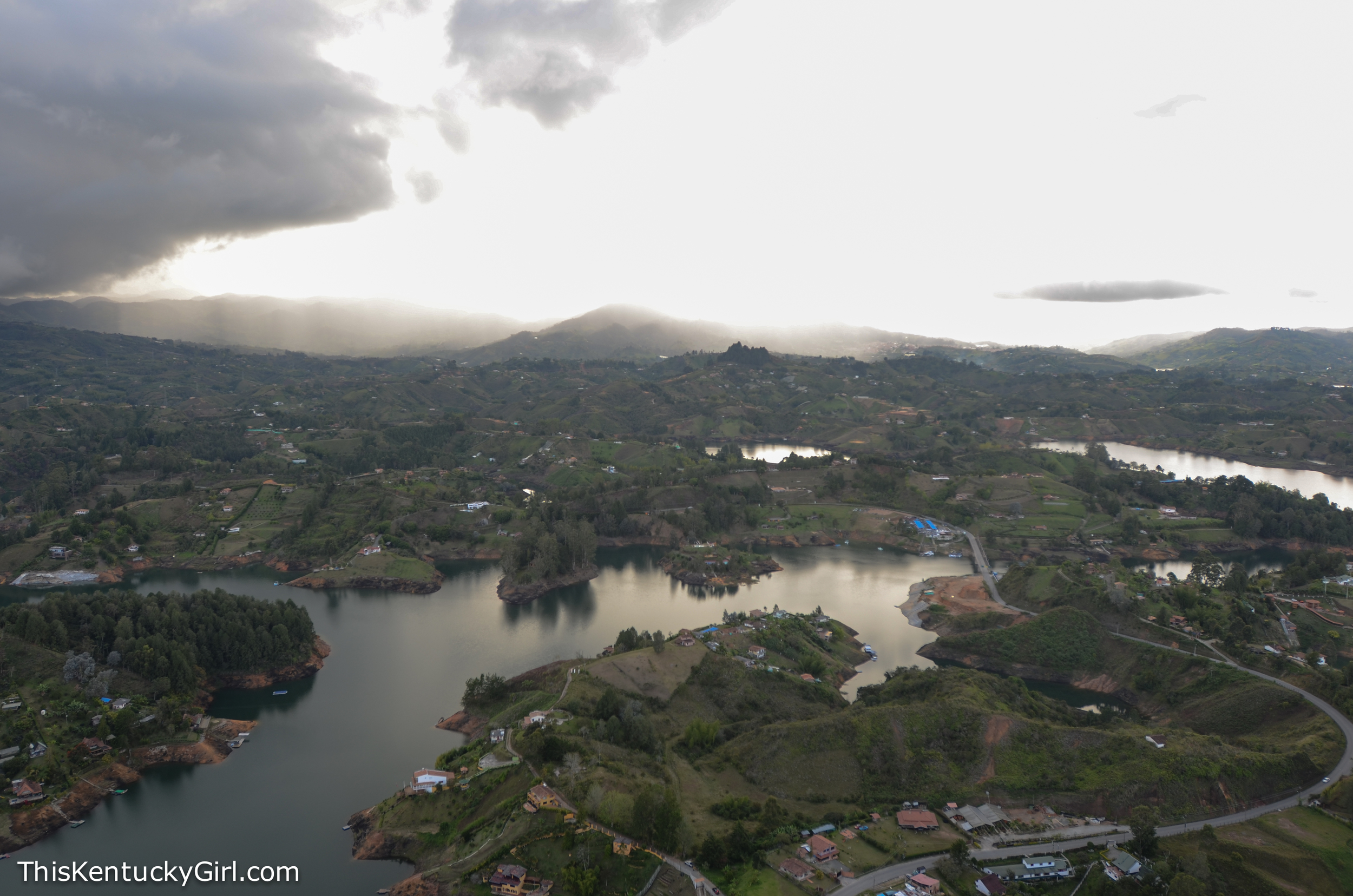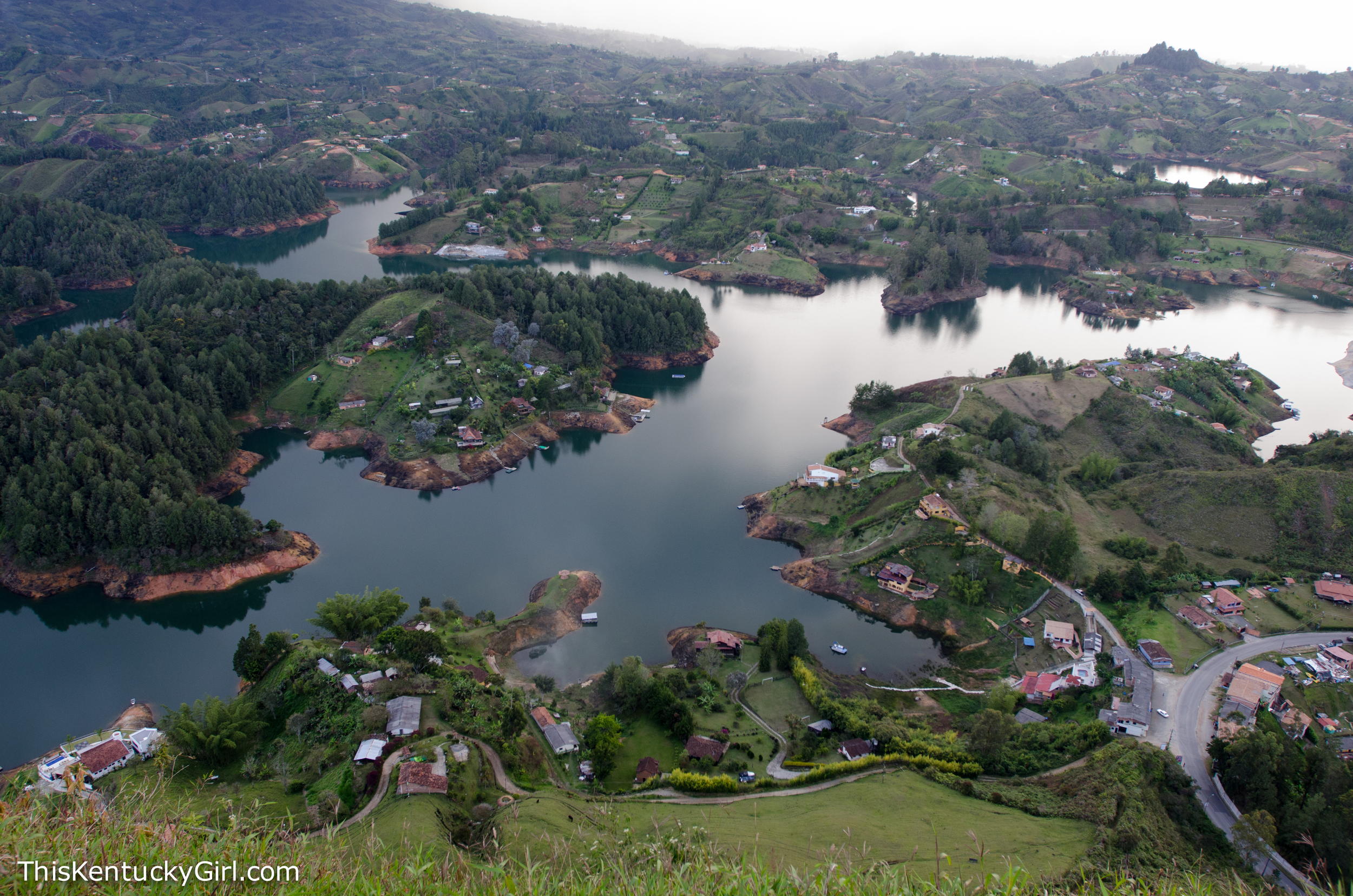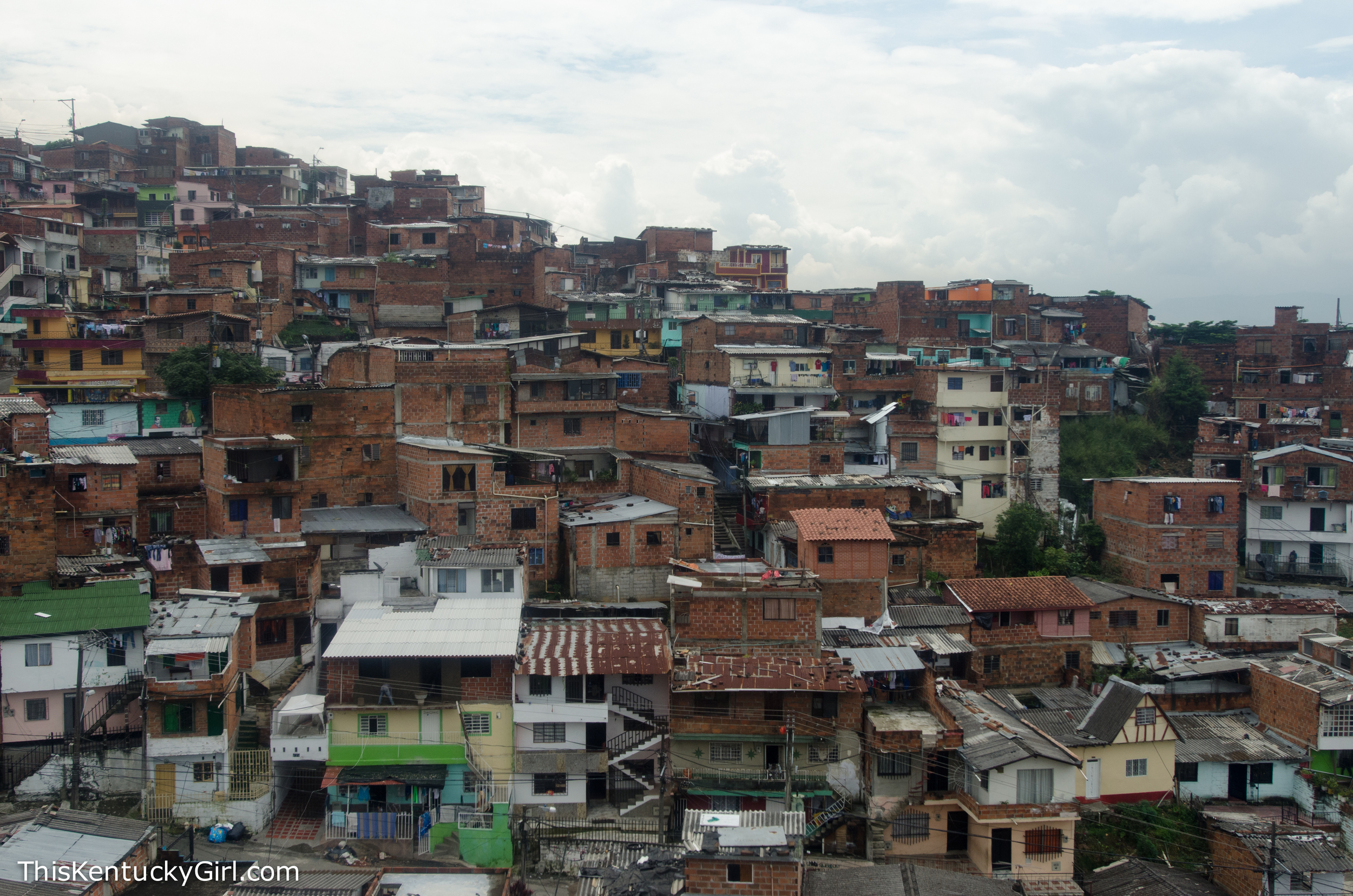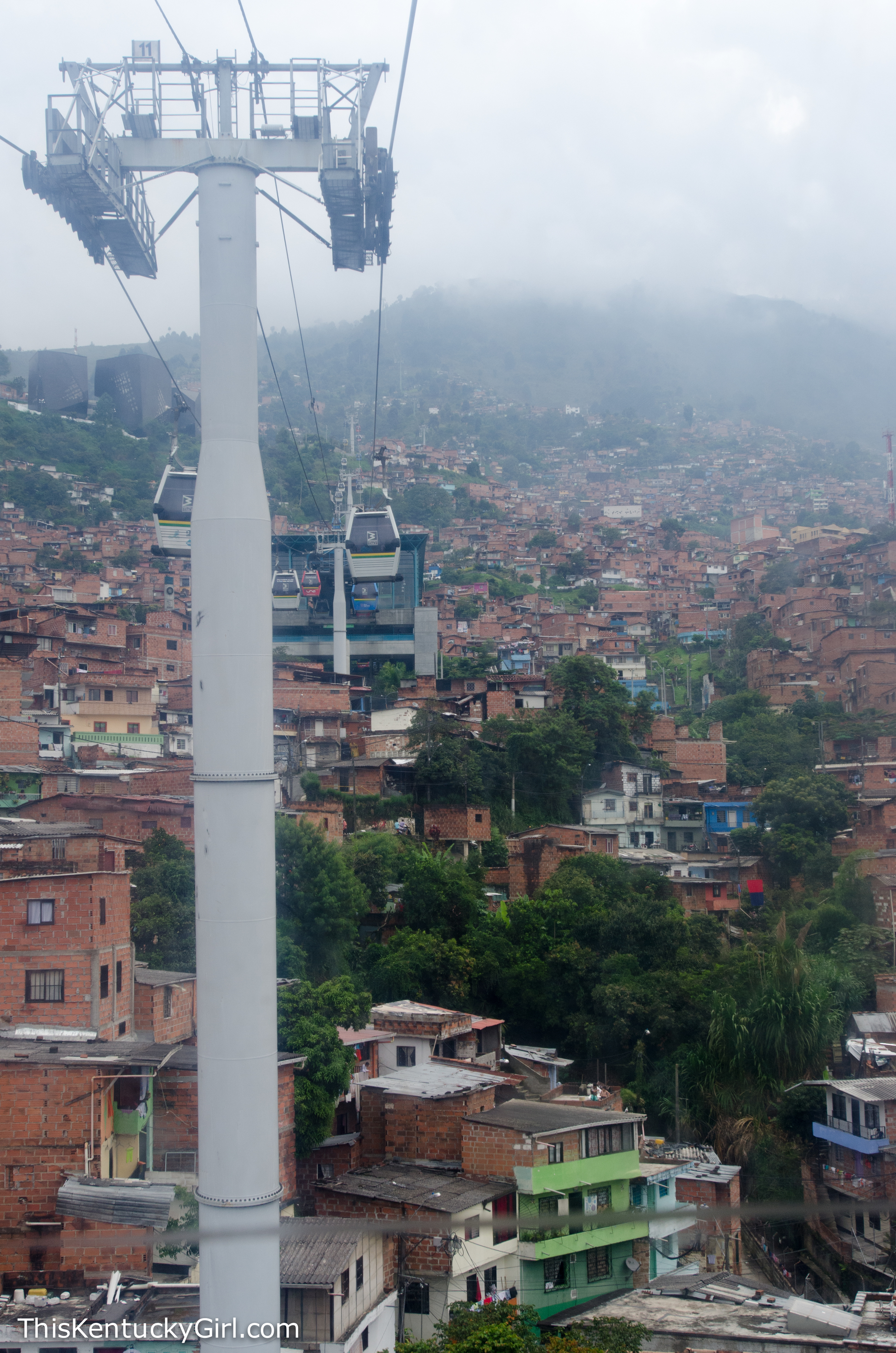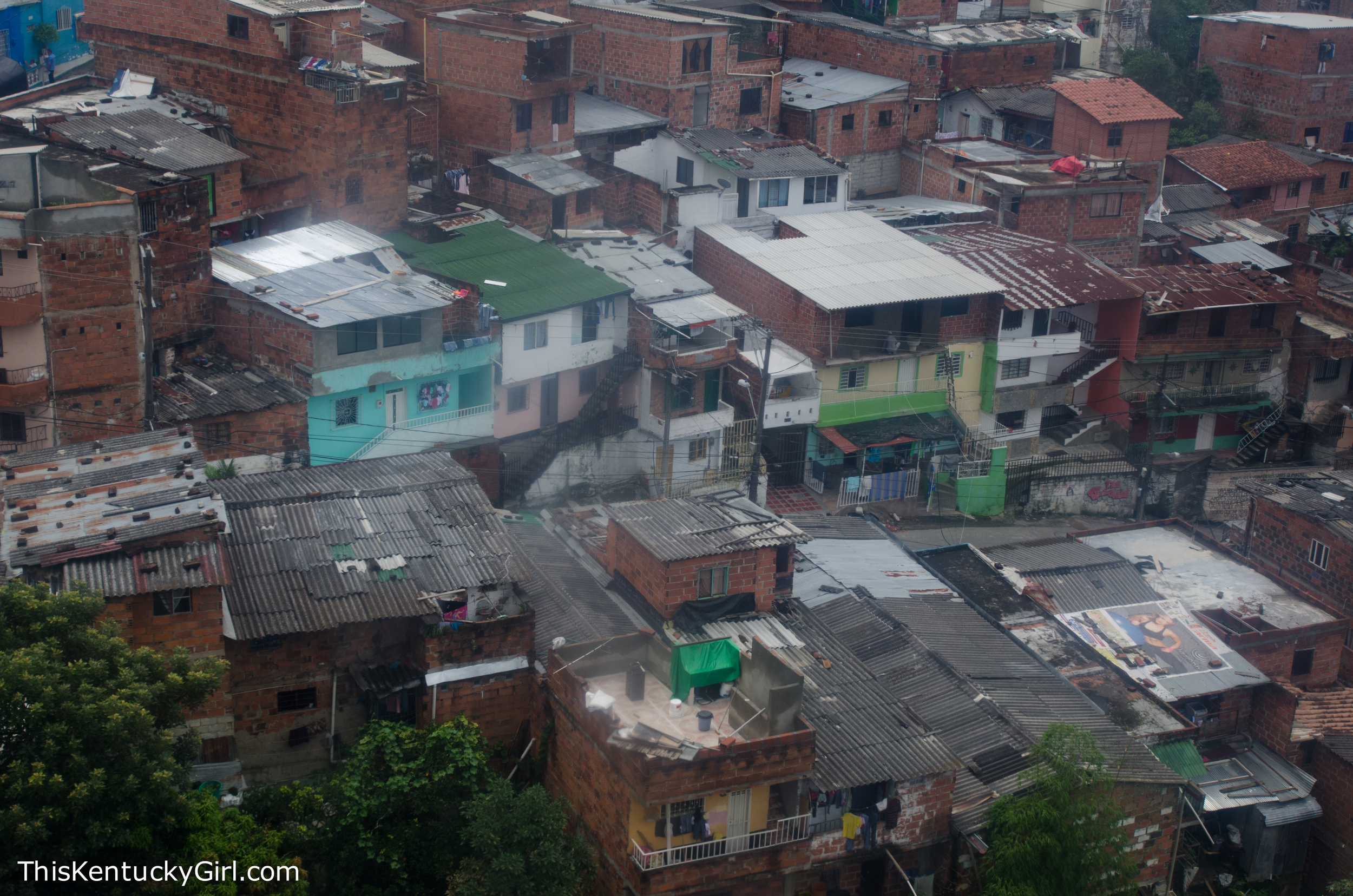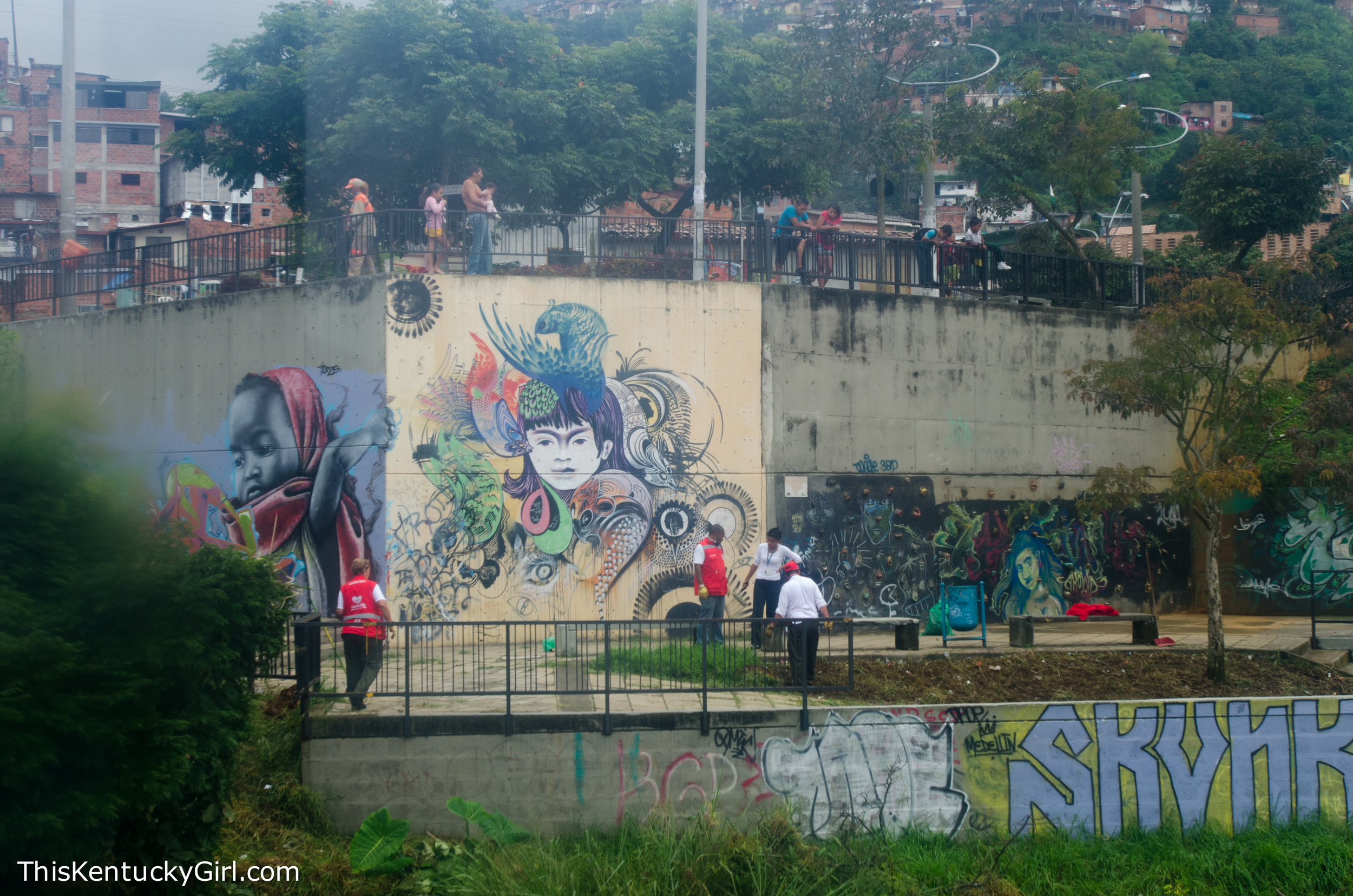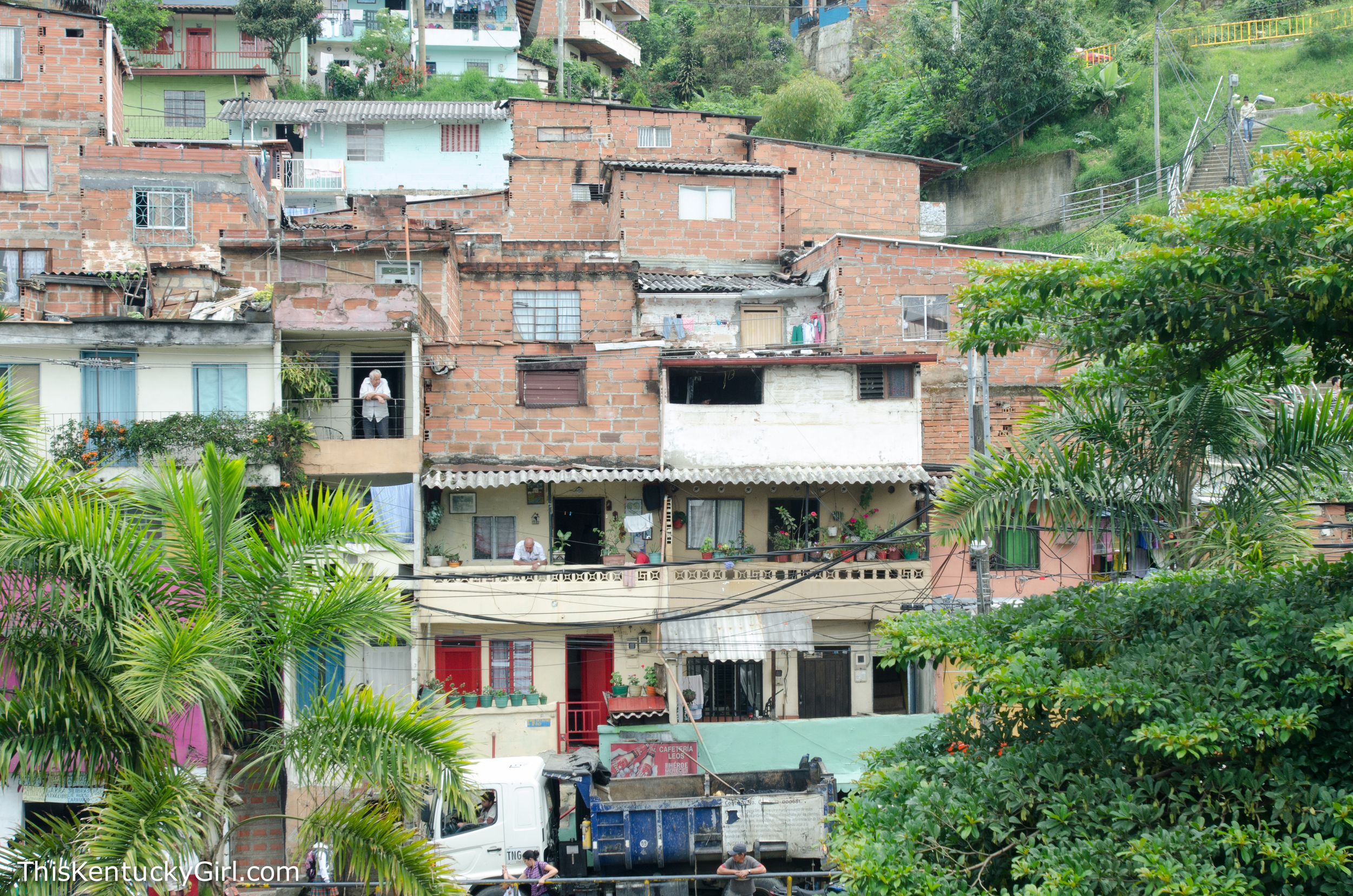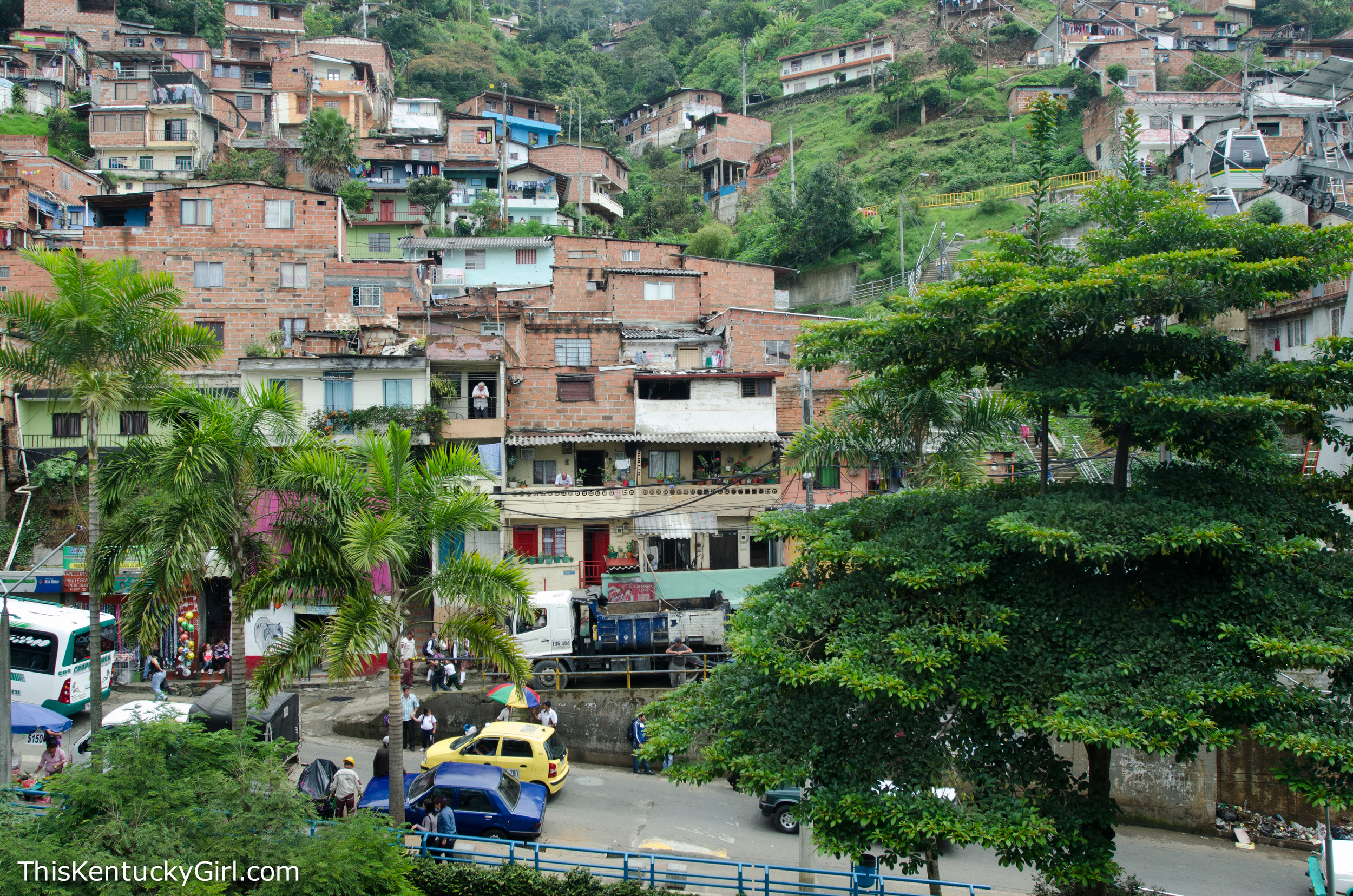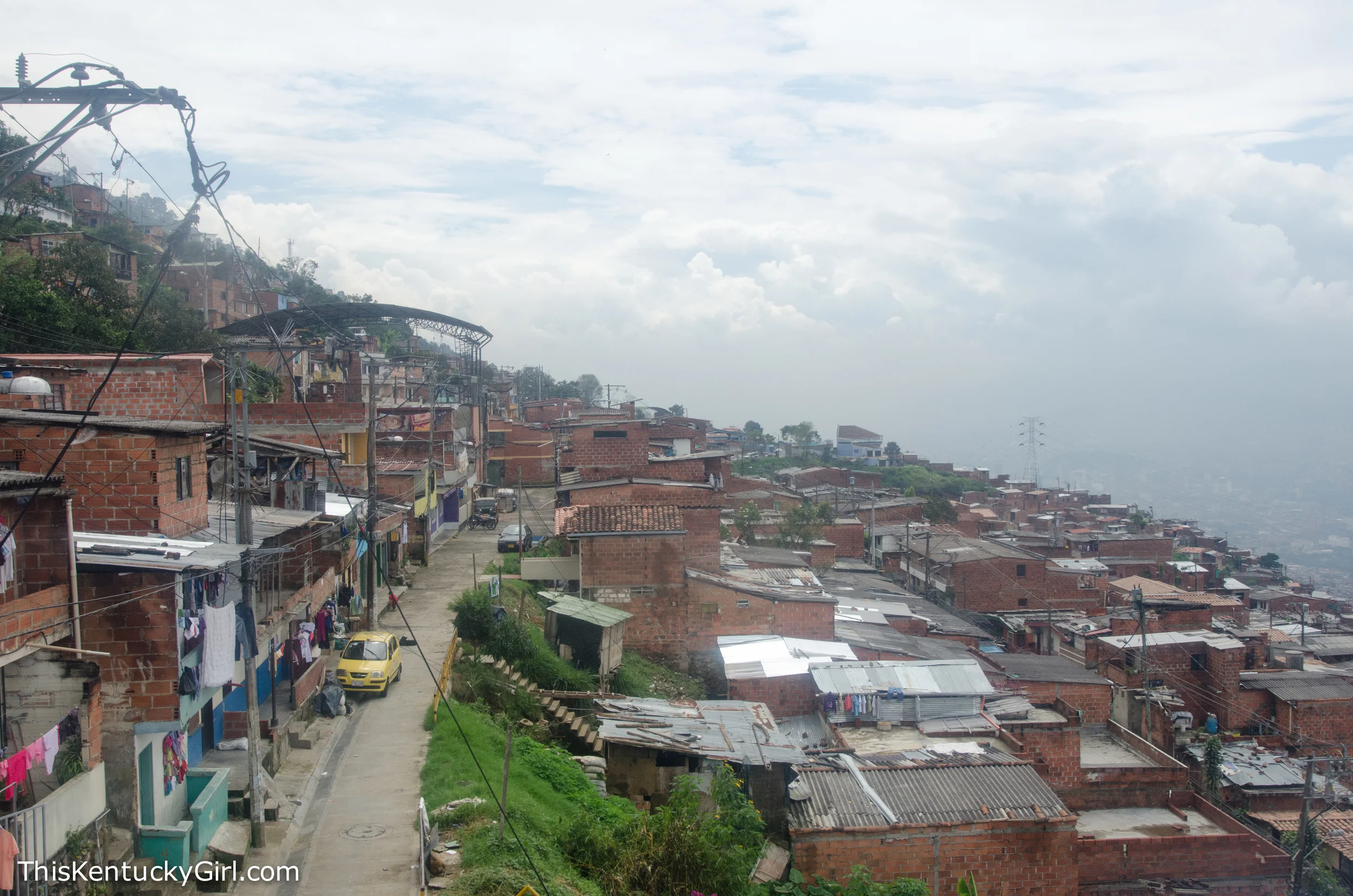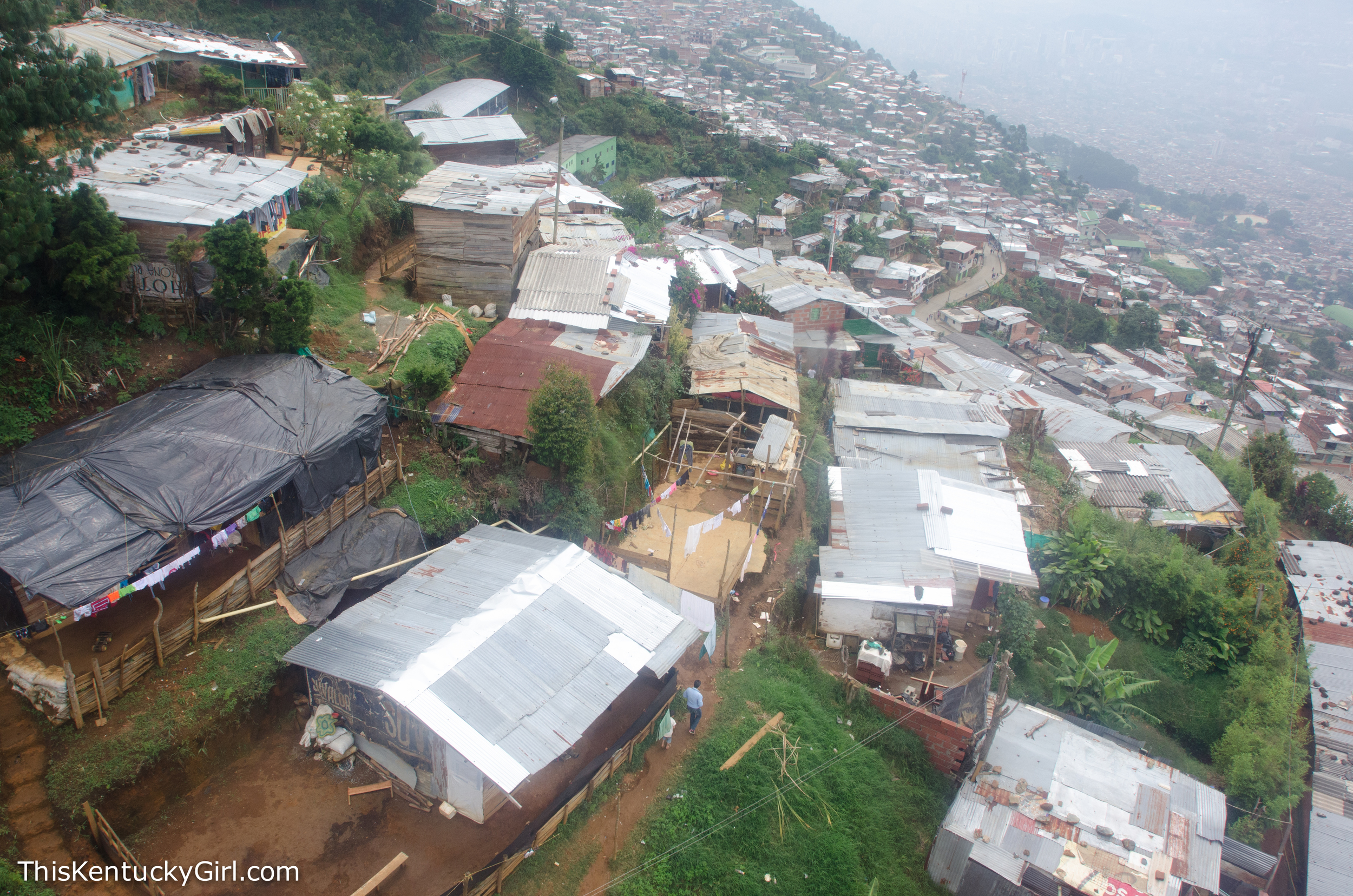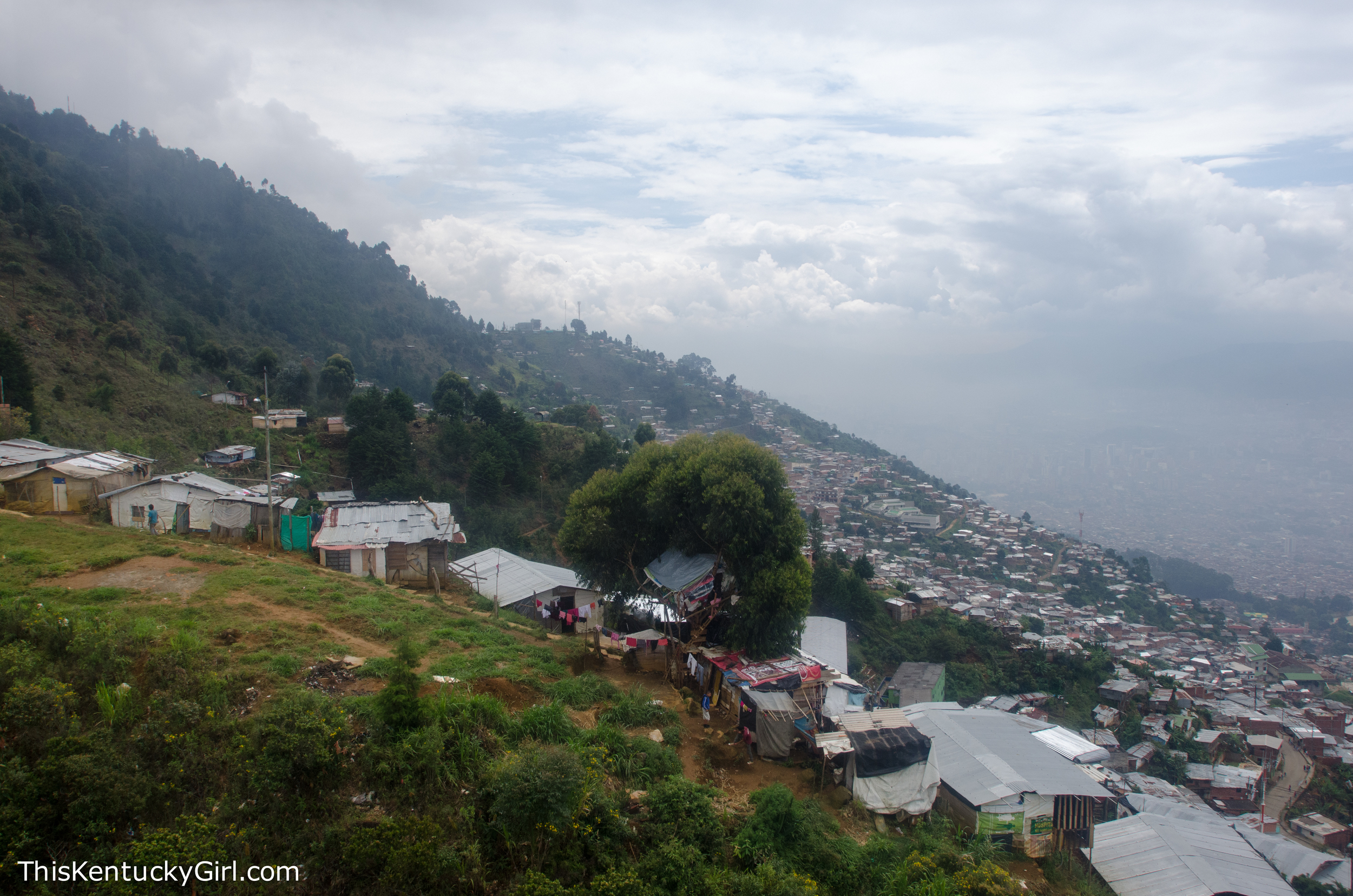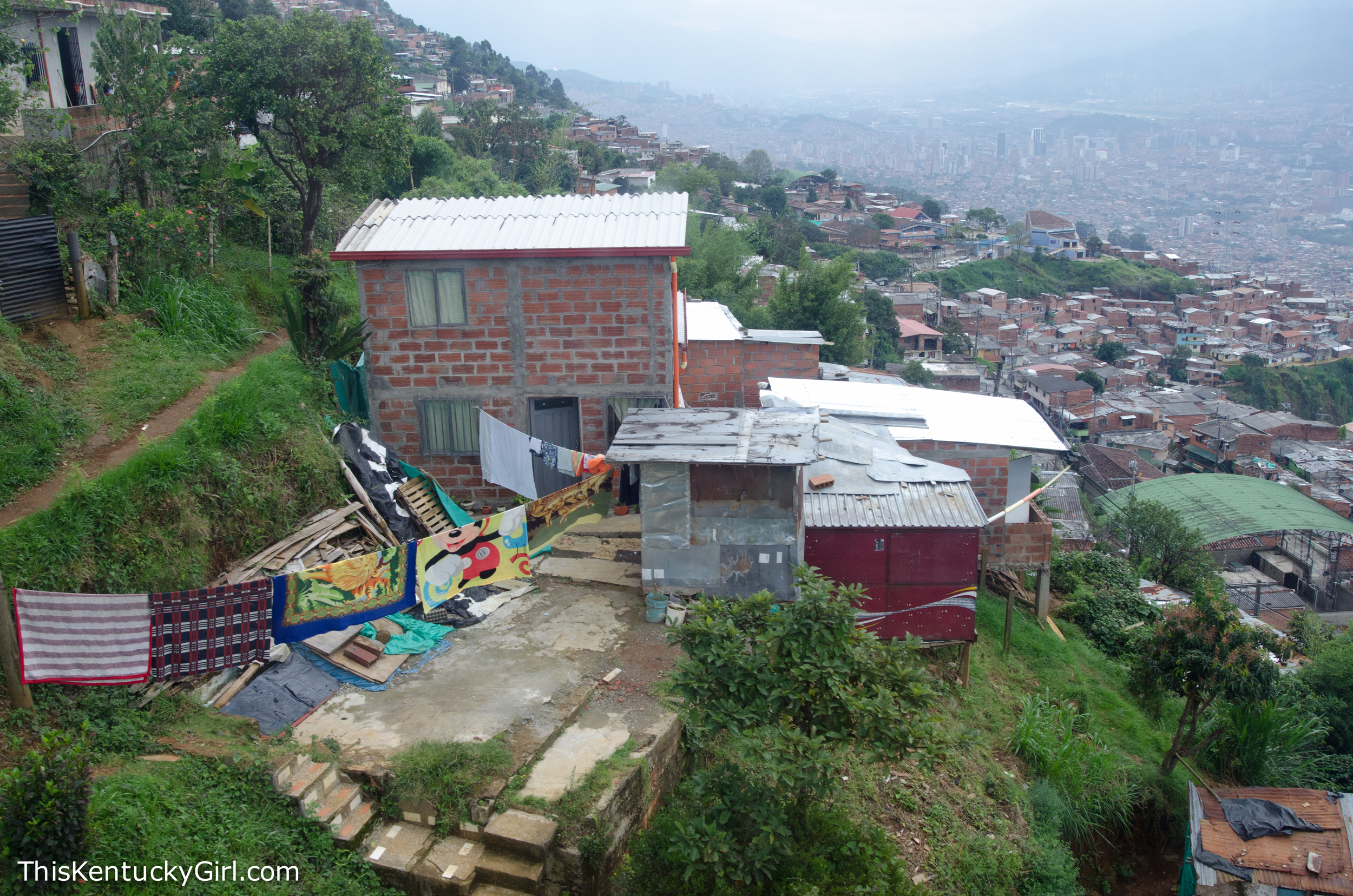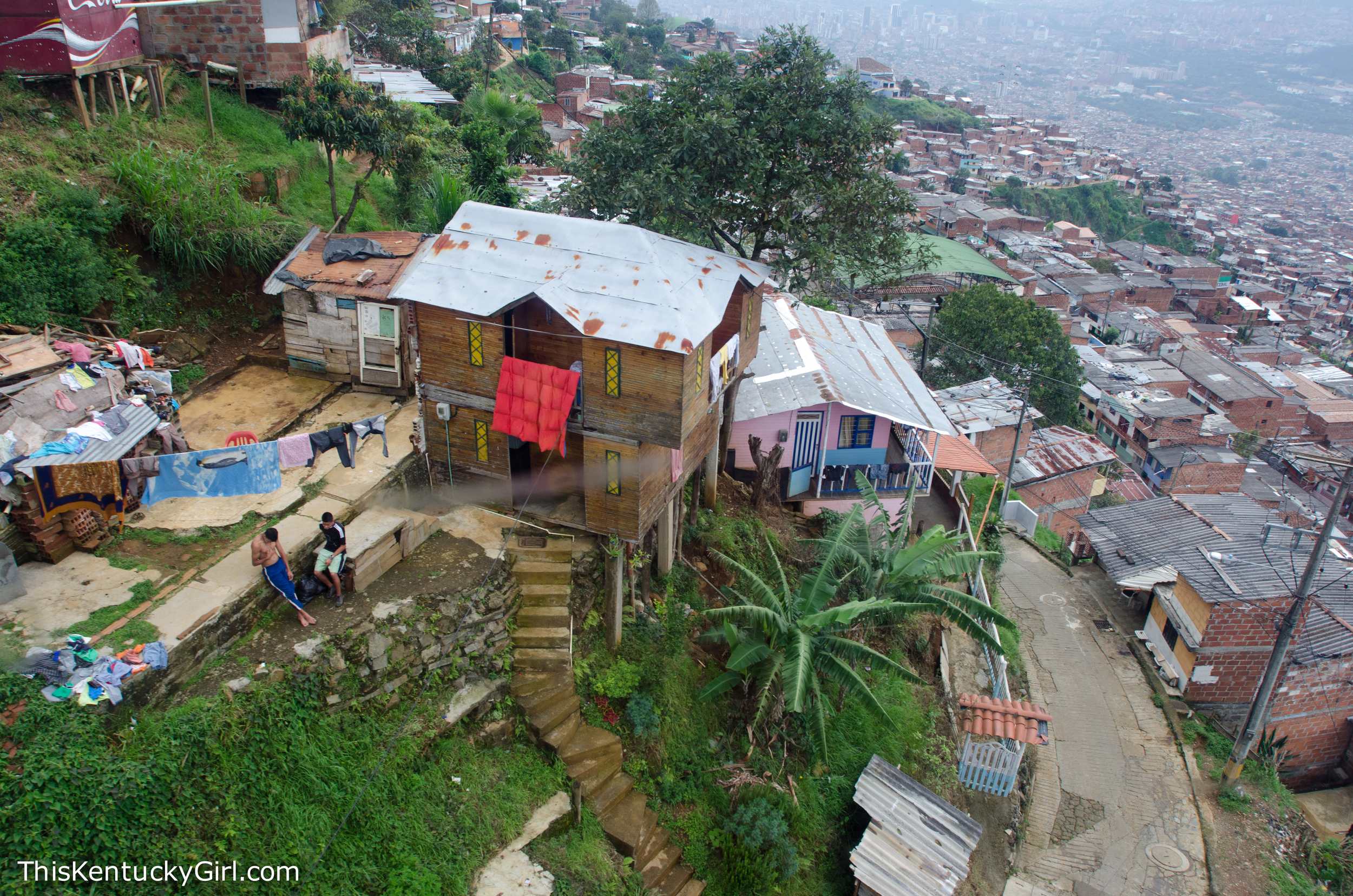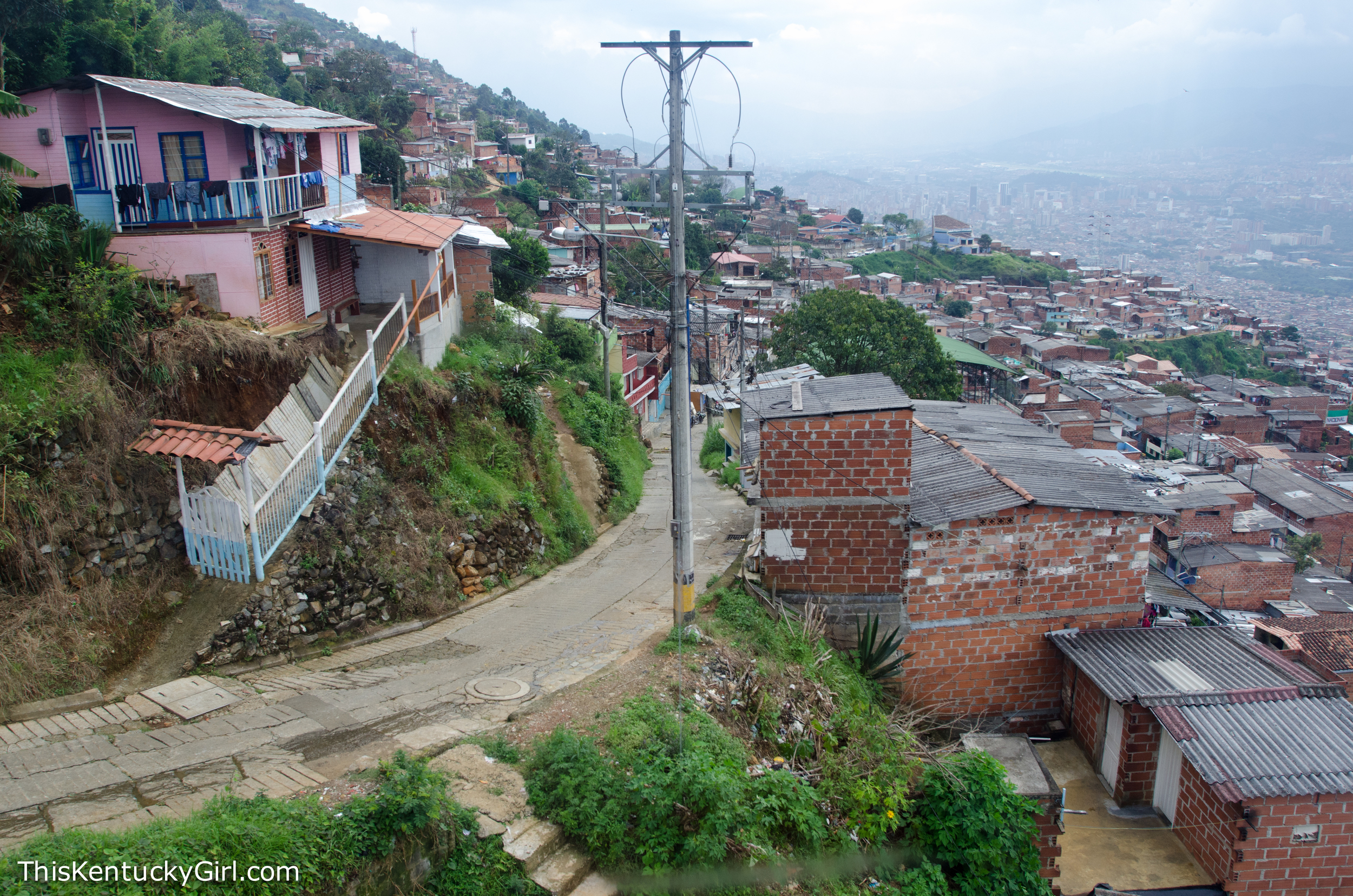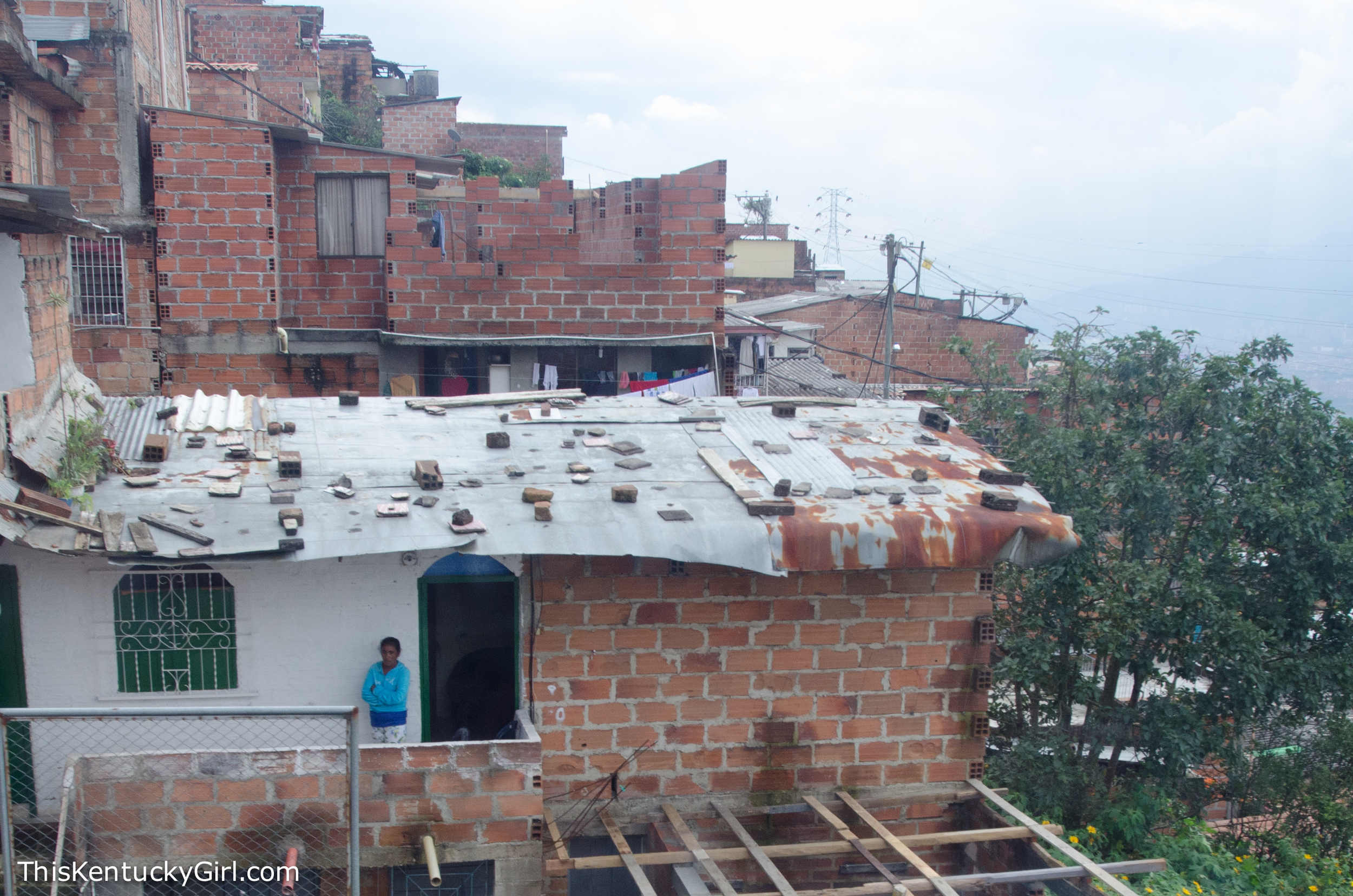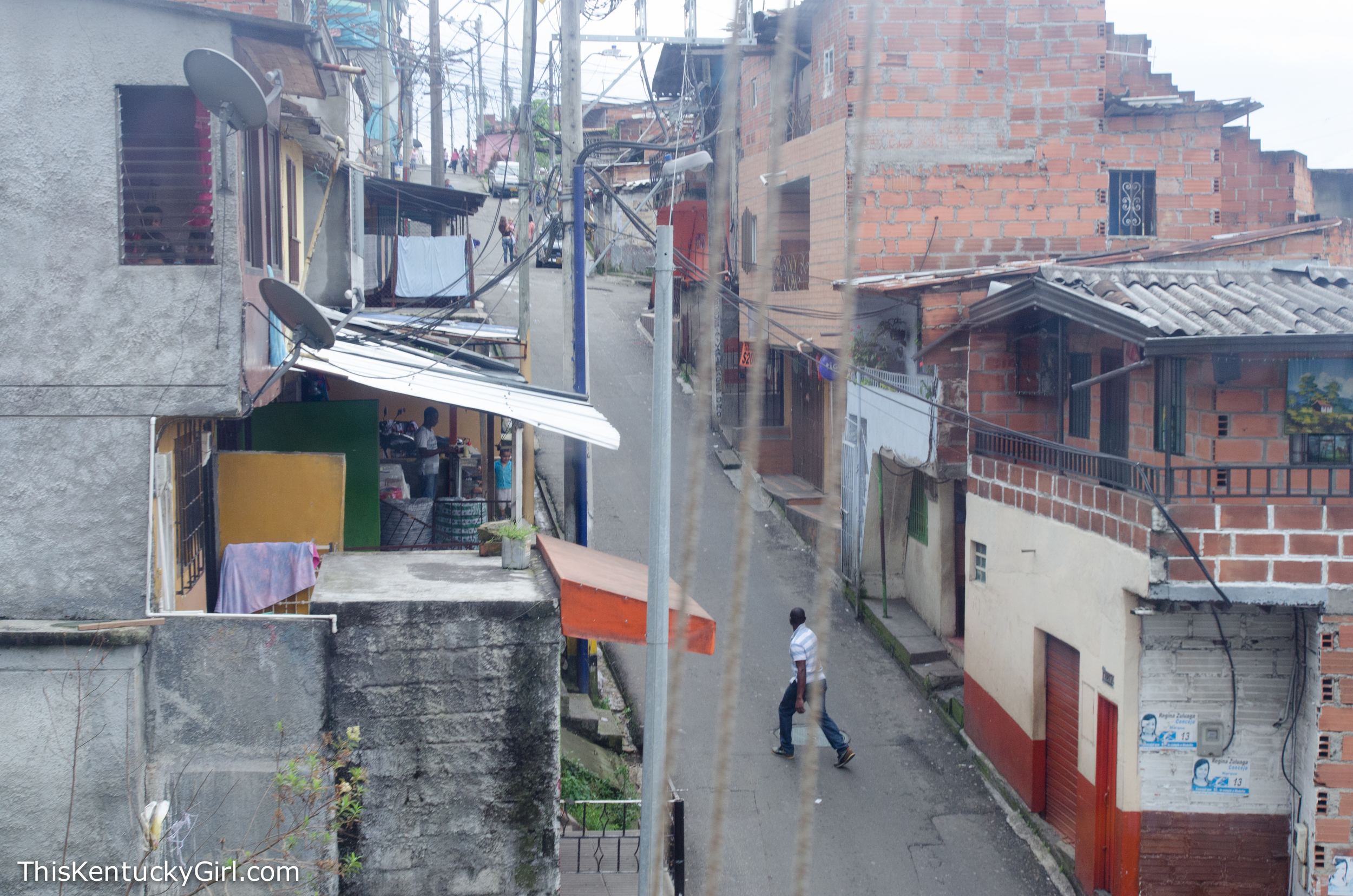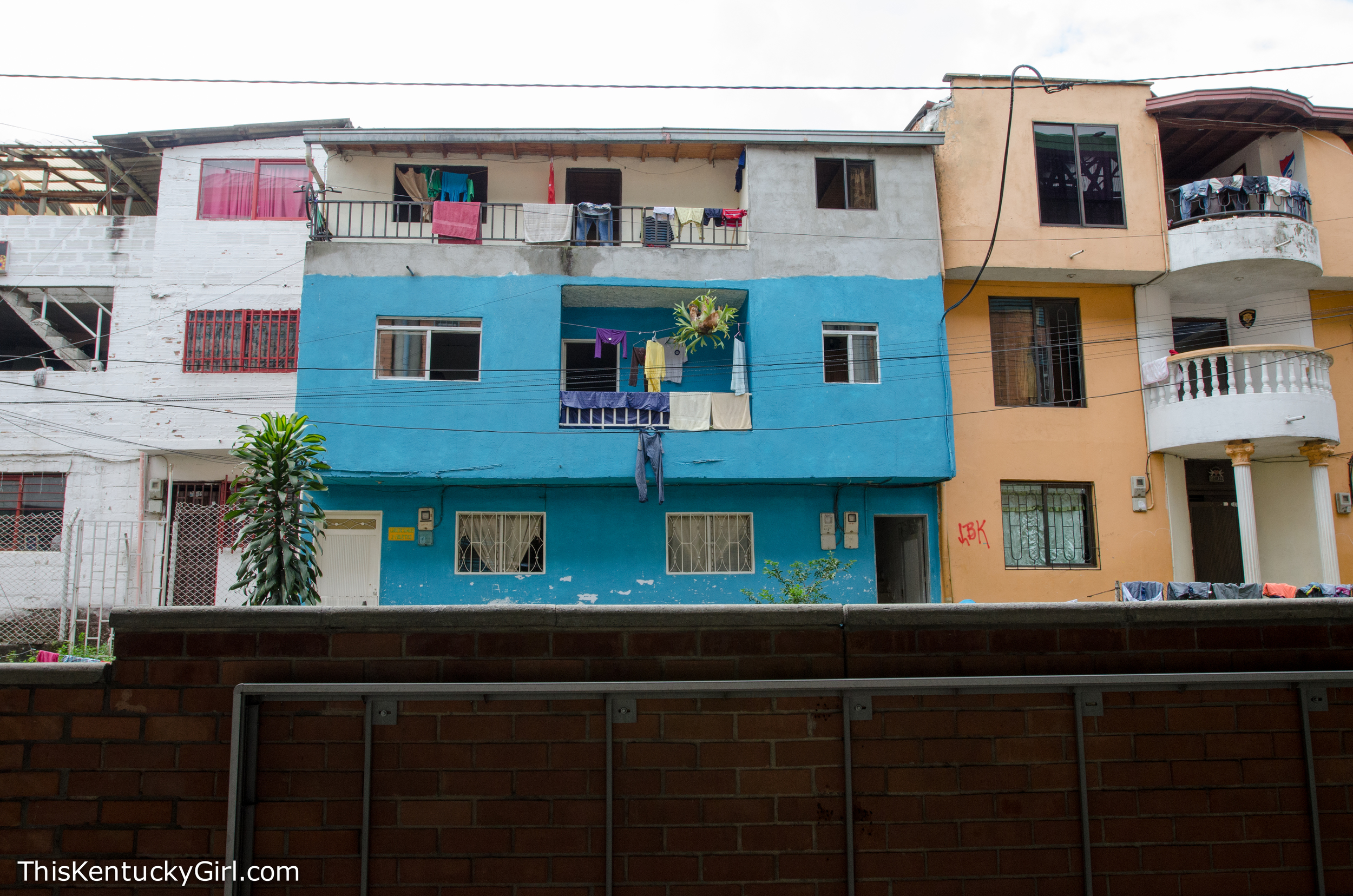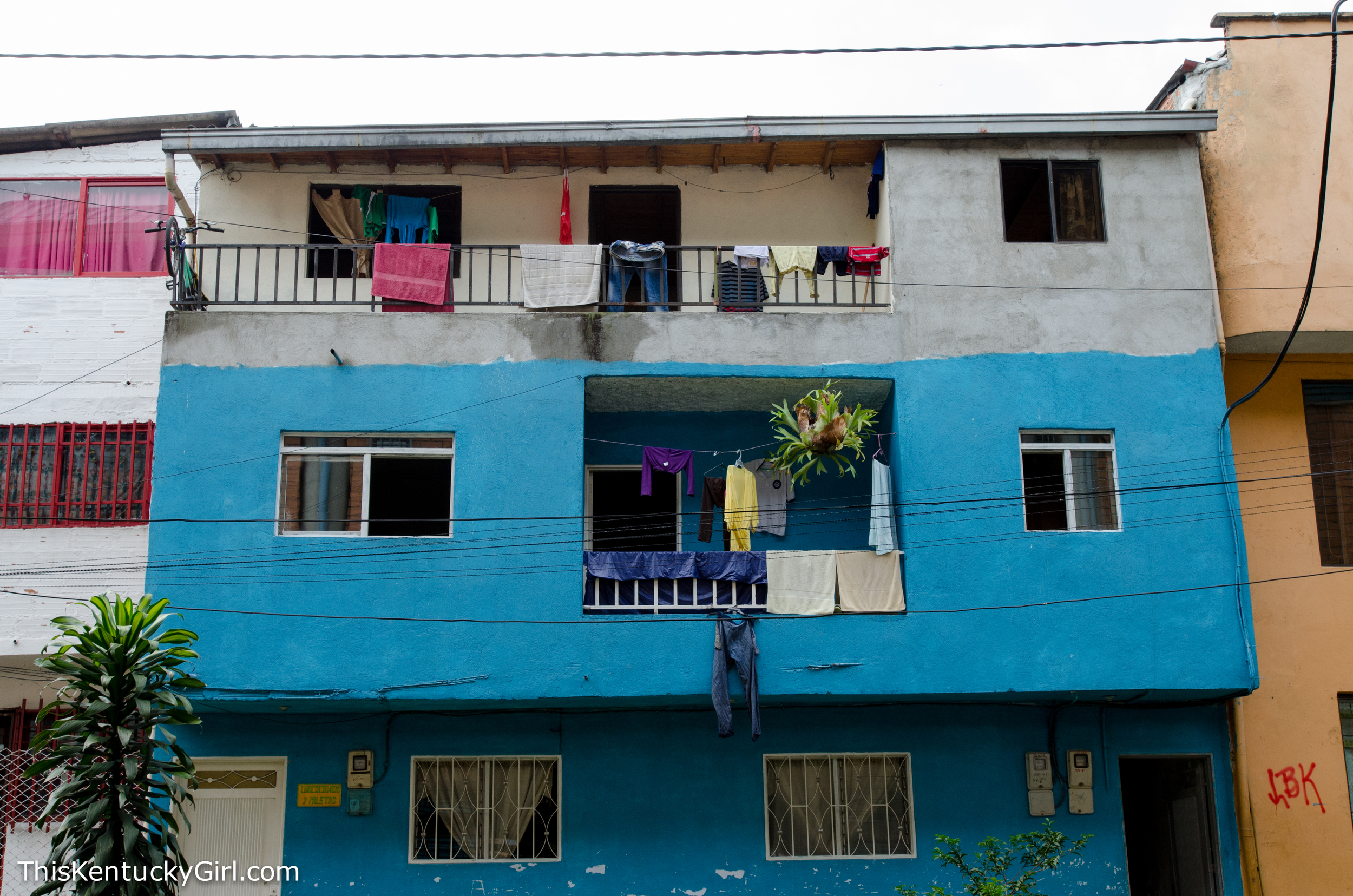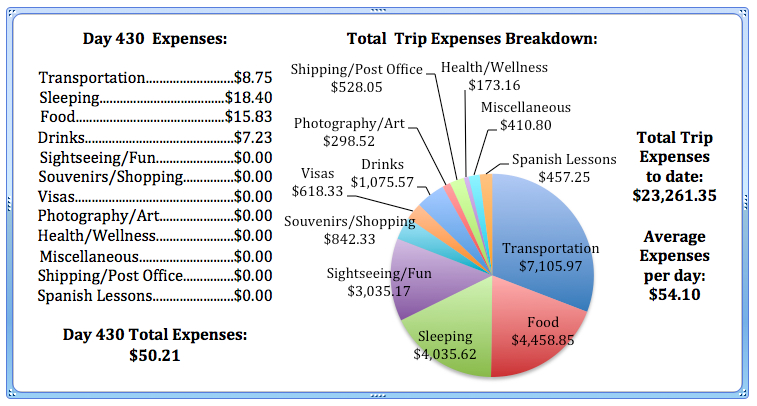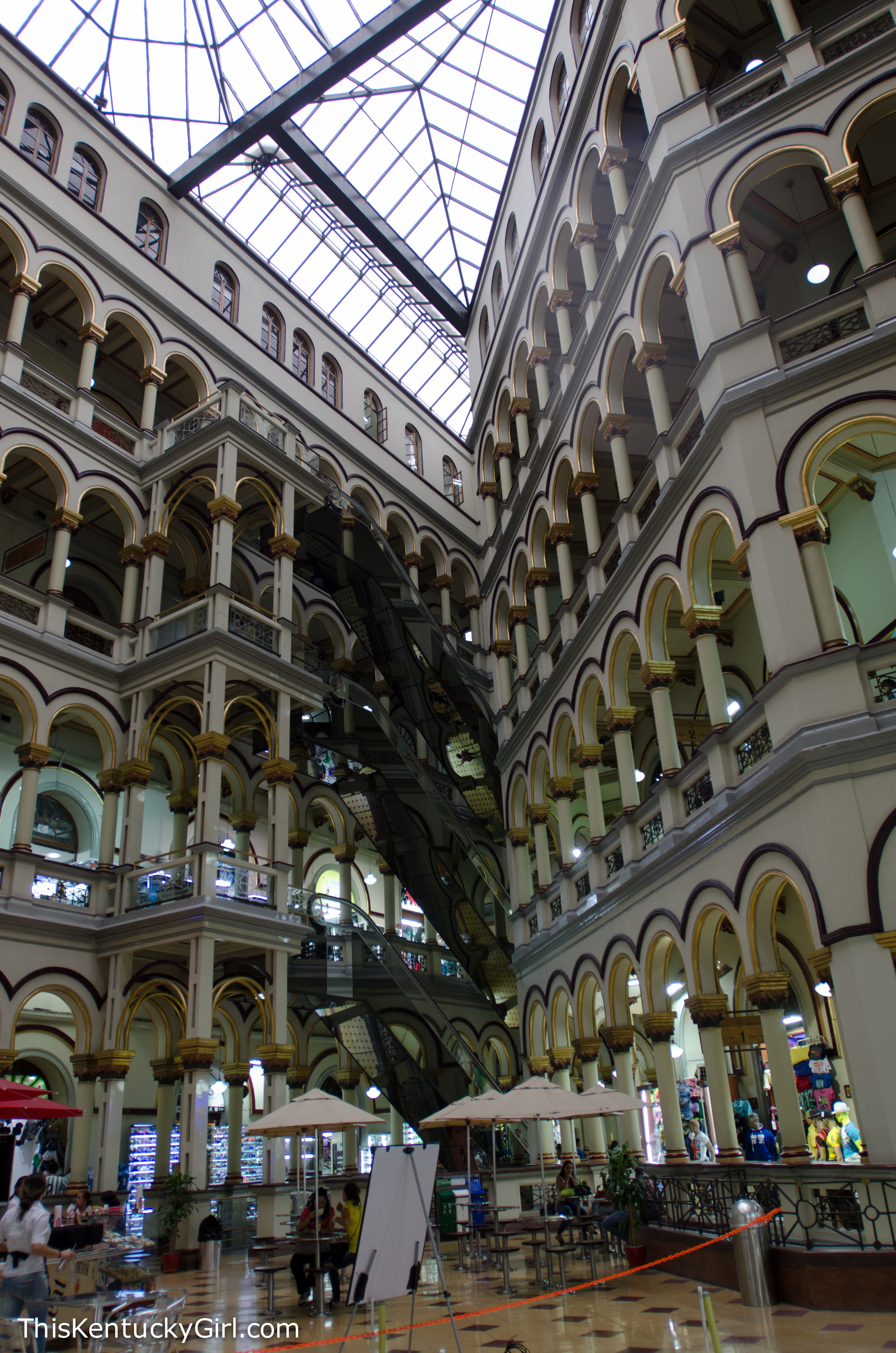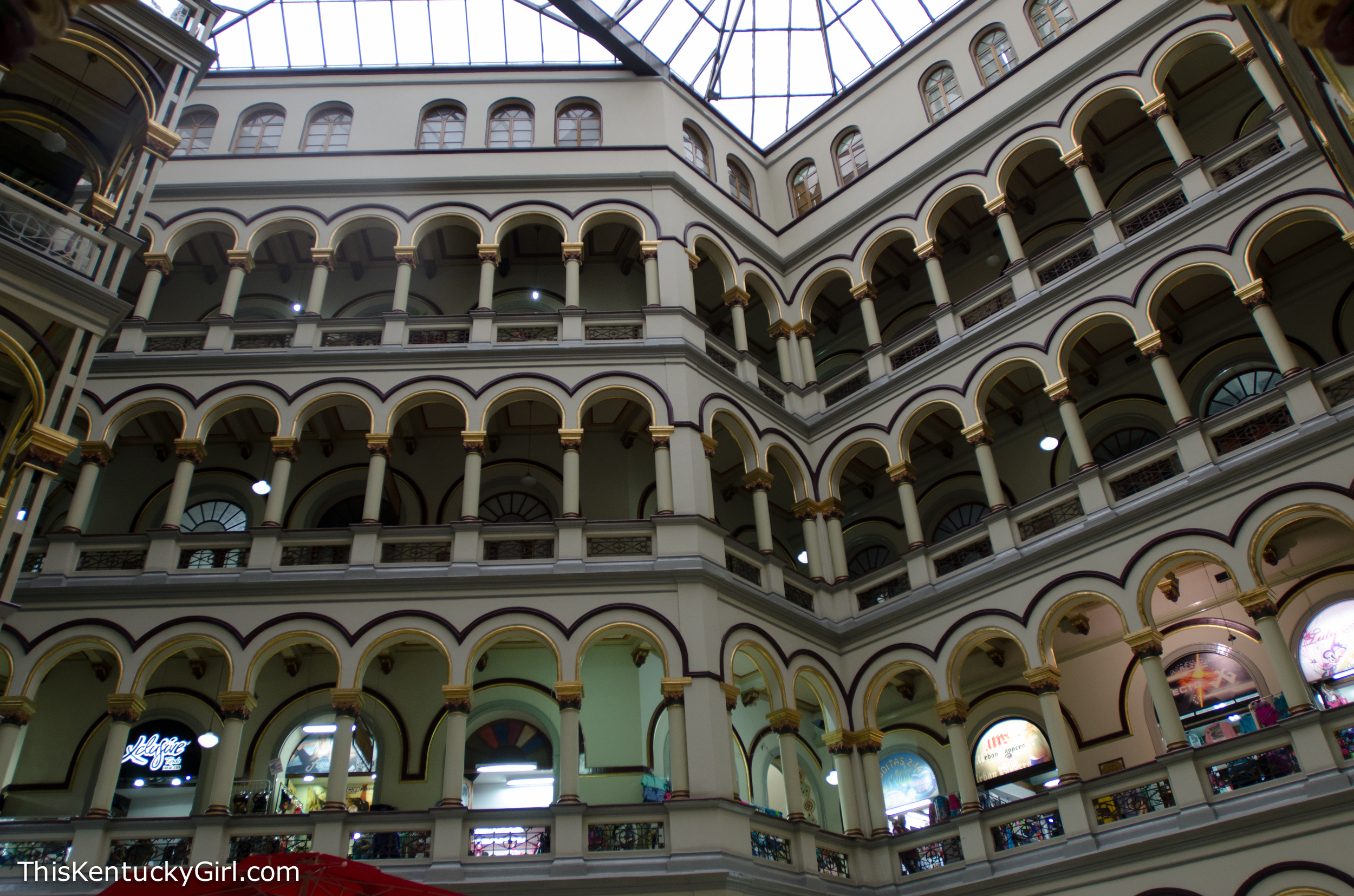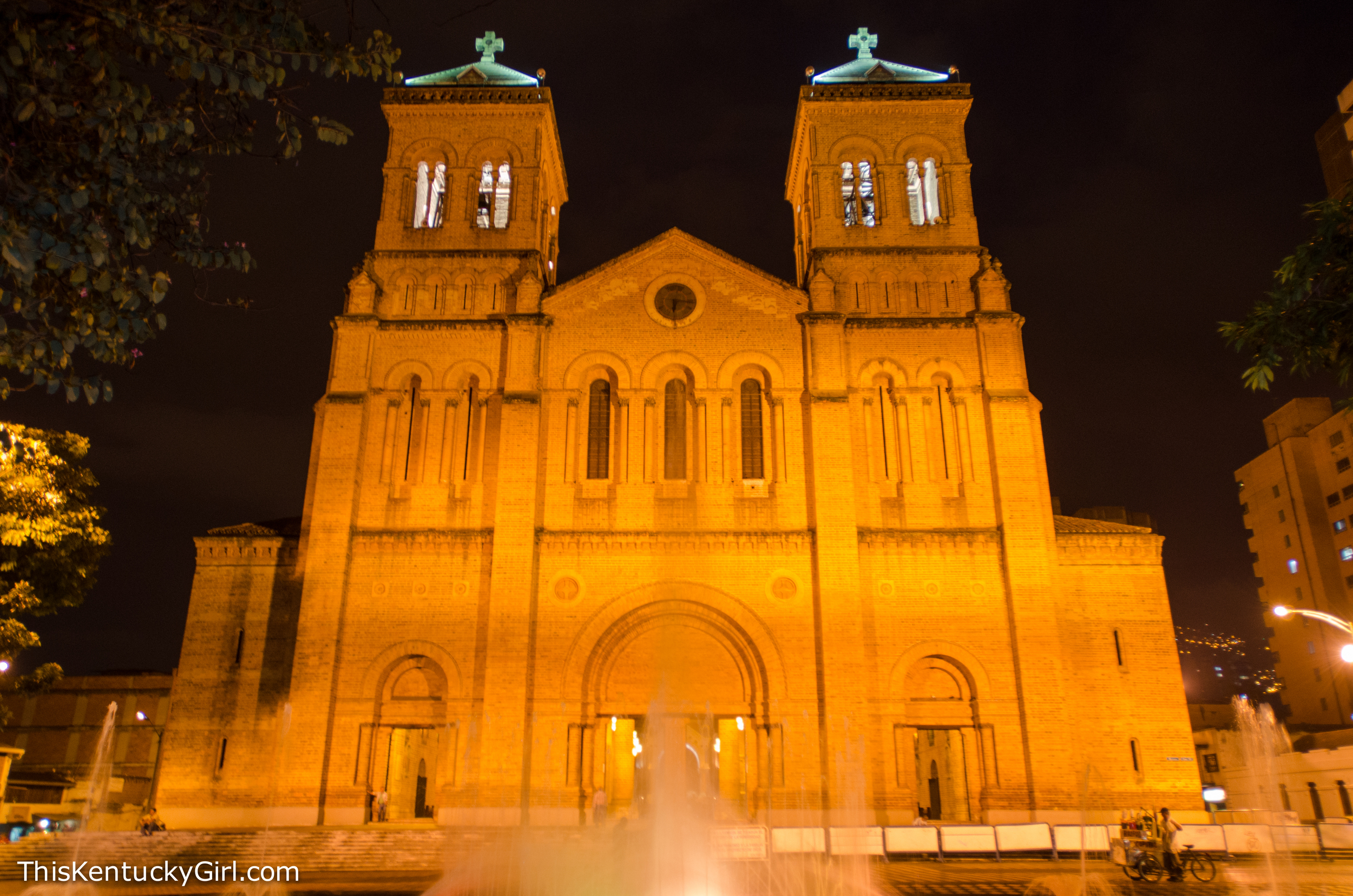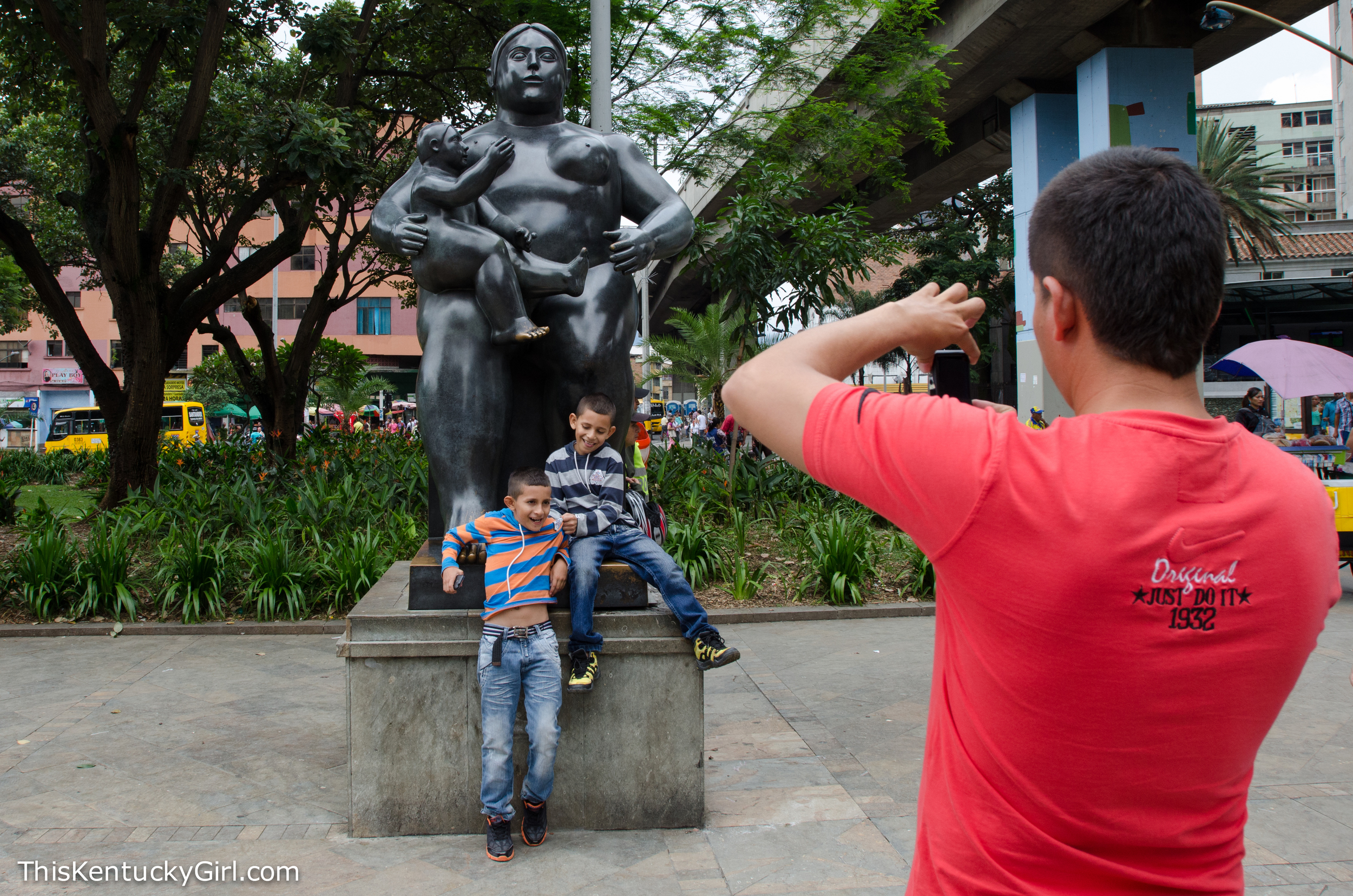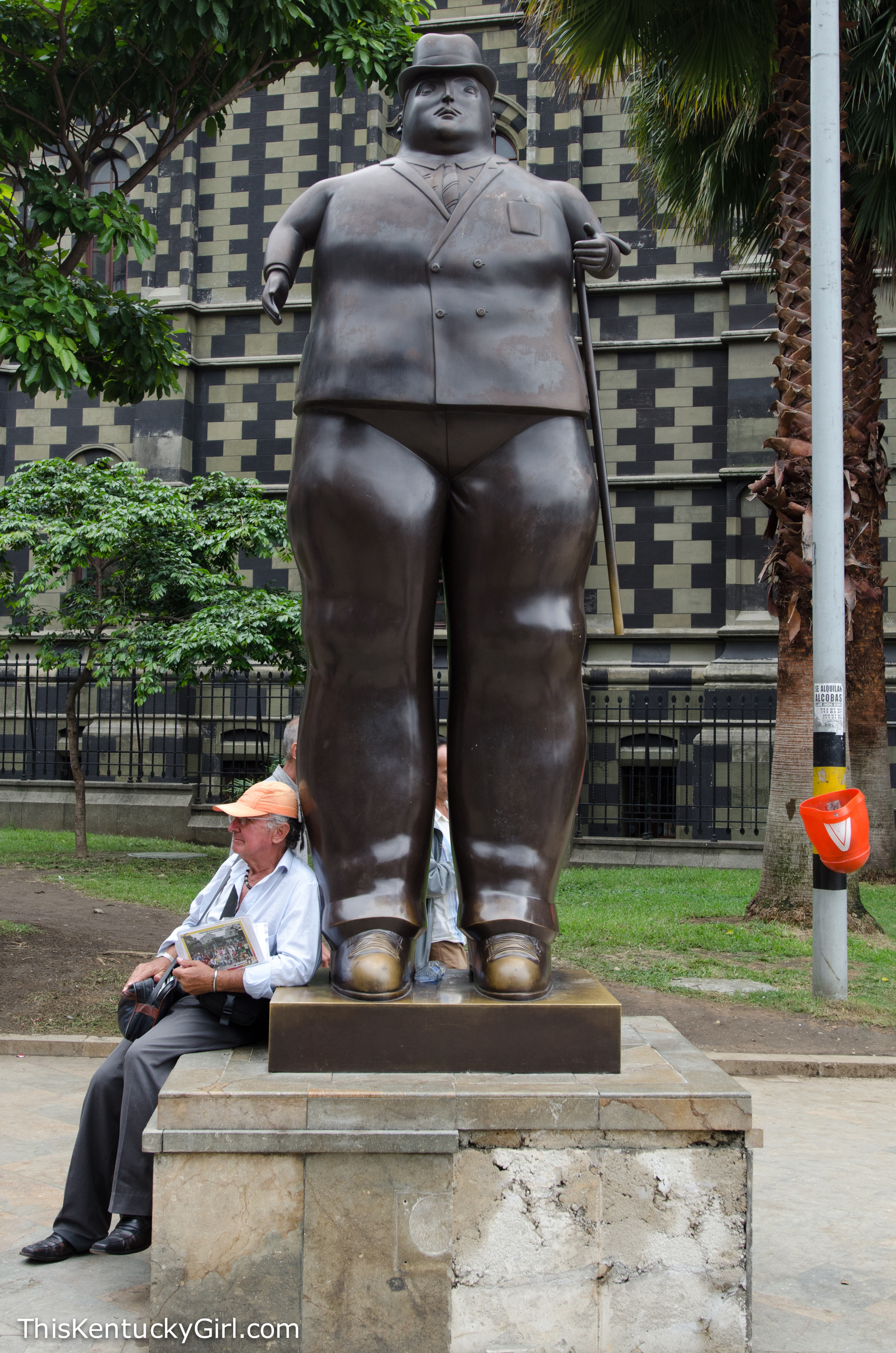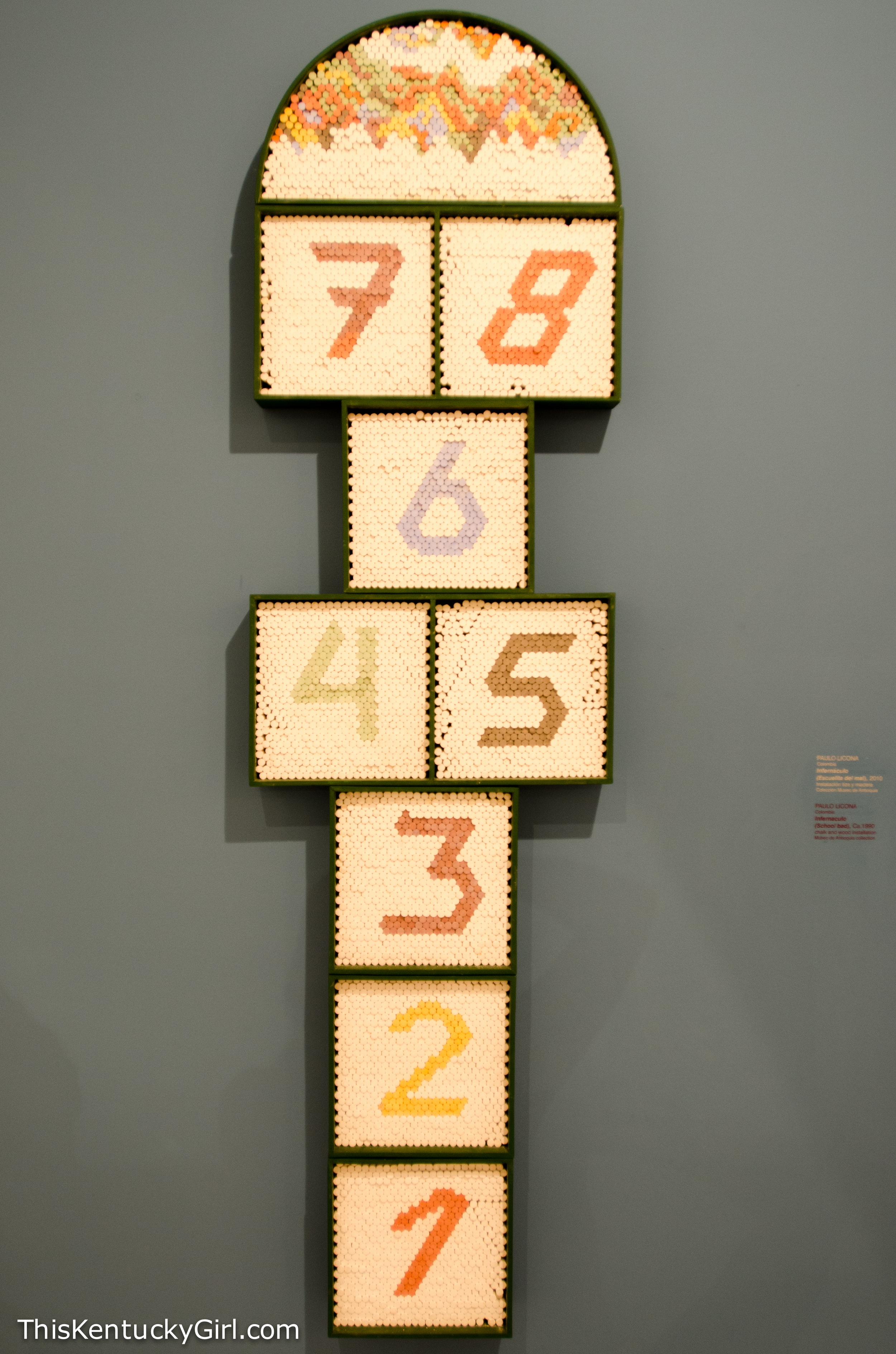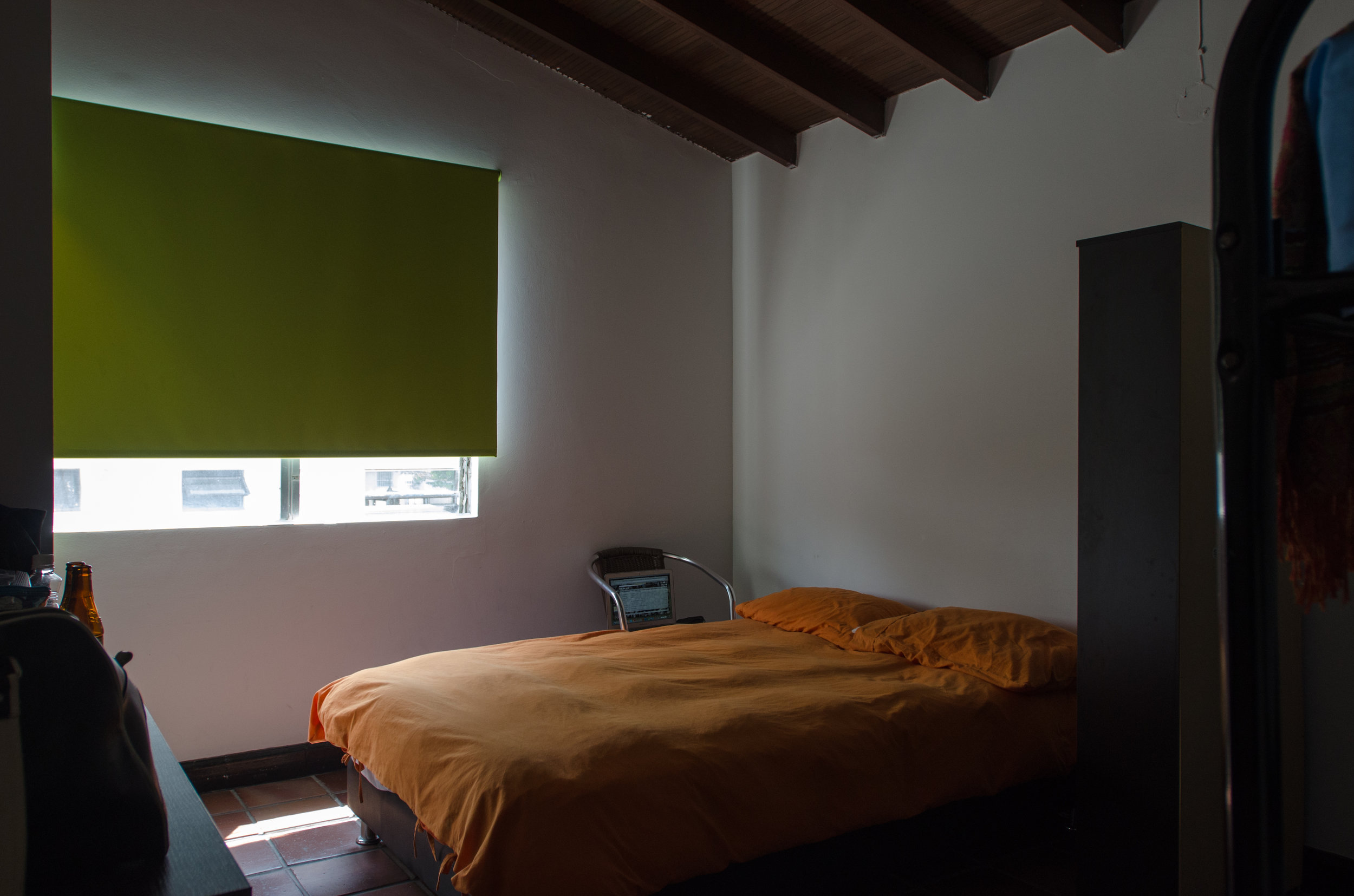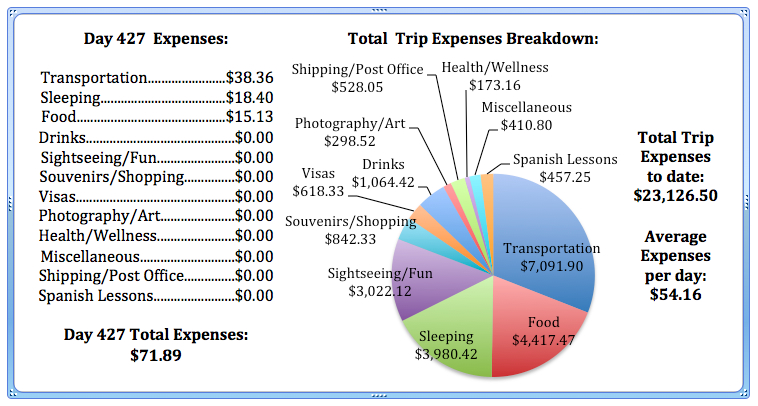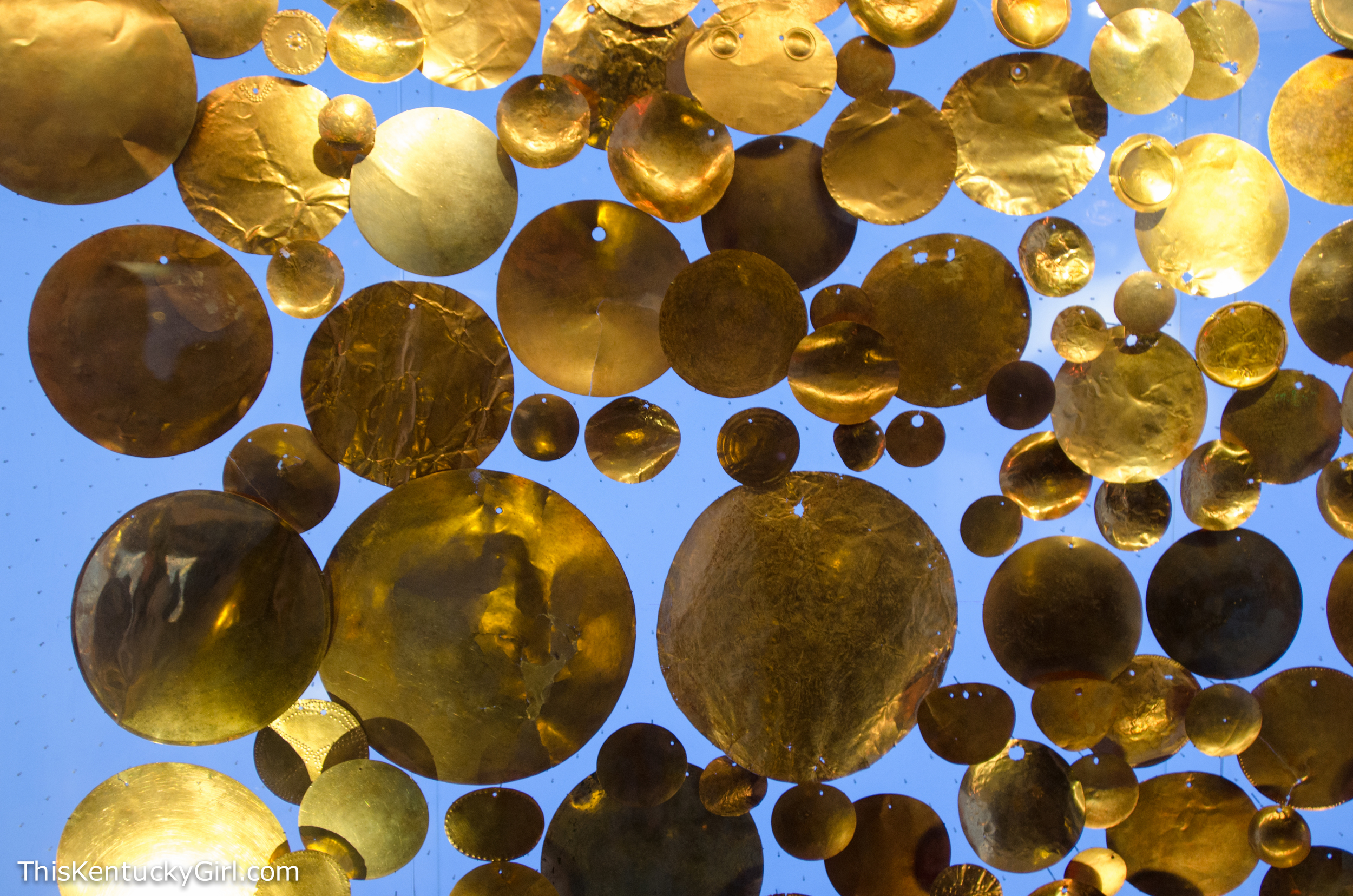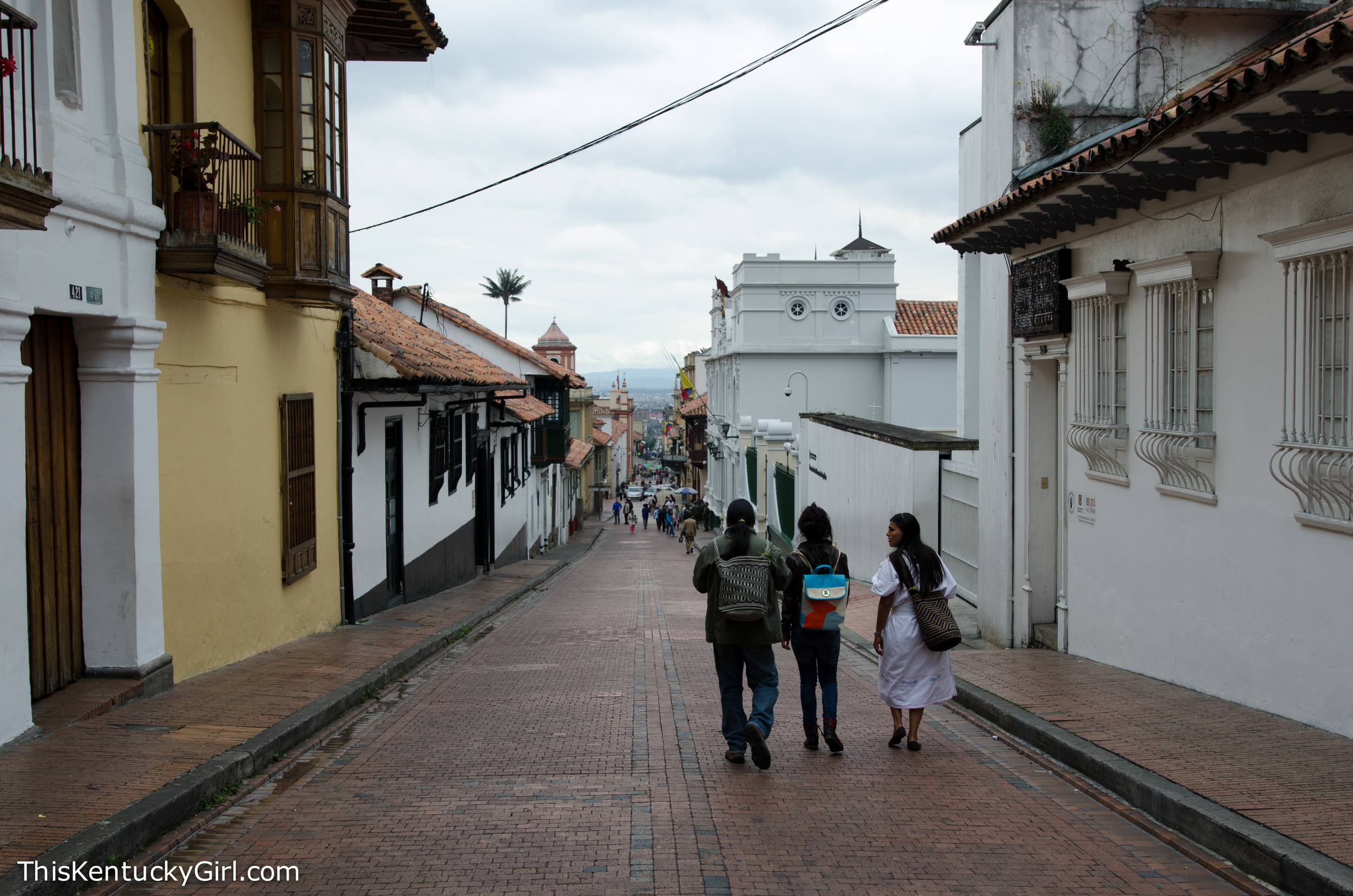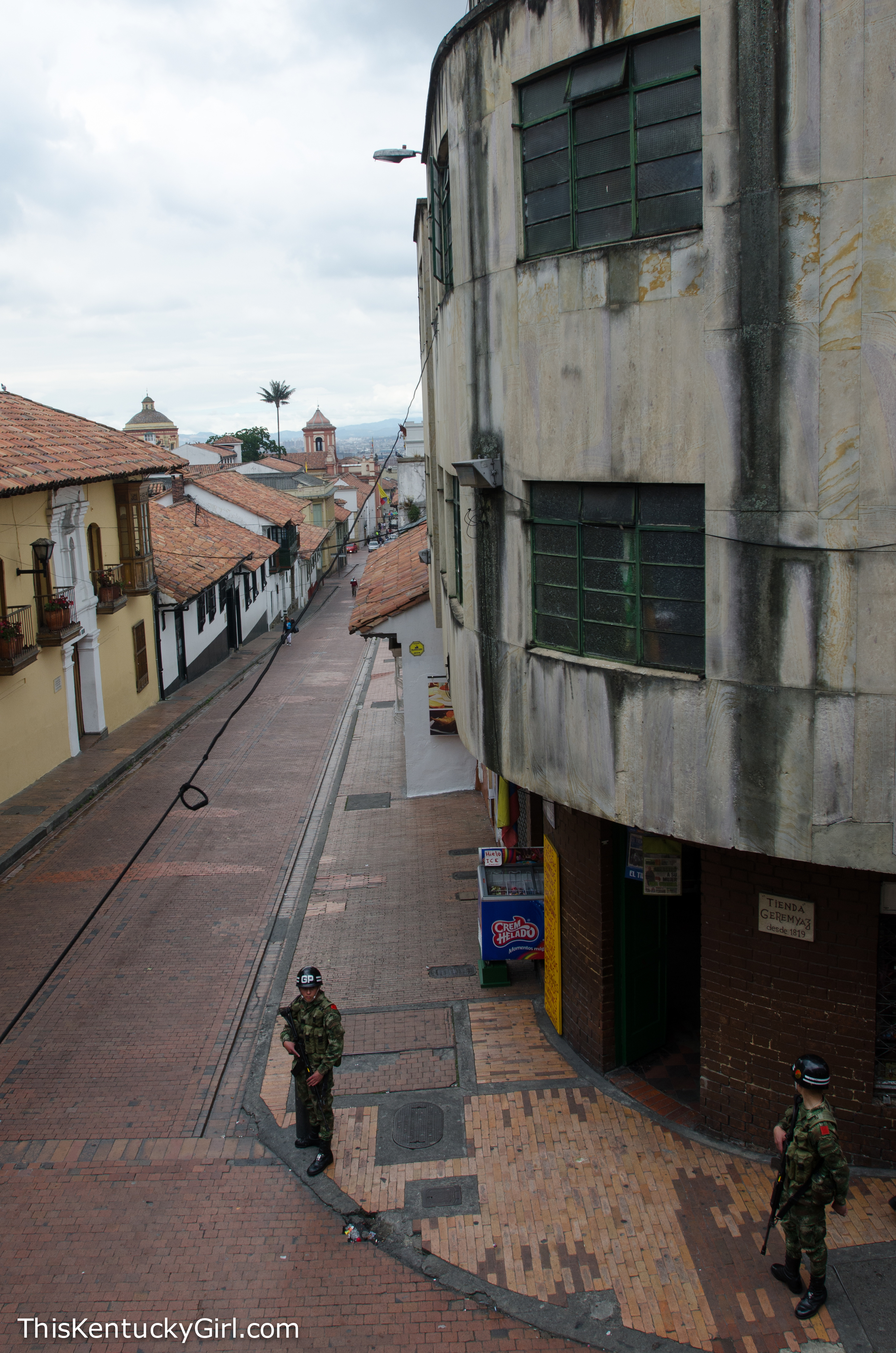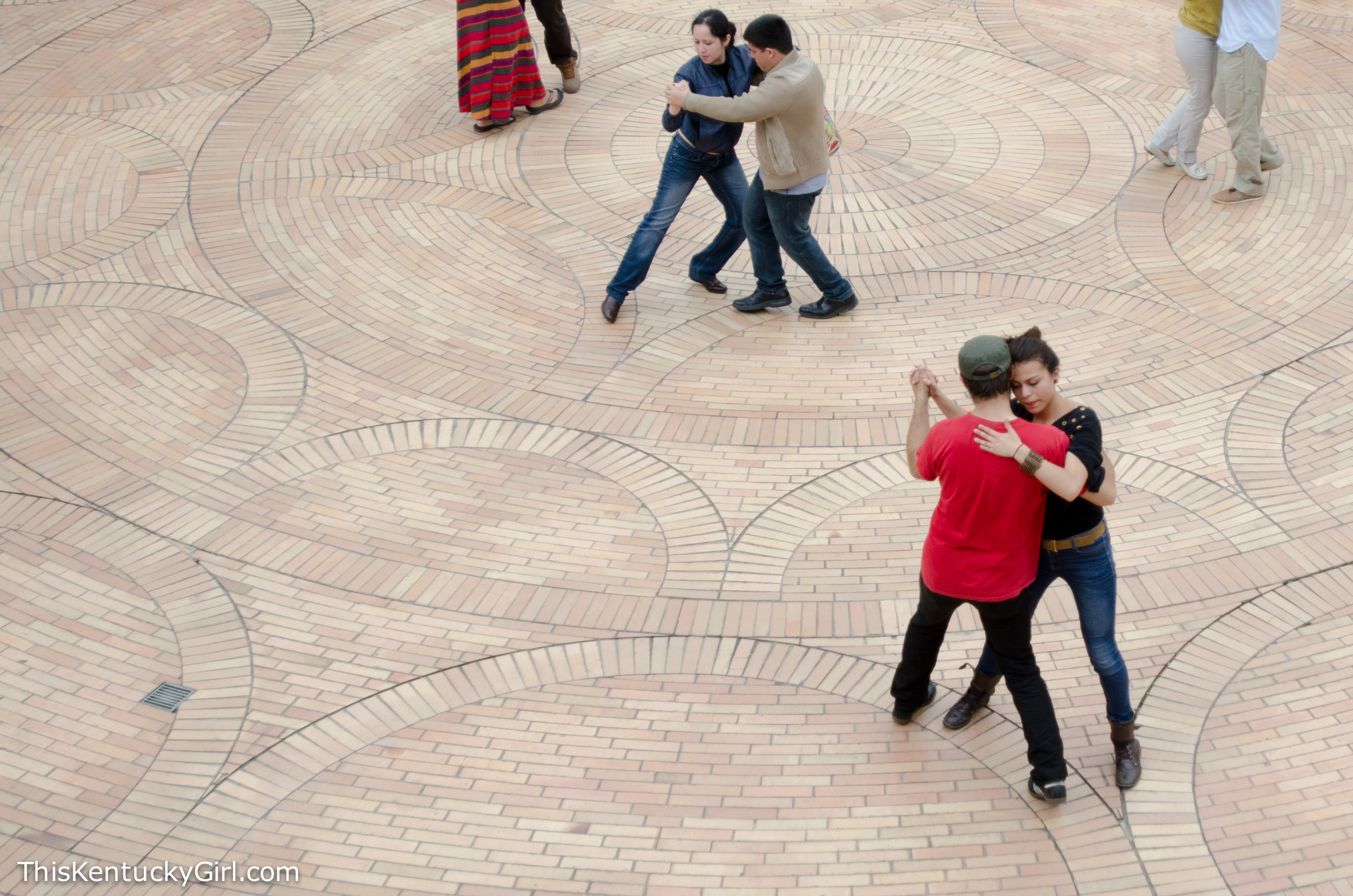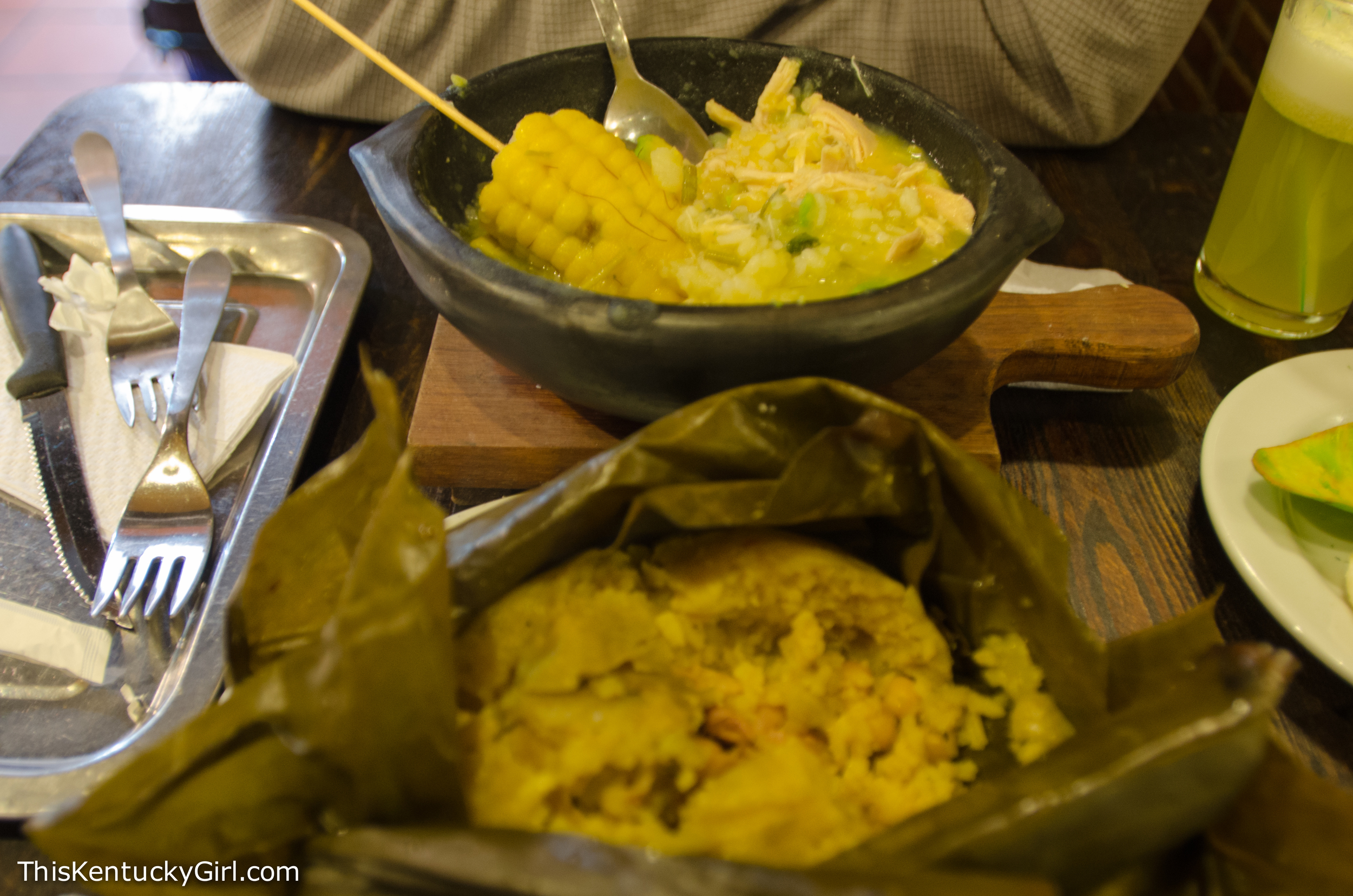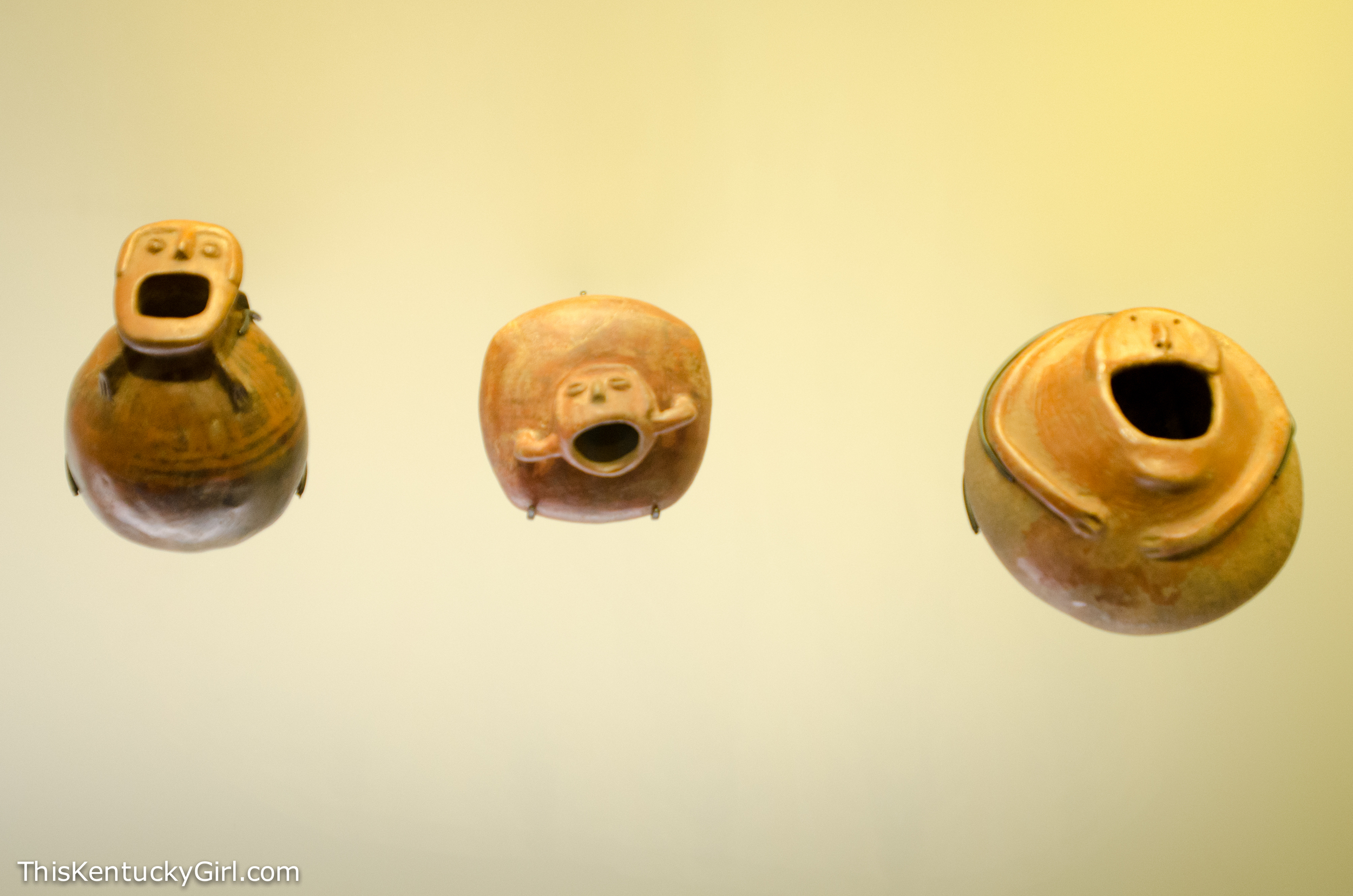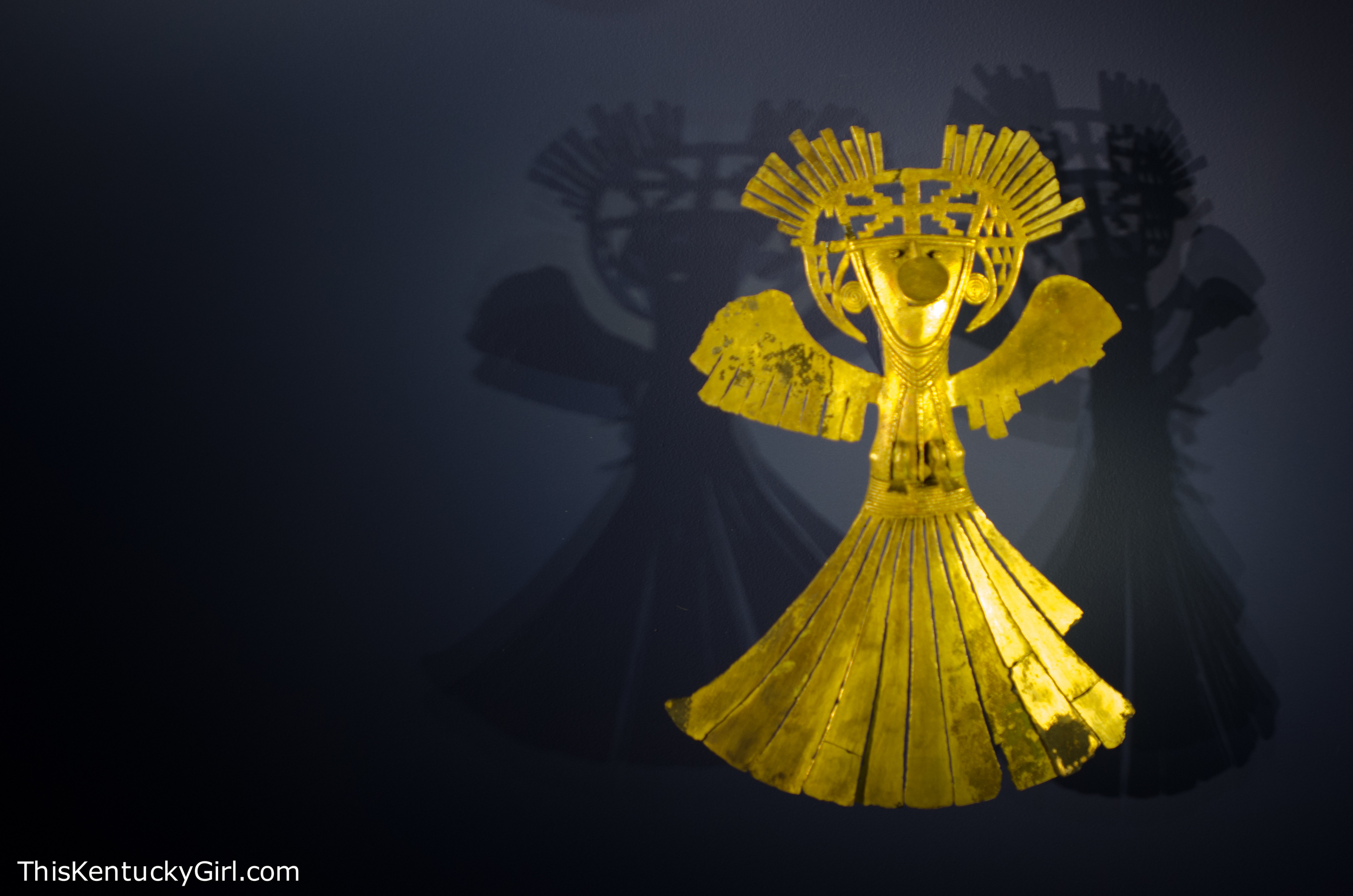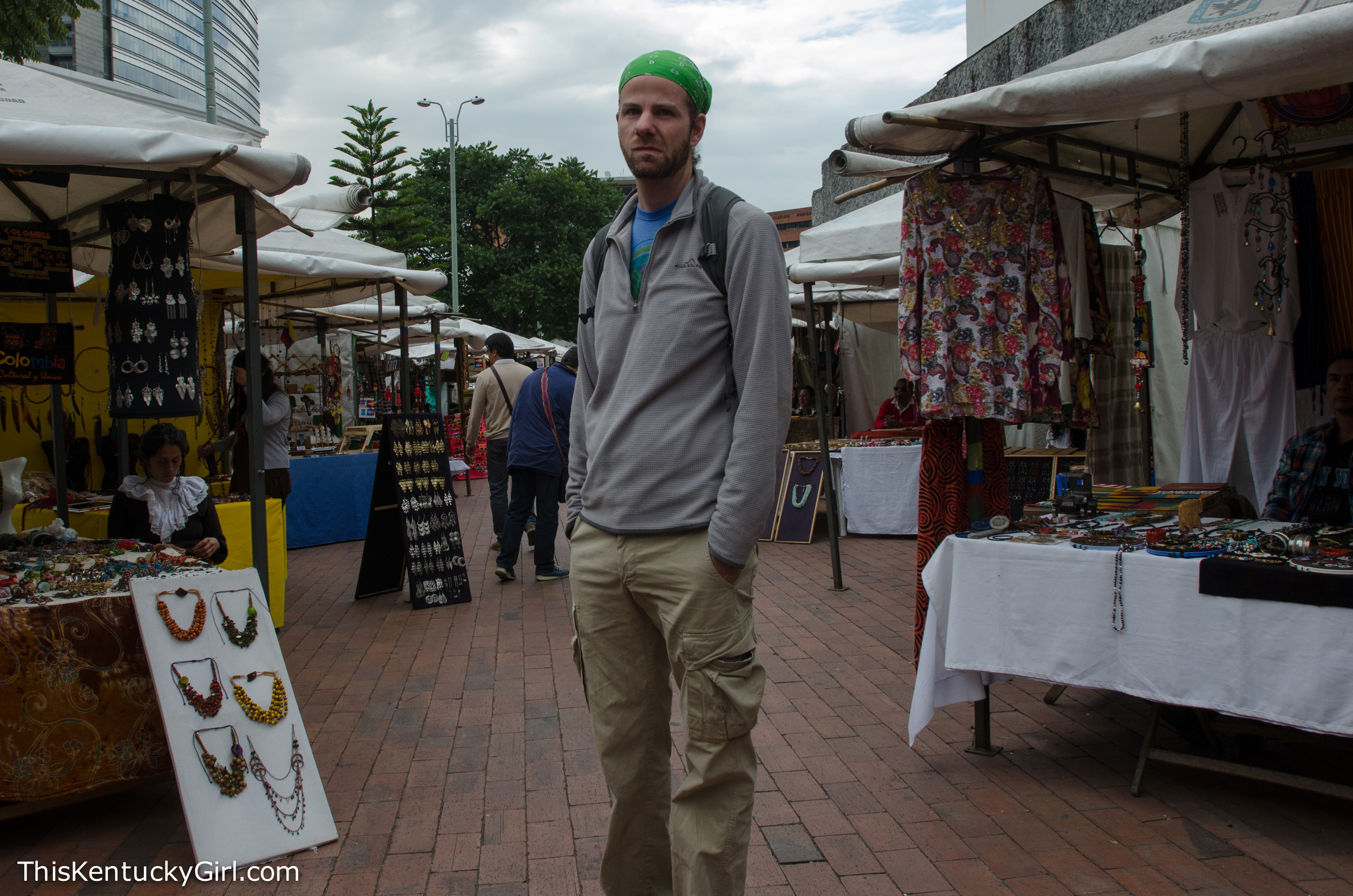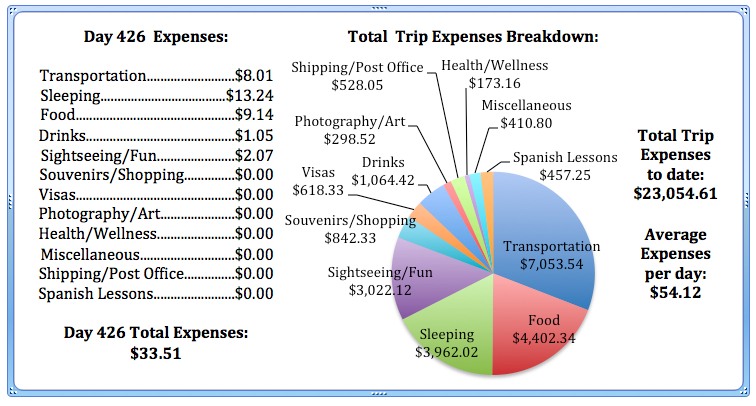I thought it would be easy. I've uprooted myself from America and moved to multiple countries without speaking the local language. More than once. I got jobs in Czech Republic and South Korea. Oppa Gangnam Style? Yea, I taught there. Not just in Seoul, but in Gangnam, the wealthiest area and most prestigious school district in all of Korea. I not only saved up enough money to go on a trip around the world, but I left Korea with the beginnings of a photography portfolio I was proud of, and a book deal!
Traveling around the world was no vacation, a realization my boyfriend/travel partner and I realized only a couple of weeks into our trip. We survived leeches in Northern Laos, a bus crash in Tanzania, too many 20+ hour bus-rides through Mozambique to count, lost luggage in Turkey, and sand flies in Peru. These were just a few of the many, many misadventures that of course, went hand in hand with even more awe-inspiring moments that I will never, ever forget. Aside from moving abroad (and then living outside of America for a number of years), draining my savings account to see the world with someone I love was the absolute best choice I've ever made.
And then we returned.
"Why?" Is a question I ask myself often.
We came back because while teaching English (especially in South Korea) is a lucrative, fun, and rewarding job, I knew it wasn't one that I wanted to turn into a career. Er, more of a career than I had for the previous six years. Our closest friends had already left, scattered around the world, back to where they came from. As much as I love Korea, being a female in the Korean workforce, in my personal experience, is how I envision the American workforce was in the 1950s. I learned a LOT from working in such a different culture, but I yearned for more equal footing and to do something I was more passionate about. I wanted to be closer to family after being away for so long. I wanted to have friends who wouldn't move once their contract was up. I wanted a home with a dog and maybe even my own art studio if I could be so lucky.
After fifteen months of travel, we spent the first two months visiting our families and catching up with old friends. And then, while it seemed like everyone else we knew were buying homes and/or having babies; we were without a home or jobs to call our own, and on an overnight Chinatown bus to New York City. Hopping on a bus with such few belongings and arriving in a new city felt normal, almost as if we had magically returned to our trip and were on a new adventure. Which may be why I still thought it would be easy. Easier, I should say, than anything I had accomplished abroad.
Unfortunately, our first year back has been anything but... easy.
We were no longer expats residing in Seoul. We weren't wanderlust travelers. We were Americans. Americans once removed. I felt like an immigrant in my own country.
Without an income, or a set of tax returns, we couldn't sign a lease for an apartment. Looking for employment was worse. Losing my best travel friend Leanne was as unexpected as it was devastating. While Andrew found a job, I found a therapist. After two months of subletting a postage stamp sized studio in Hells Kitchen- smaller than anything we resided in in Seoul, we were still without a home to call our own. We slept on a friend's futon while we continued to search for a one-bedroom in Brooklyn.
A month later I accepted a job offer. A month after that, we adopted a three month old 'houndadore' (a lab-hound mix) and named him Wallace.
Despite having an income again, a home, and some serious puppy love, being back stateside still has not been easy. I left Korea for more equal footing in the workplace and ended up at an Orthodox Jewish-run company in New York. The irony does not escape me.
We work, all the time. The disposable income we once had a plethora of in Seoul is nonexistent in New York. (Thanks, Rent.) And we wonder if we’ll ever have the close-knit friendships we had in Seoul or even while traveling. Friendships in New York are tough to maintain, especially when challenged by job offers on the opposite coast. I find myself on a never-ending quest to find a girlfriend who lives in Brooklyn, drinks beer, and eats bacon (sorry vegans, it’s not you, it’s just… your diet).
But we have a home. A dog. And while I don’t have a studio just yet, I do have a sewing nook - which is more than I ever had in Seoul, or in my backpack around the world.
“Do you think we’d like New York more if we hadn’t lived in Seoul… If we hadn’t been around the world?” Andrew asked, as we walked home one night.
Probably... Definitely.
I don’t love New York. But I’m not ready to stop trying to love it. At least, not yet.


